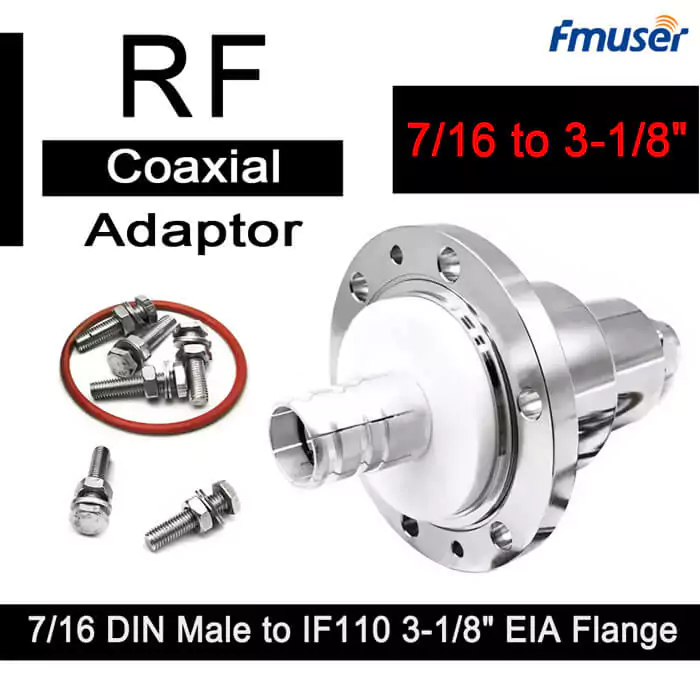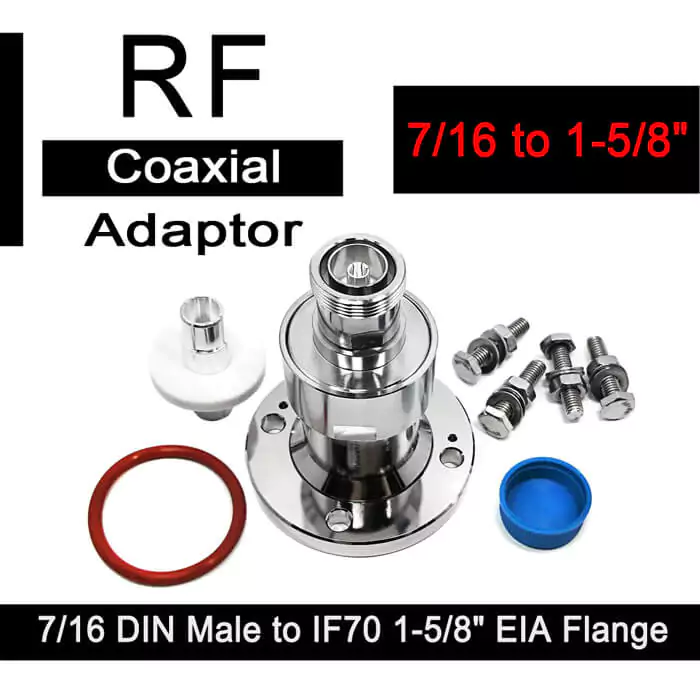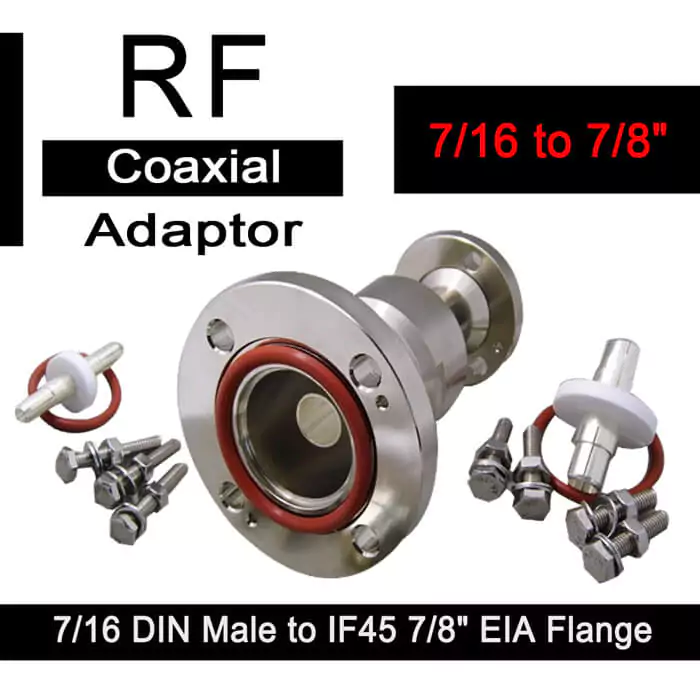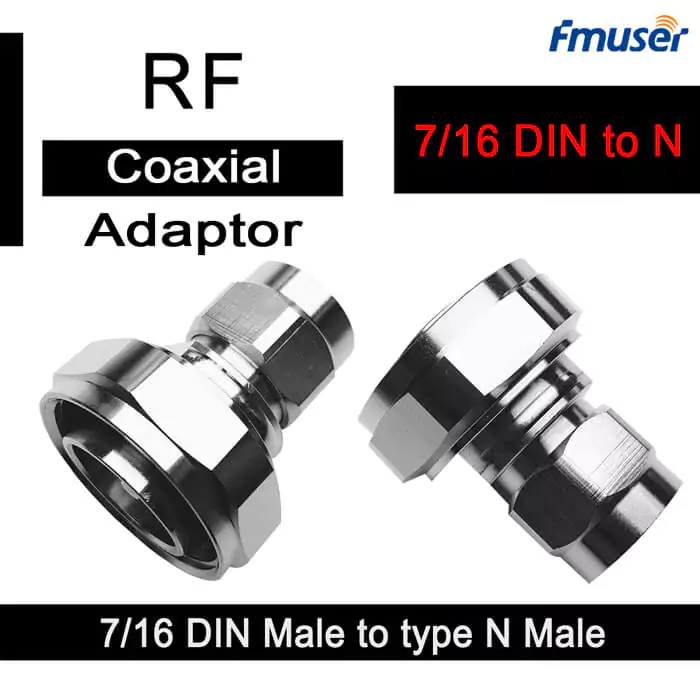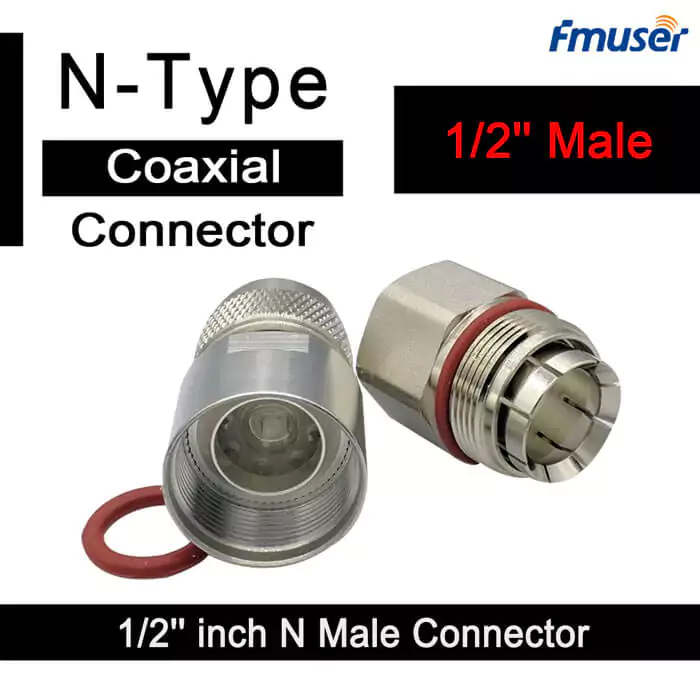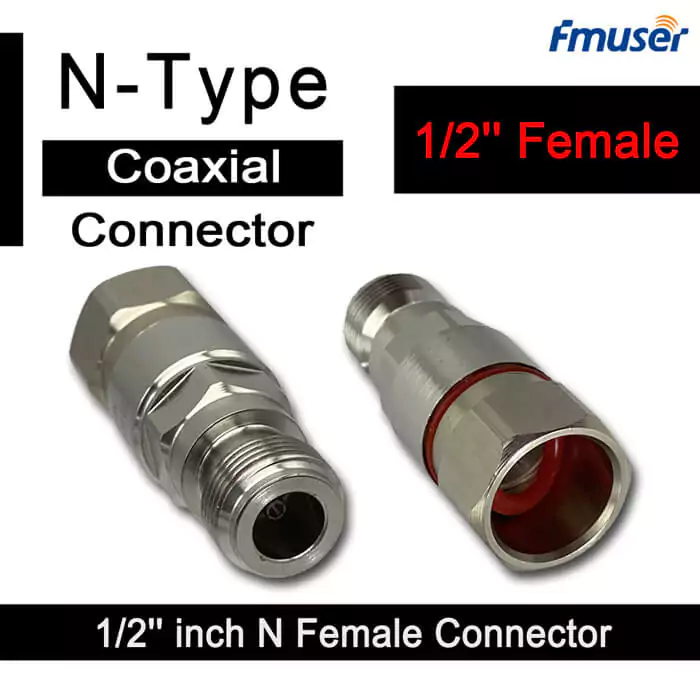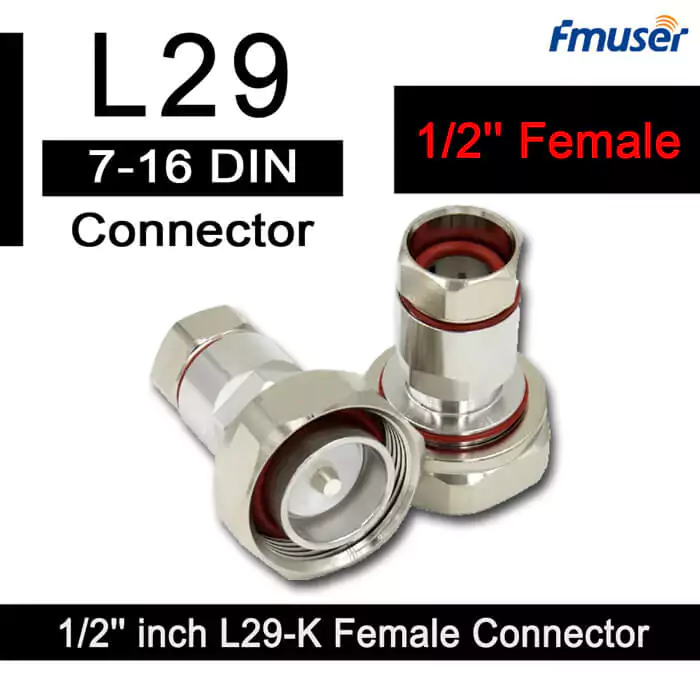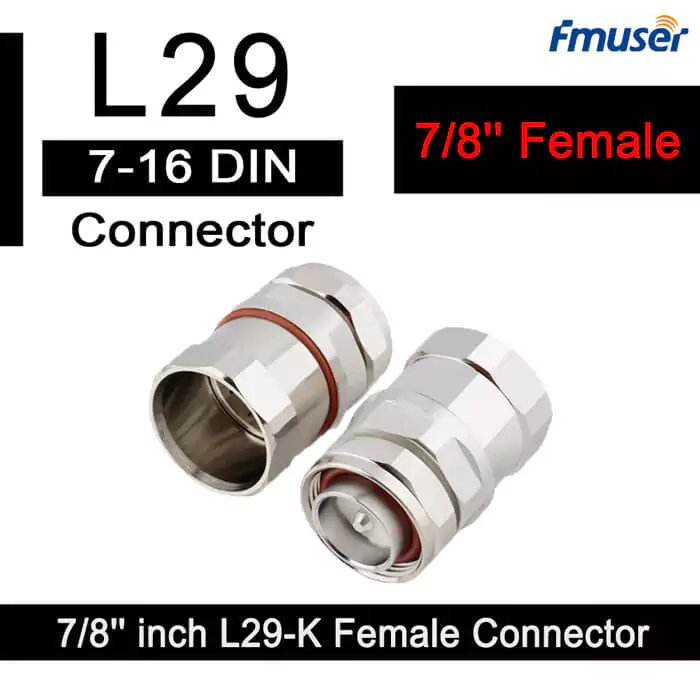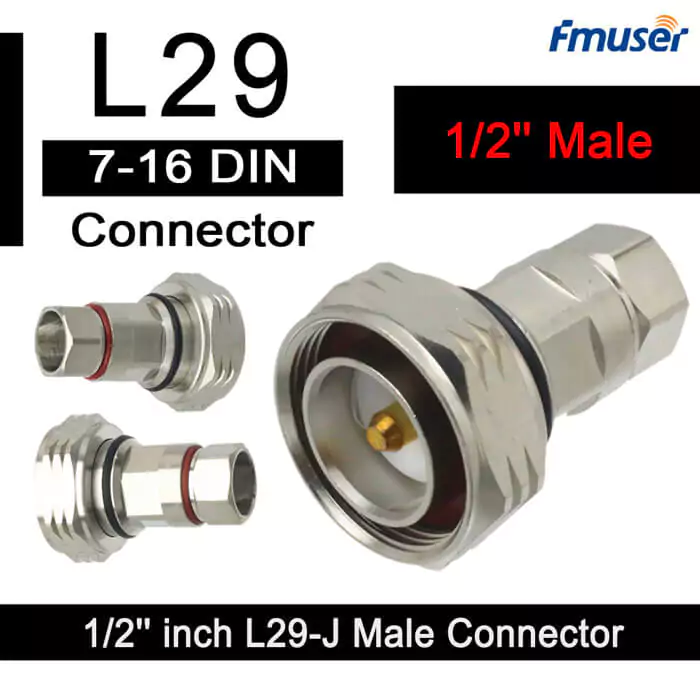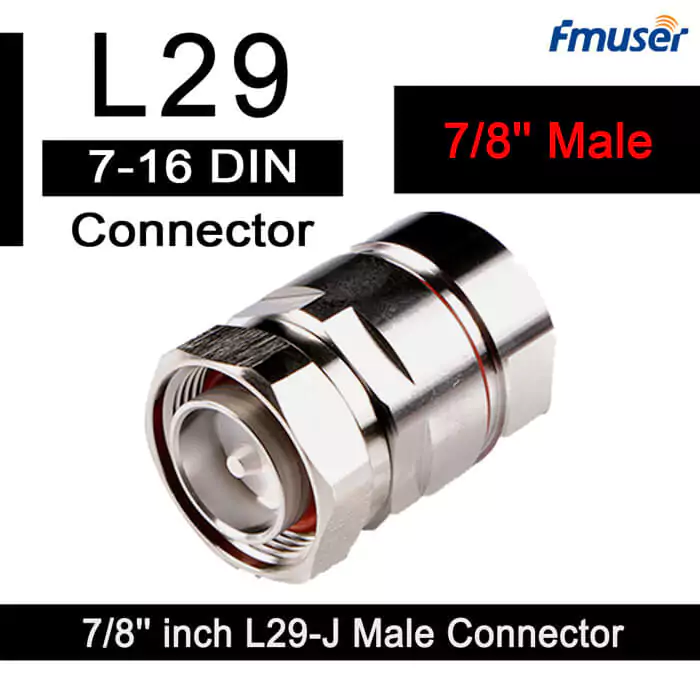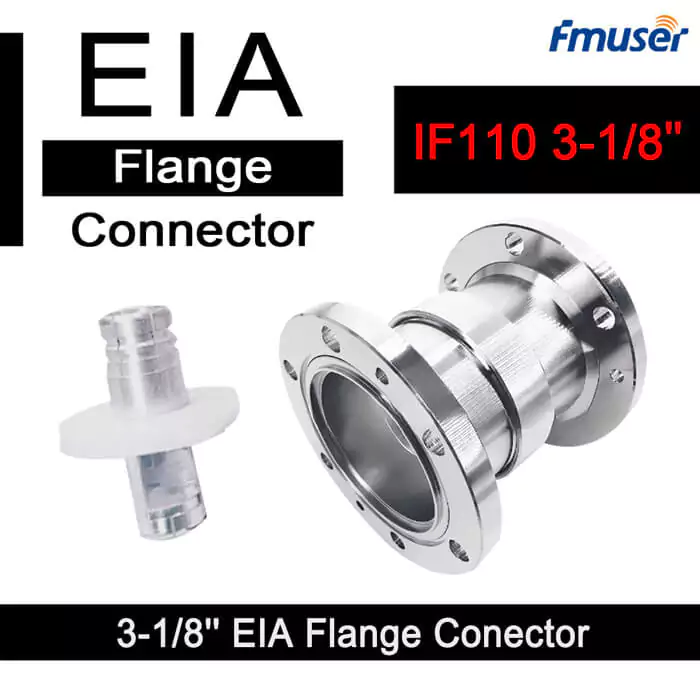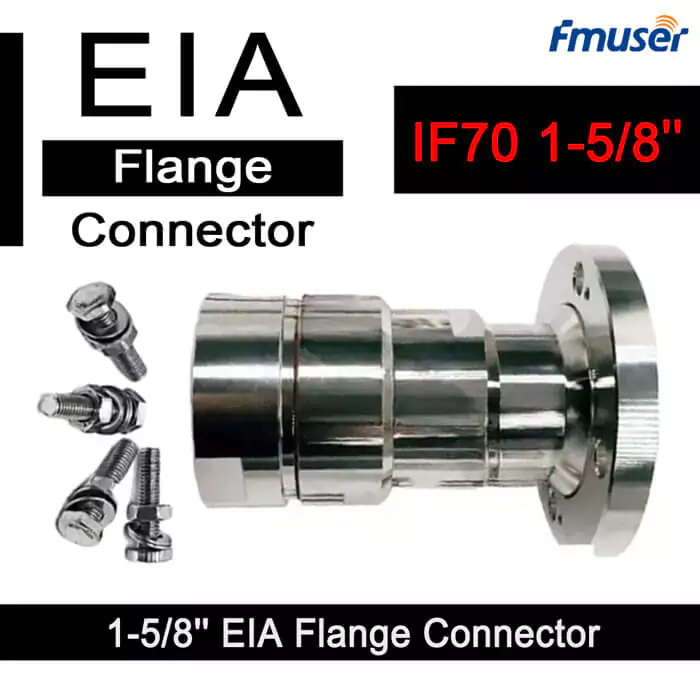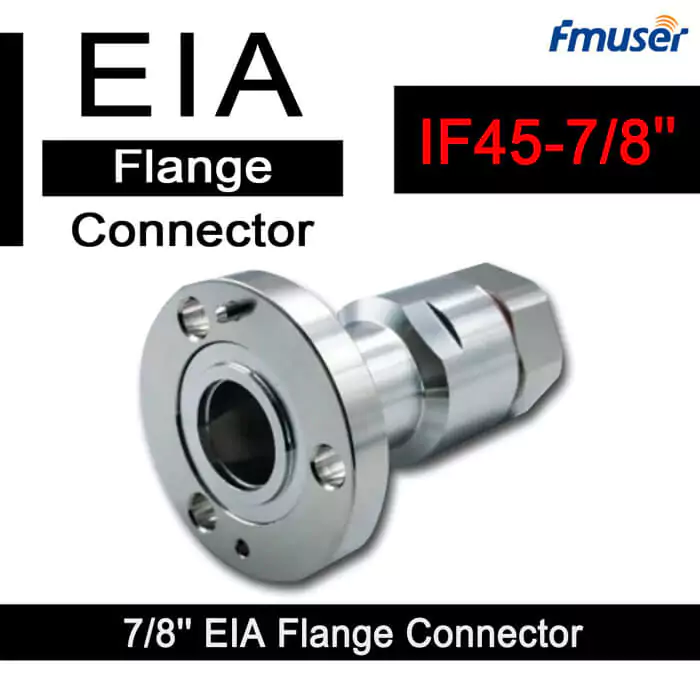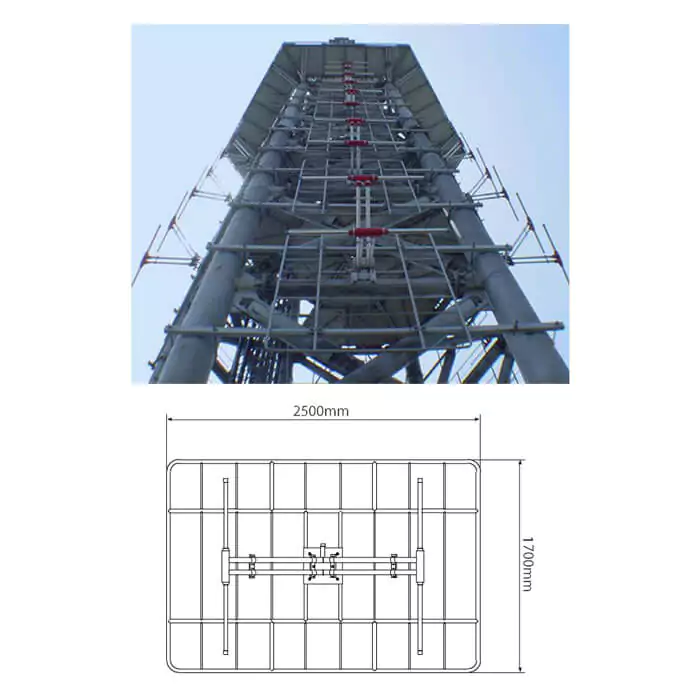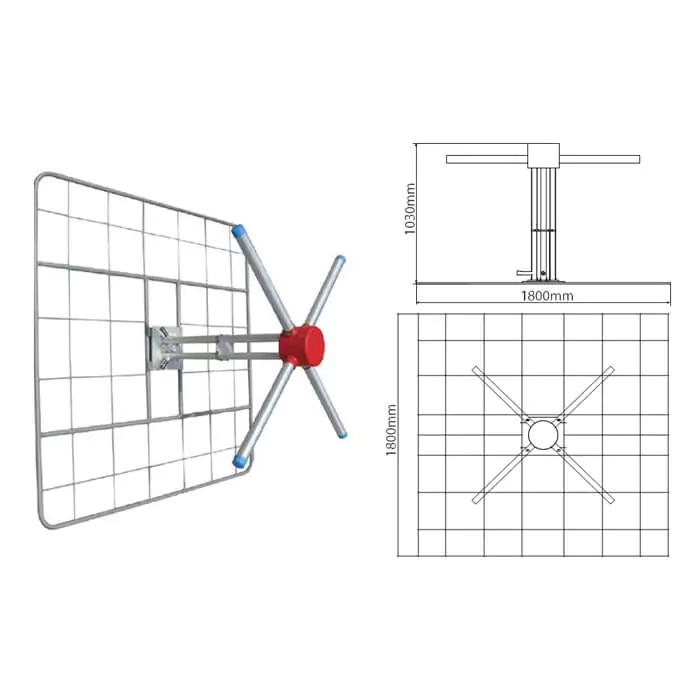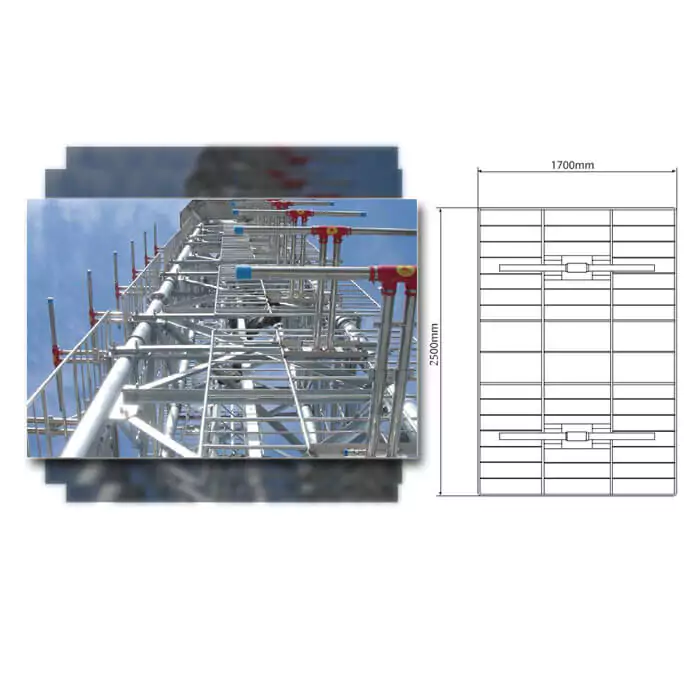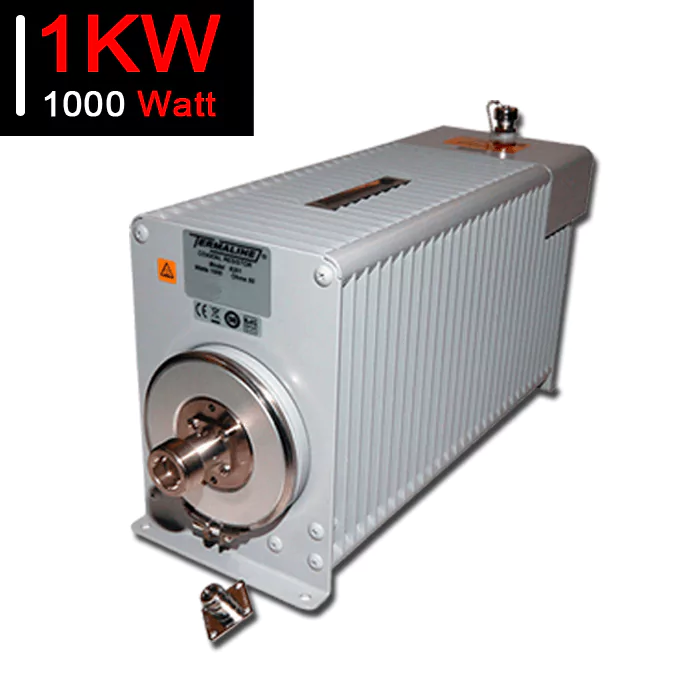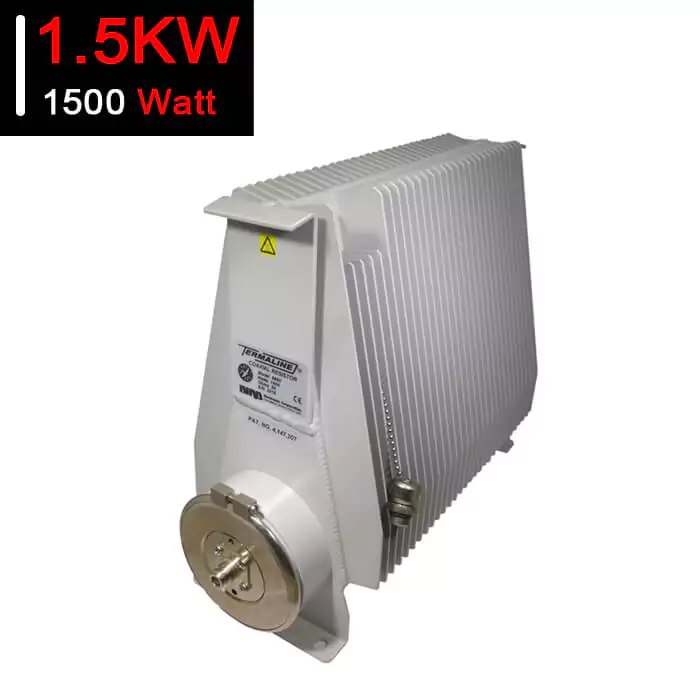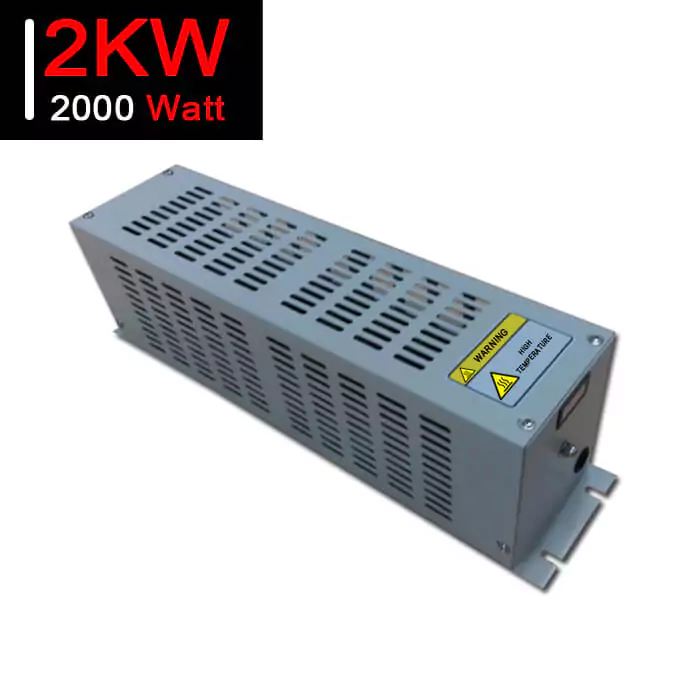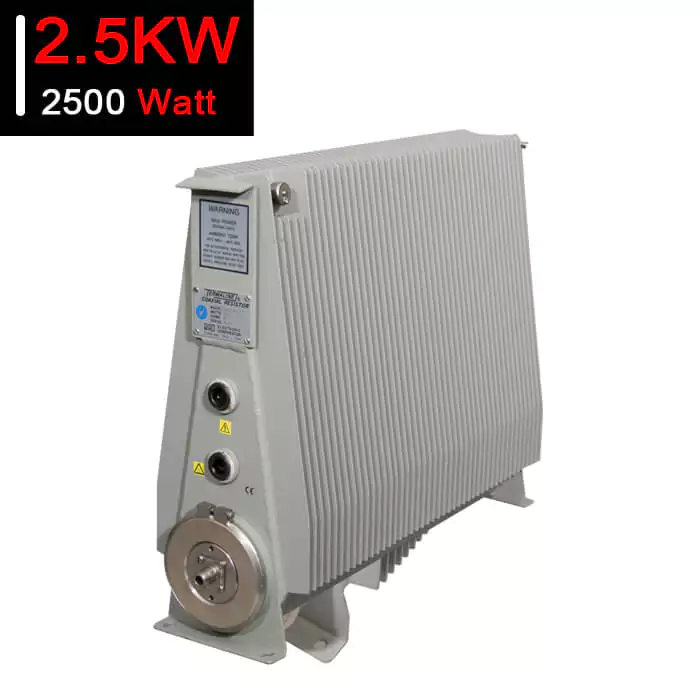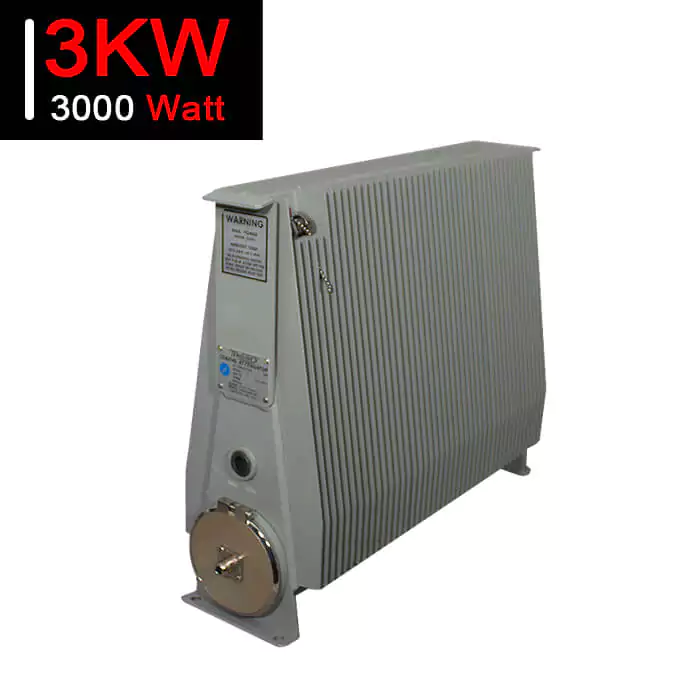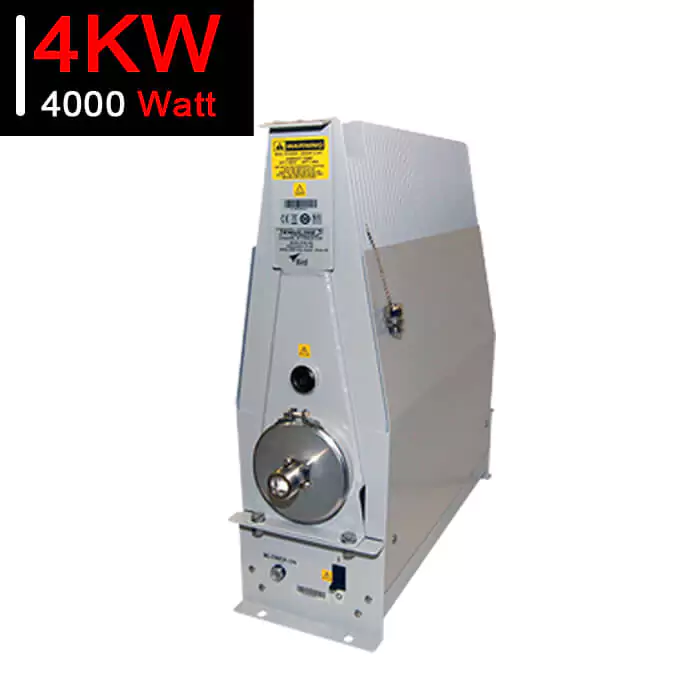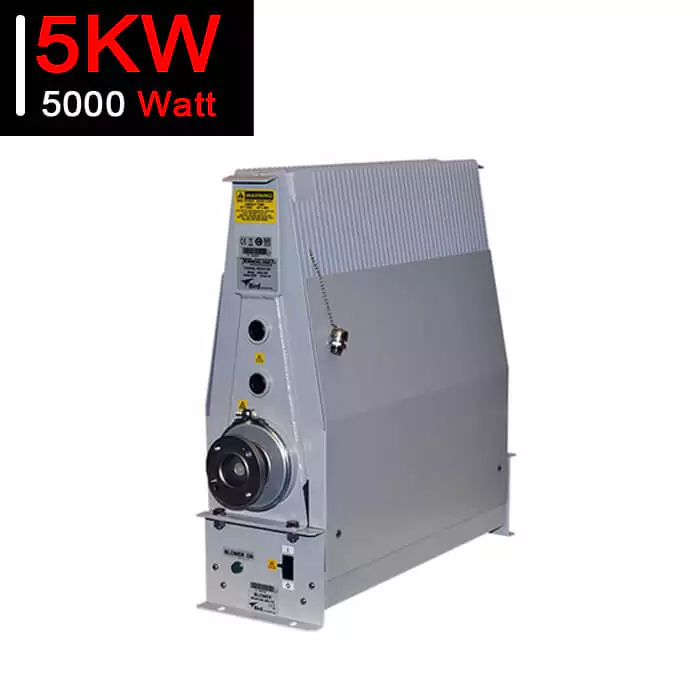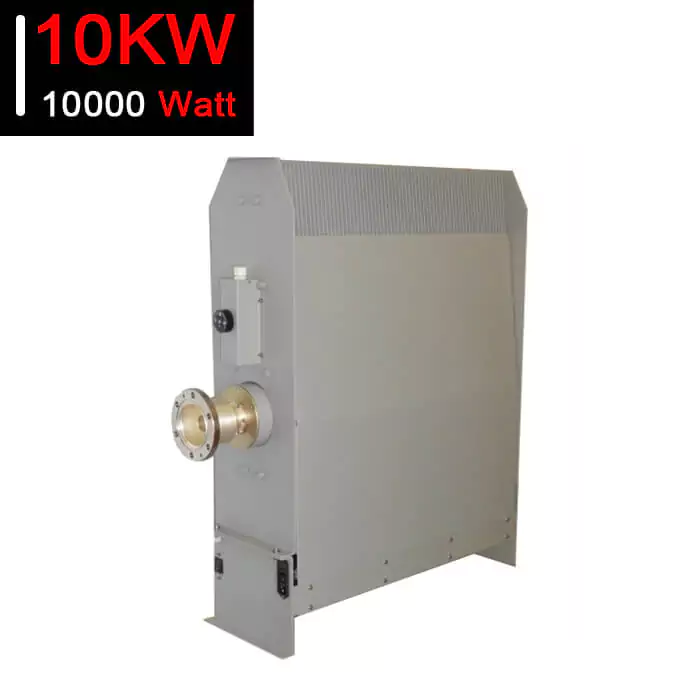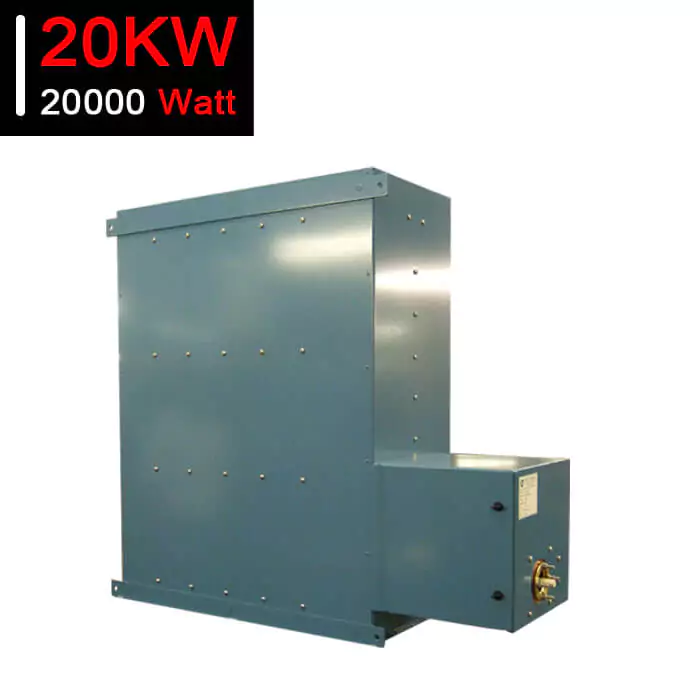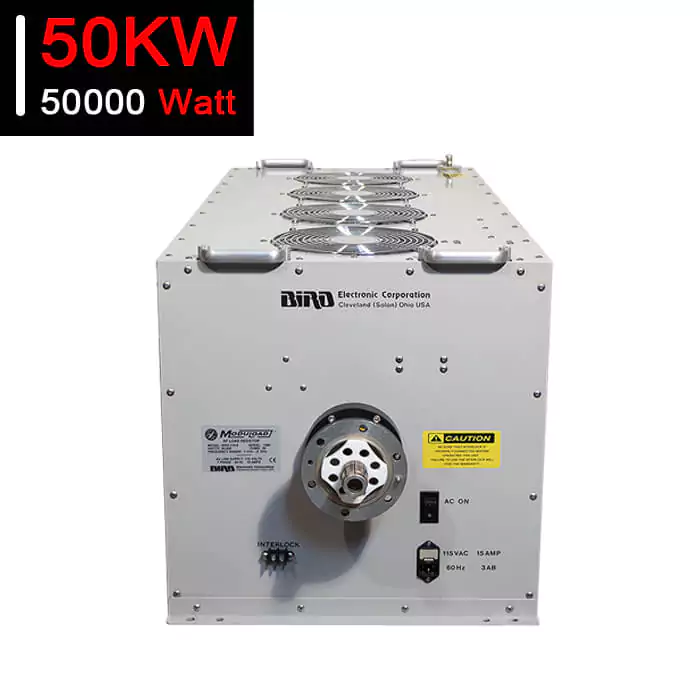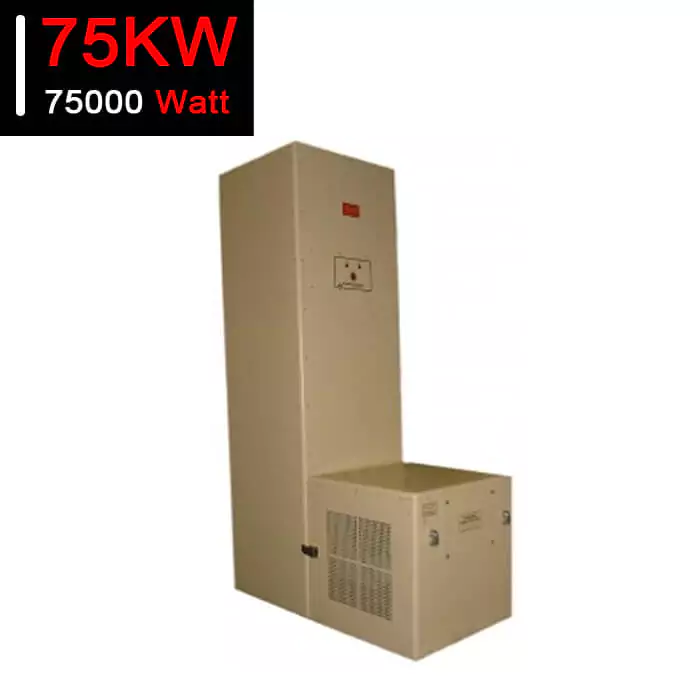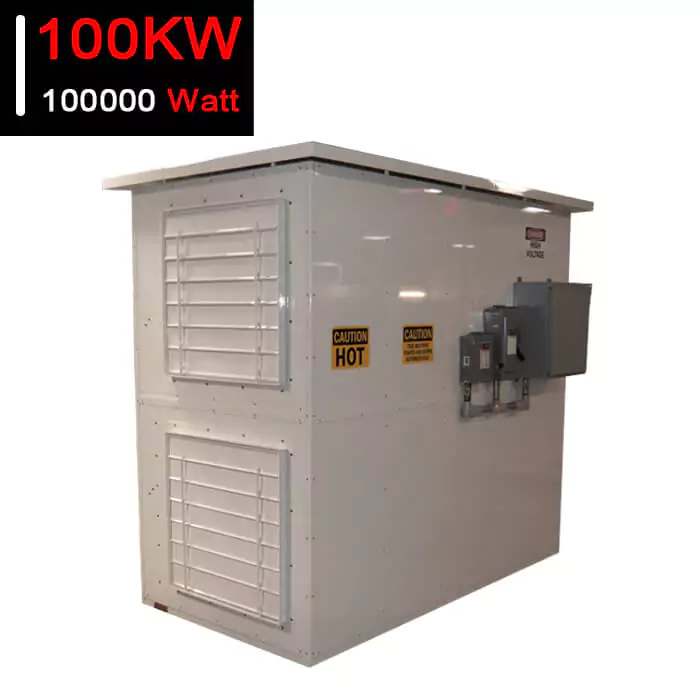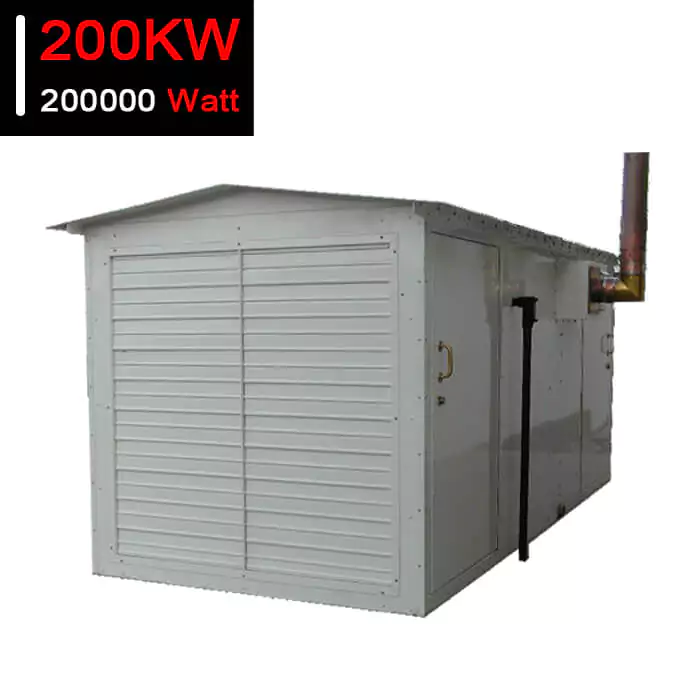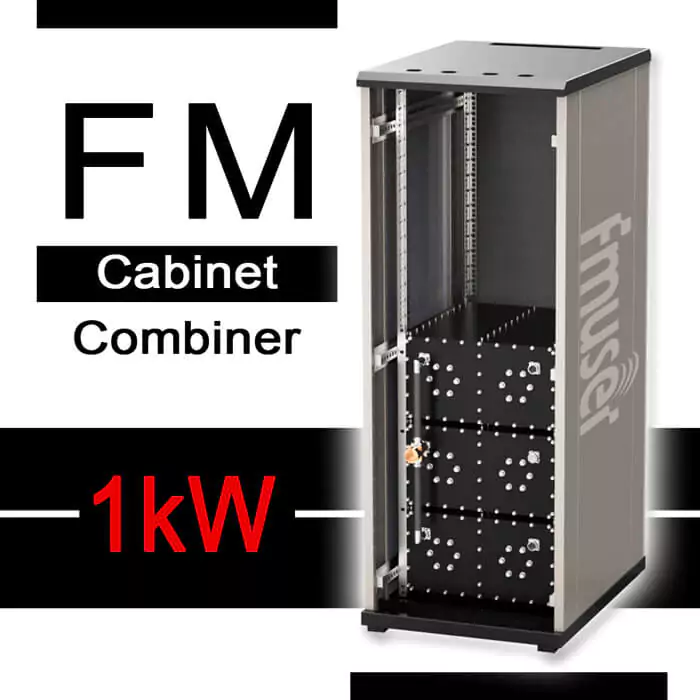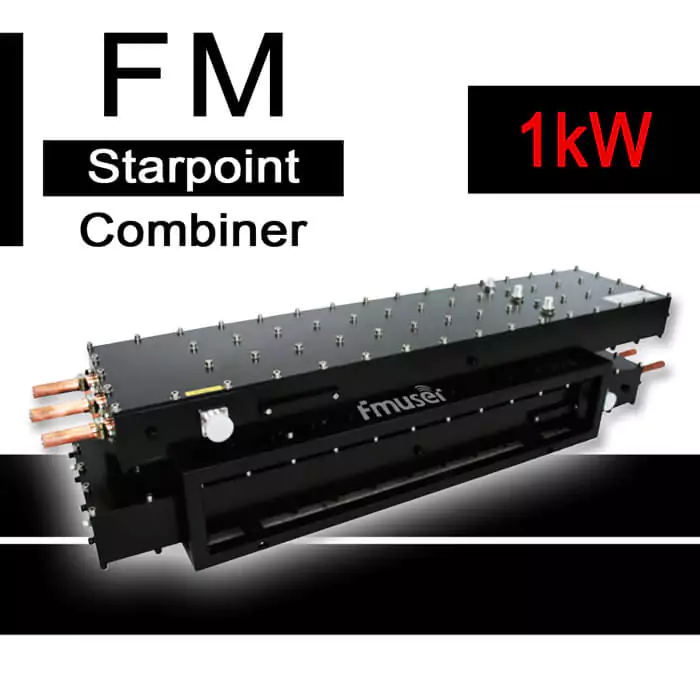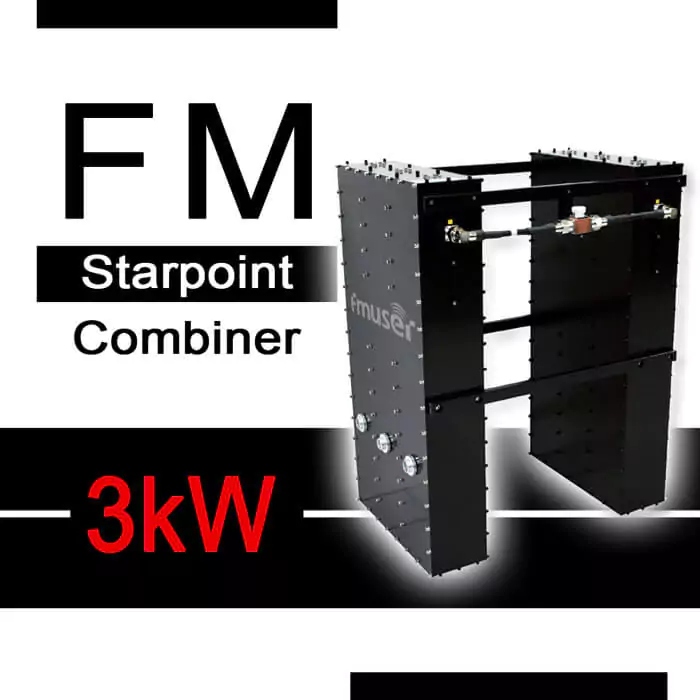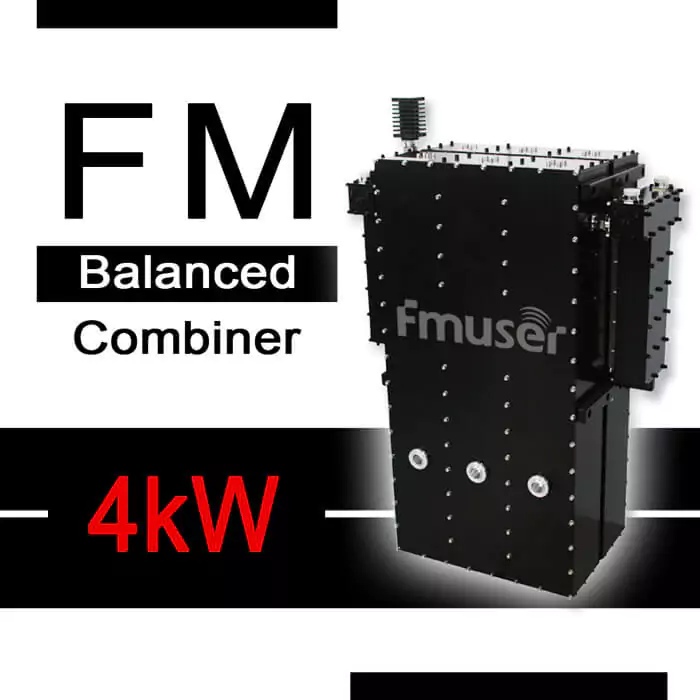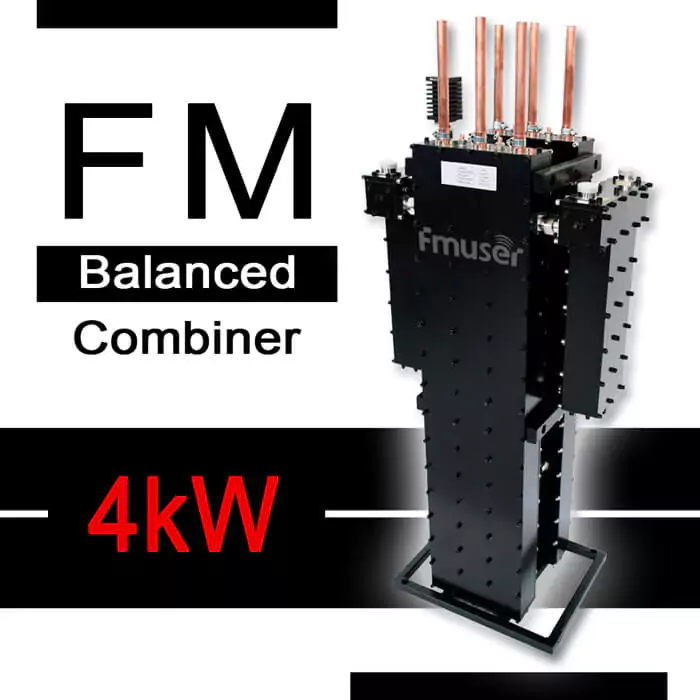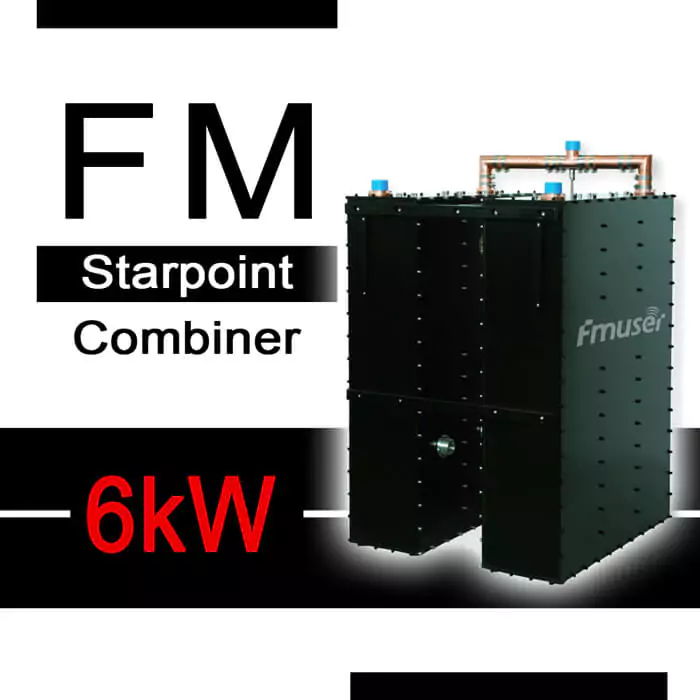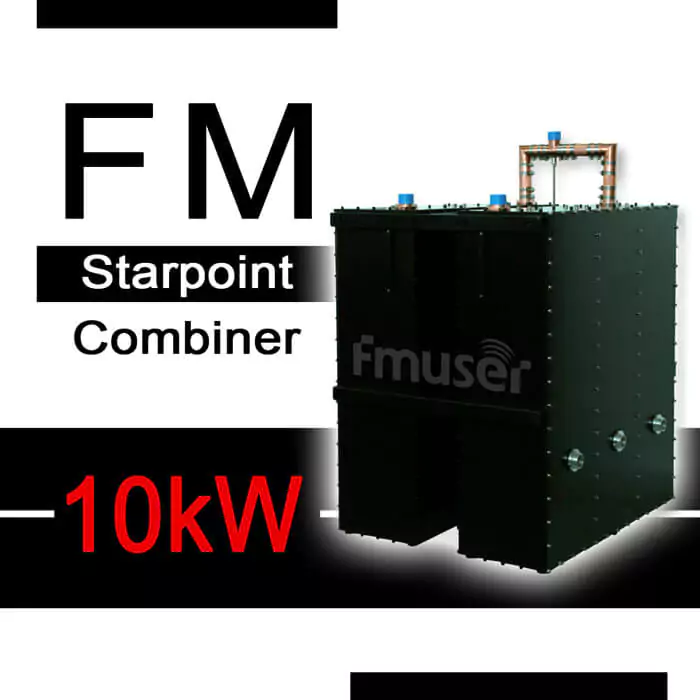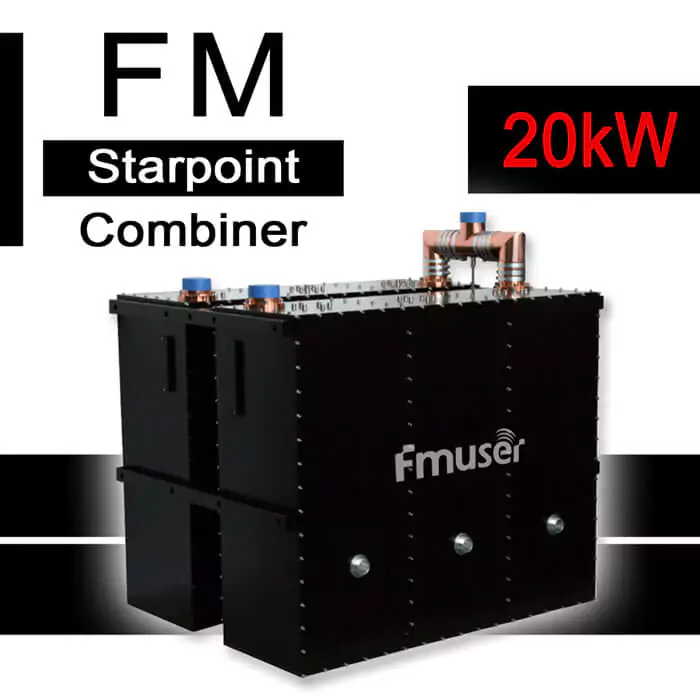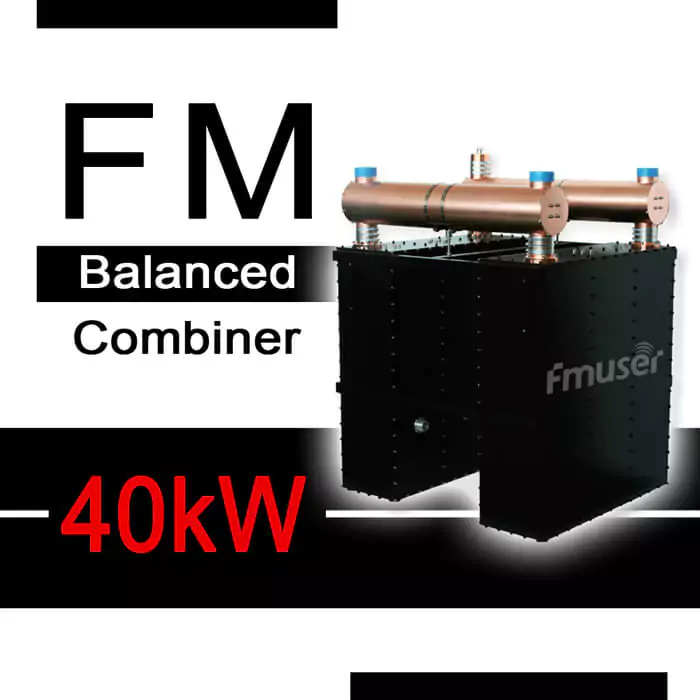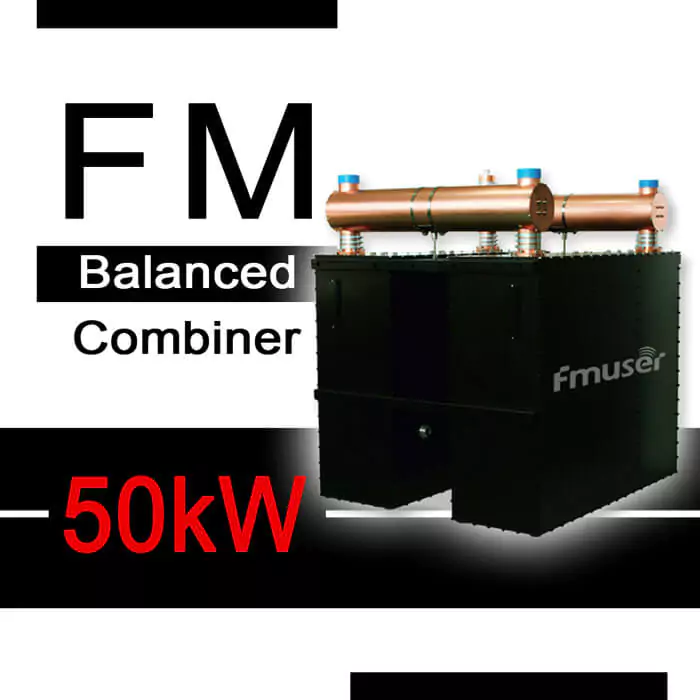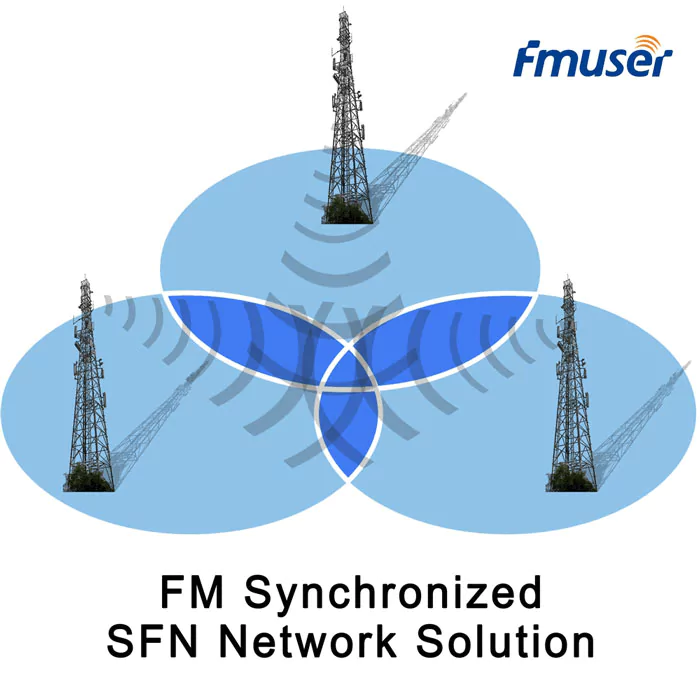
Hot tag
Popular search
How to Build Your FM Radio Station from Scratch: An Ultimate Startup Guide
From the moment I tuned into my first FM radio station as a teenager, I was captivated by the magic of the airwaves. It was a warm summer evening, and the soft melodies of a local indie band filled my room, creating an atmosphere that felt both intimate and expansive. As I listened, I realized that this was more than just music; it was a connection to my community, a window into the lives of artists and storytellers right in my own backyard. Fast forward to today, and I’m thrilled to share that FM radio remains as popular as ever. In fact, according to recent statistics, nearly 90% of Americans listen to radio each week, and local FM stations continue to be a vital source of entertainment, news, and community engagement.
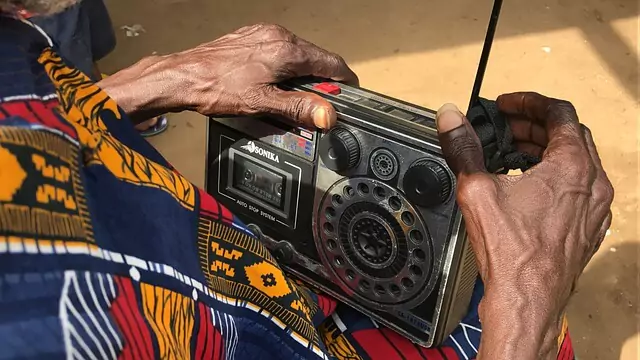
This guide aims to be your roadmap to building your own FM radio station from the ground up. Whether you’re a passionate music lover, an aspiring DJ, or a community advocate looking to amplify local voices, this comprehensive overview is designed to equip you with the knowledge and tools necessary to launch and operate your own FM station effectively. From understanding the basics of FM broadcasting to navigating legal requirements and creating engaging content, each section will provide step-by-step instructions to help you realize your dream of becoming a radio broadcaster.
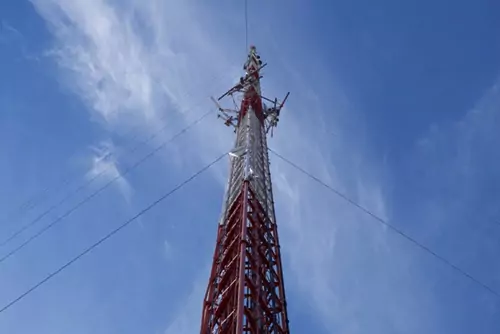
In recent years, there has been a remarkable resurgence of interest in local radio. As communities increasingly seek authentic connections and local narratives, FM radio has stepped back into the spotlight as a vital resource for fostering local culture, music, and news. In a world dominated by global media giants, local FM stations serve as crucial platforms for underrepresented voices and talent, providing listeners with unique content that reflects their community's identity. As listeners tune into their favorite local stations, they rediscover the joy of shared experiences—be it a local music festival, an important community meeting, or a candid conversation with a neighbor. This revival represents a golden opportunity for aspiring radio entrepreneurs to take part in a vibrant medium that not only entertains but also enriches communities and strengthens local ties.
Understanding FM Radio Station Better
An FM (Frequency Modulation) radio station is a broadcasting service that transmits audio content through radio waves, primarily using the frequency modulation technique.
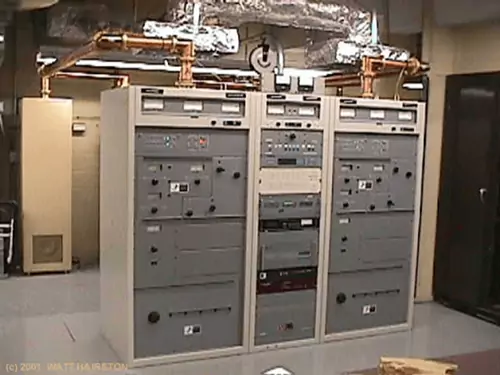
This method allows for clearer sound quality compared to its predecessor, AM (Amplitude Modulation), making FM the go-to choice for music, talk shows, and various other forms of audio entertainment. FM radio stations play a crucial role in modern life, especially in terms of accessibility, community engagement, and providing reliable information.
1. Enhancing Entertainment in Rural Areas
In many rural areas, particularly those with challenging terrains like mountains or deserts, access to high-speed internet can be limited or nonexistent, making FM radio stations a vital source of entertainment and information in these regions.
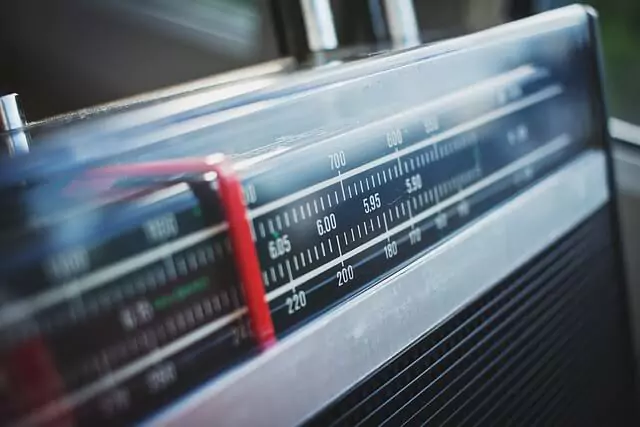
They offer residents the opportunity to enjoy music, local news, and cultural programming that reflects their interests and heritage, helping to bridge the entertainment gap and ensuring that even the most remote communities can stay connected to the broader world. The immediacy and simplicity of FM radio make it an invaluable resource for those who may lack access to television or online streaming platforms; with just a radio receiver, individuals can tune in to their favorite shows, participate in local contests, and enjoy a sense of community through shared listening experiences. This aspect of FM radio fosters cultural identity and keeps traditions alive, especially in areas where modern media may not penetrate.
2. Engaging in Emergency Broadcasting
Another critical function of FM radio stations is their role in emergency broadcasting, especially during times of crisis such as natural disasters, severe weather events, or public health emergencies, where FM radio serves as a reliable communication channel.
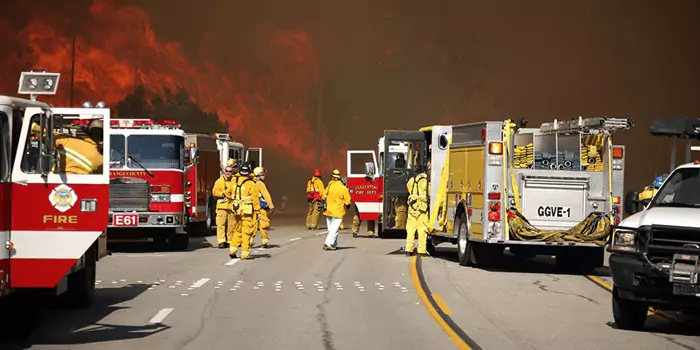
Many rural areas are particularly prone to isolation during these emergencies, making conventional communication methods like cell phones or the internet less effective. In such situations, FM radio stations can provide timely updates and important announcements from local authorities, ensuring that communities receive essential information about evacuation routes, safety protocols, and other critical alerts. The ability to reach a wide audience quickly through FM transmission is invaluable during emergencies, helping save lives and keep people informed.
3. Community Engagement and Cultural Connection
Beyond entertainment and emergency broadcasting, FM radio stations also play a vital role in community engagement and cultural preservation by providing a platform for local talent, events, and issues.

They encourage residents to voice their opinions and actively participate in shaping their community's narrative, fostering a sense of belonging and pride. By showcasing traditional music, folklore, and diverse cultural expressions, FM stations not only entertain but also help maintain local heritage, ensuring that the unique characteristics of the community are celebrated and preserved. This dual function enriches the cultural landscape and strengthens community ties.
4. Support for Local Artists
One of the hallmark benefits of FM radio stations is their dedication to promoting local talent. By featuring songs from regional musicians and highlighting performances,

FM radio stations help nurture the arts scene and provide artists with a platform to reach a wider audience. This support not only boosts local artists’ visibility but also enriches the cultural fabric of the community, allowing listeners to discover and appreciate homegrown talent.
5. Dissemination of Important Local News
FM radio stations play a crucial role in informing communities about pertinent issues, events, and emergency situations. From covering town hall meetings to broadcasting weather alerts, these stations ensure that listeners receive timely and relevant information that impacts their daily lives. This capability is especially vital in rural areas where access to information may be limited, helping residents stay informed and prepared for any situation.
Recommended Radio Station Equipment Package for You
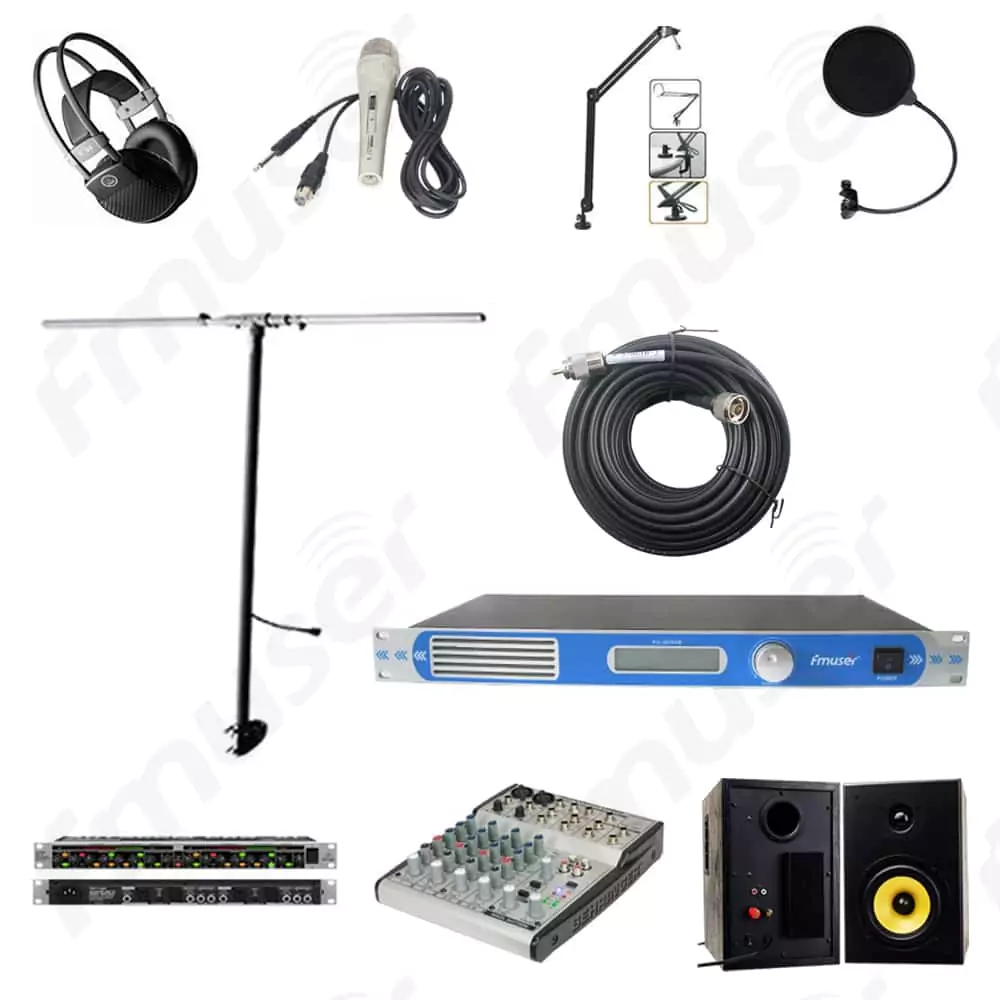 |
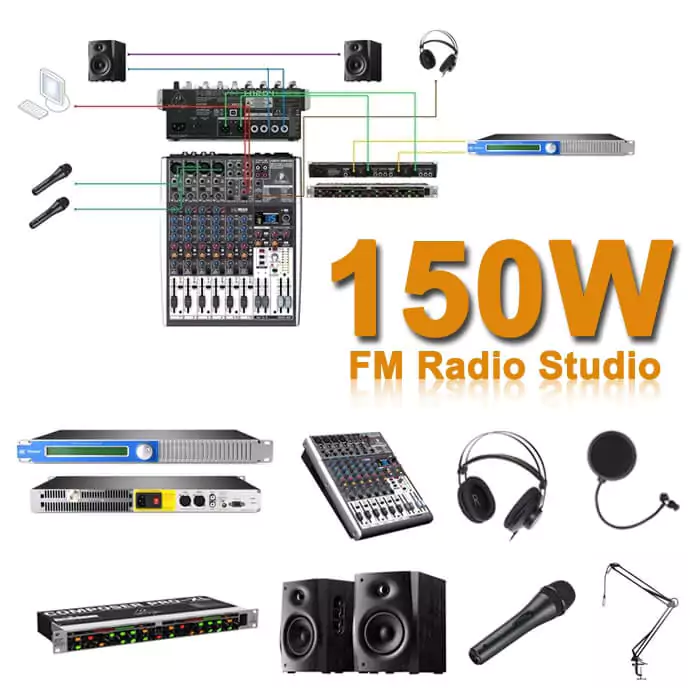 |
 |
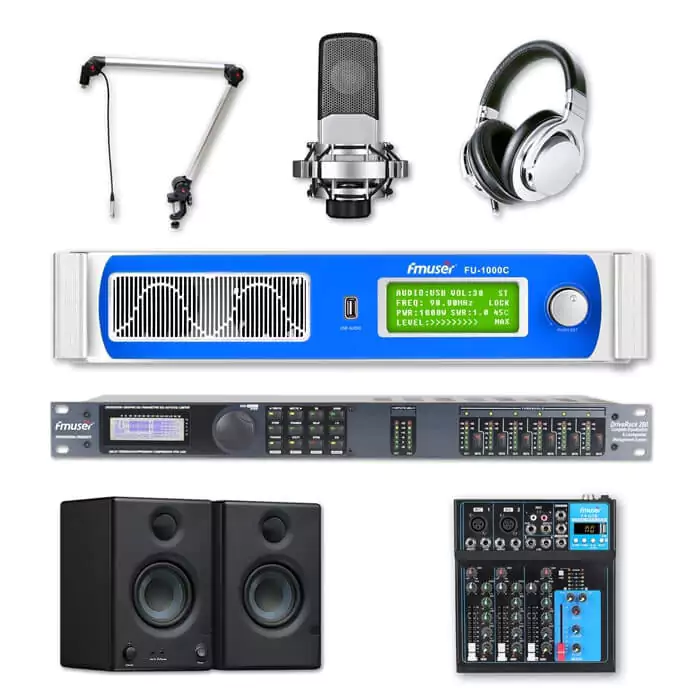 |
| 50W FM Station | 150W FM Station | BS1M 1kW (lower cost) | BS1M 1kW (PRO) |
Having Toubles in Station Setting? Ask Away!
Know Your Requirements Before Started
Before embarking on your journey to build an FM radio station, it’s essential to understand the specific requirements and considerations that will shape your venture. Here are the critical aspects to consider:
1. Define Your Purpose
The first step in determining your station's direction is to clearly define its purpose. Reflect on what type of FM station you want to create. Is it intended for a small church to share sermons and community events?

Will it serve a community to engage local residents and provide news updates? Perhaps you are planning a station for a special event, such as a festival or conference, to provide entertainment and information. Alternatively, you might be interested in establishing a home radio station for personal use or as a hobby. Understanding your purpose is crucial, as it will guide your decisions regarding the type of equipment you'll need and the overall scope of your broadcasting.
2. FM Radio License Requirements
Next, you must research whether you need an FM radio license in your area. Different regions have varying regulations regarding broadcasting, and some areas require a license to operate an FM station.
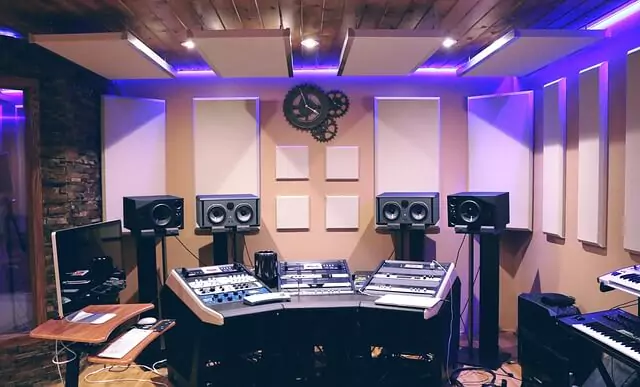
This is particularly true for higher-power broadcasts that aim to reach a larger audience. If you fail to secure the appropriate license, you could face legal challenges and the potential shutdown of your station. It’s advisable to consult your local regulatory body, such as the Federal Communications Commission (FCC) in the United States, to understand the specific licensing requirements and application processes applicable to your intended operations.
3. Budget Considerations
Establishing a clear budget is a crucial step in launching your FM radio station. Keep in mind that high-power FM stations often involve significant financial investments, which can include purchasing or leasing transmission equipment and constructing a professional studio. Begin by outlining your expected expenses.
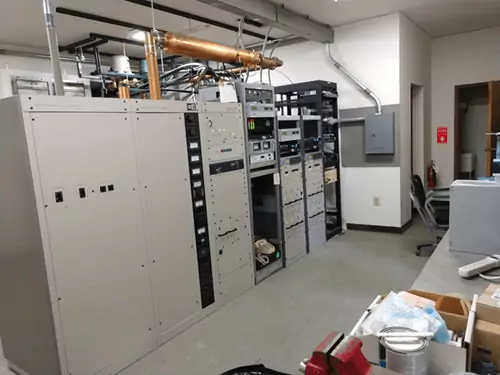
Transmission equipment, including antennas, transmitters, and broadcast consoles, can be quite costly. Additionally, you'll need to invest in studio equipment, such as high-quality microphones, mixers, and audio processing software, which are essential for delivering professional sound quality. Besides the equipment, consider the costs associated with setting up your studio, including soundproofing materials, furniture, and aesthetic elements for your on-air space. If you require a dedicated transmission site, budget for leasing land or renting space as well. Lastly, don’t overlook miscellaneous costs—these may cover marketing efforts, securing music rights, and ongoing operational expenses, all of which are vital for a successful launch.
4. Revenue Generation Opportunites
Exploring diverse revenue streams is essential for the financial viability of an FM radio station, with several key avenues available for income generation. Advertising is a primary source, where stations sell airtime to local businesses targeting specific audiences, supplemented by sponsorships for events or programming that foster community engagement.
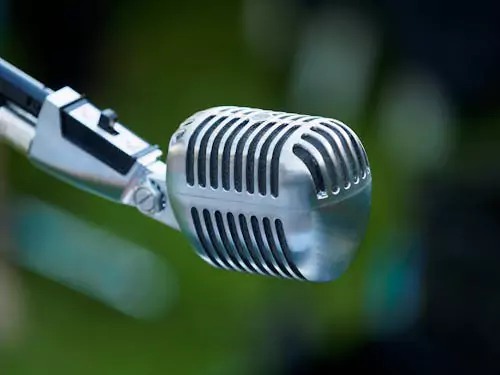
Non-commercial stations can adopt membership models or solicit donations to cultivate a sense of ownership among listeners. Additionally, merchandising branded apparel and promotional items can boost revenue and brand loyalty. Organizing events like live concerts and community gatherings can further enhance revenue while strengthening audience connections, creating a diverse financial portfolio that supports the station's sustainability and growth.
5. Funding Options for Aspiring Radio Station Owners
Aspiring radio station owners can explore various funding options, each with distinct advantages and challenges, making it crucial to identify the best fit for their vision. Personal savings allow for full control but risk personal financial loss if the venture fails.

Traditional bank loans can provide substantial capital but require a solid business plan and collateral. Crowdfunding platforms like Kickstarter or GoFundMe can raise funds while marketing the station, and grants from organizations like the Corporation for Public Broadcasting can support non-profit initiatives. Additionally, forming sponsorships with local businesses can generate funds and advertising visibility, while seeking investor funding can offer necessary capital in exchange for equity or future profit shares.
6. Target Audience
Understanding your target audience is another critical component of building your FM station. Knowing who you are broadcasting to will influence your programming decisions, marketing strategies, and advertising efforts.
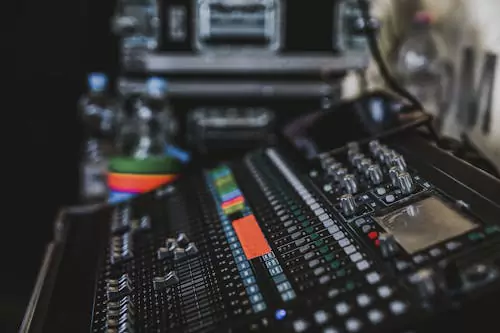
Conduct thorough market research to gather demographic data and listener preferences. Engaging with potential listeners can provide valuable insights that help tailor your station's content and branding, ensuring it resonates with the community you aim to serve.
7. Technical Knowledge
Assess your technical proficiency and the need for expertise in broadcasting. Do you have the skills to operate broadcasting equipment, or will you need to hire experienced staff?
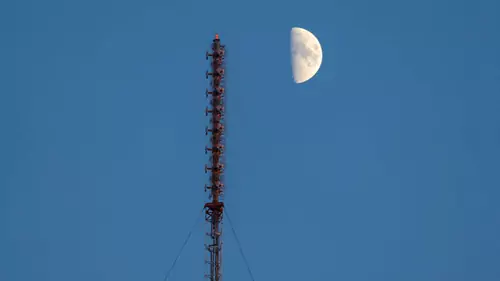
If you lack technical knowledge, consider seeking partnerships with local universities or radio clubs that can offer support and guidance. This collaboration can provide you with valuable insights and resources, ensuring that your station operates smoothly.
8. Community Support
Gauge the level of community interest and support for your FM station. Engaging with local residents is essential for assessing their interest in a new FM station and gathering feedback on programming ideas.

Community involvement can lead to valuable volunteer opportunities and potential sponsorships, enhancing your station's sustainability and strengthening its role within the community.
9. Compliance with Local Regulations
Finally, understand local zoning laws and regulations that may affect your broadcasting operations. Check if your chosen location for the transmitter and studio complies with zoning laws and land use regulations.
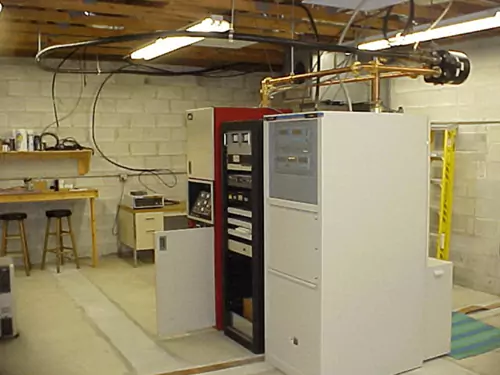
Ensuring compliance is crucial to avoid fines and interruptions in your broadcasting activities, allowing you to operate smoothly and focus on delivering quality content to your audience.
Having Toubles in Station Setting? Ask Away!
How to Choose Low Power FM Radio Station Equipment?
Low-power FM (LPFM) stations typically operate at a power range of 100 watts or less, allowing coverage of a radius of approximately 3 to 10 miles, depending on terrain and environmental conditions. This format is ideal for individuals or small groups aiming to serve their local communities without the complexities associated with larger broadcasting operations. For aspiring broadcasters, especially in underdeveloped regions with limited resources, identifying the necessary tools for effectively operating a low-power FM radio station is essential.
A typical list of essential equipment commonly used in setting up a basic LPFM station are:
1. Low power FM transmitters
Low Power FM (LPFM) transmitters are specialized radio broadcasting devices that operate at a lower power output compared to traditional FM transmitters.
* FMUSER FU-15A 15W FM Transmitter for Drive-in Church & Theater
Typically, LPFM transmitters have an output power ranging from 10 to 100 watts, allowing them to cover a radius of about 3 to 10 miles, depending on the terrain and frequency band used.
1) Typical Transmitter Output Power
- 0.5W FM transmitter: Ideal for very localized transmission, covering approximately 1/4 mile (400 meters).
- 7W FM transmitter: Suitable for small communities with a coverage radius of about 1-2 miles (1.6-3.2 kilometers).
- 15W FM transmitter: Offers a wider coverage area, typically around 2-3 miles (3.2-4.8 kilometers).
- 25W FM transmitter: Good for larger towns or cities, covering around 3-5 miles (4.8-8 kilometers).
- 50W FM transmitter: Maximum output for LPFM, providing coverage up to 5-10 miles (8-16 kilometers) depending on terrain and environmental factors.
2) Key Features
- Compact Size: LPFM transmitters are usually small and portable, making them easy to set up in various locations.
- Affordability: Due to their low power and simpler technology, LPFM transmitters are generally more affordable than high-power FM broadcast equipment.
- Ease of Use: Many LPFM transmitters come with user-friendly interfaces, allowing non-technical users to operate them with minimal training.
- Flexibility: They can be easily relocated, making them ideal for temporary broadcasting needs or outreach events.
- Low Bandwidth: LPFM broadcasts typically require less bandwidth, making them suitable for localized broadcasting without interference from larger stations.
3) Typical Applications
- Drive-in Churches: They allow congregations to listen to services from their vehicles, providing a safe and convenient way to participate in worship.
- Drive-in Theaters: These transmitters enable moviegoers to listen to soundtracks directly through their car radios, enhancing the outdoor cinema experience.
- Community Events: Local events such as fairs, festivals, and parades can utilize LPFM transmitters to provide real-time updates and entertainment to attendees.
- Emergency Broadcasts: In rural or underserved areas, LPFM transmitters can serve as a vital communication tool during emergencies, delivering essential information to local communities.
- Educational Institutions: Schools and colleges can use LPFM for broadcasting student-led programs, news, and events to the surrounding community.
4) Broadcasting Utilization
In these applications, broadcasters use LPFM transmitters to create a localized broadcast experience. For instance, in a drive-in church scenario, the pastor can deliver sermons directly to the audience's car radios, allowing for an immersive experience while maintaining social distancing. Event organizers at a drive-in theater can transmit movie audio, ensuring that attendees enjoy clear sound without needing external speakers. This level of accessibility and community engagement makes LPFM transmitters an invaluable resource for many local broadcasters.
Recommended Low Power FM Transmitters for You
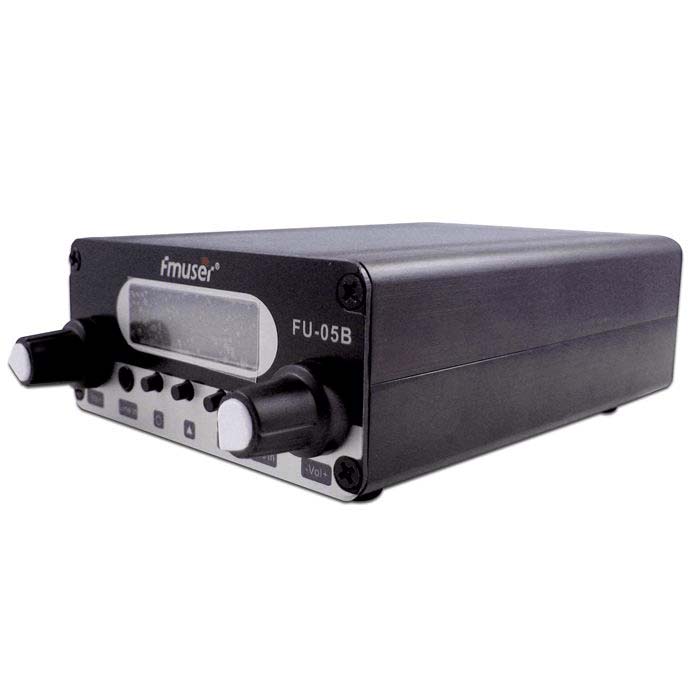 |
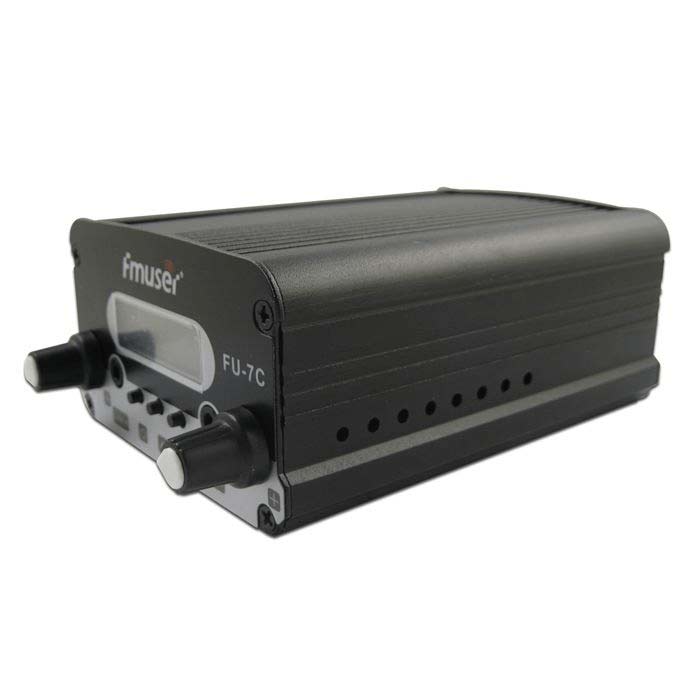 |
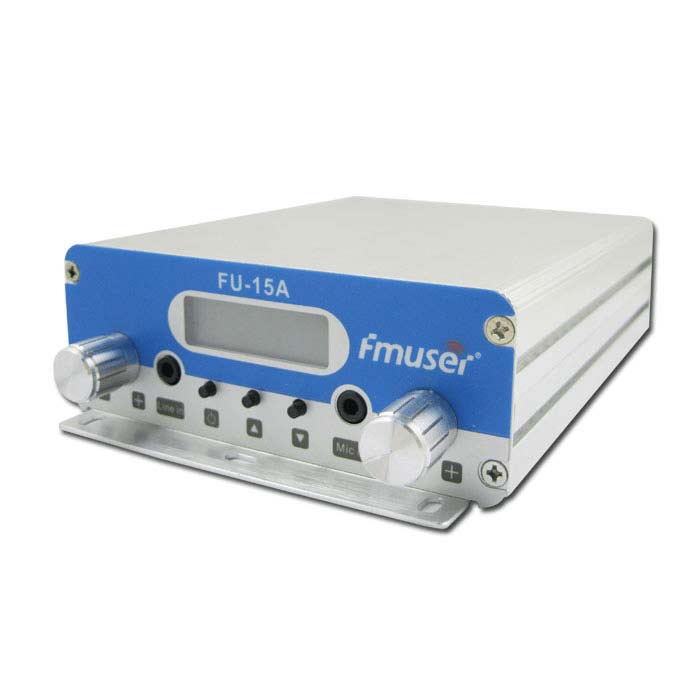 |
| FU05B 0.5W FX TX | FU7C 7W FM TX | FU15A 15W FM TX |
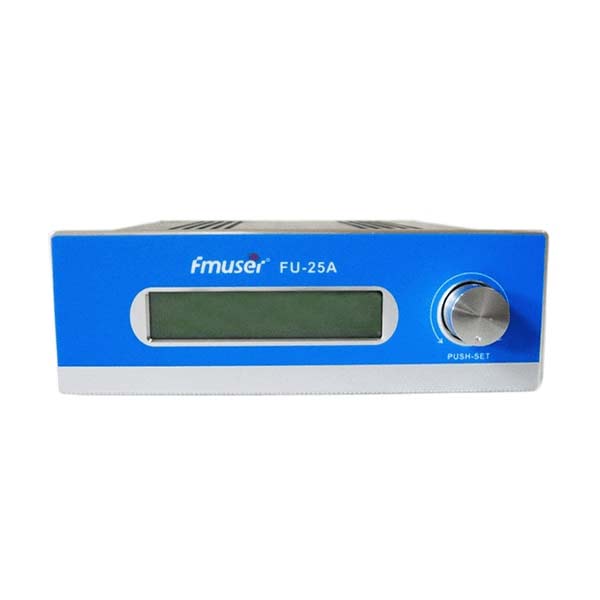 |
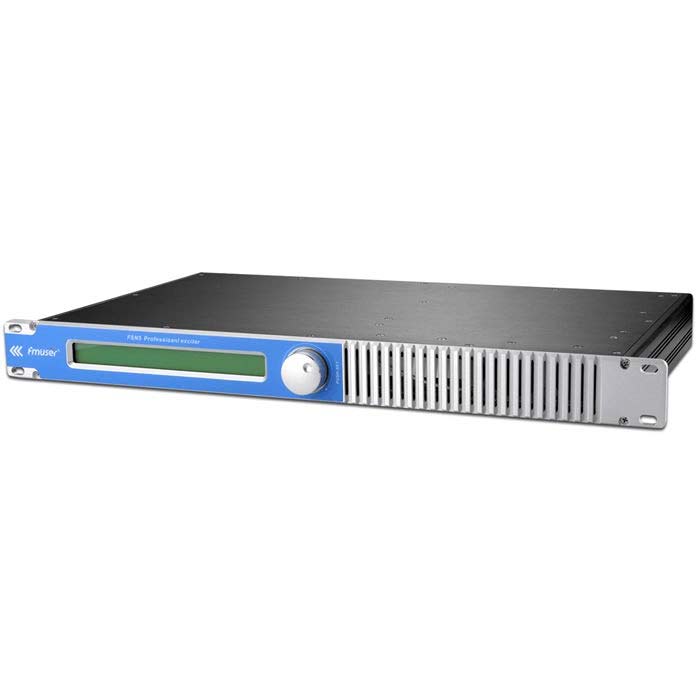 |
 |
| FU25A 25W FM TX | FMT5 50W FM TX | FU50B 50W FM TX |
Having Toubles in Station Setting? Ask Away!
2. Low Power FM Transmitter Antenna
Essential for effective transmission, some typical types include:
- Omnidirectional Antenna: Broadcasting equally in all directions; compatible with all low power transmitters.
- Directional Antenna: Targets specific areas, useful for maximizing coverage in desired directions.
- Dipole Antenna: Effective for lower wattage transmitters; easy to install.
- Vertical Antenna: Good coverage with low power output, particularly in urban settings.
- Antenna Installation Pole (Optional): A simple pole provides elevation for antennas needing independent mounting, enhancing coverage and minimizing interference.
Recommended Low Power FM Transmitters for You
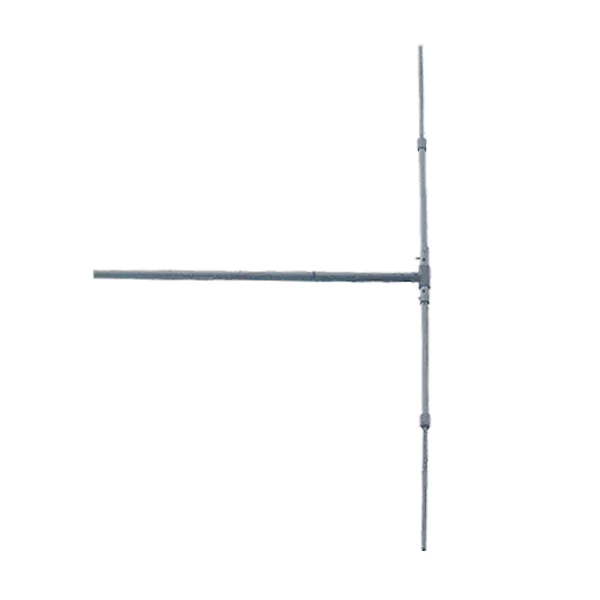 |
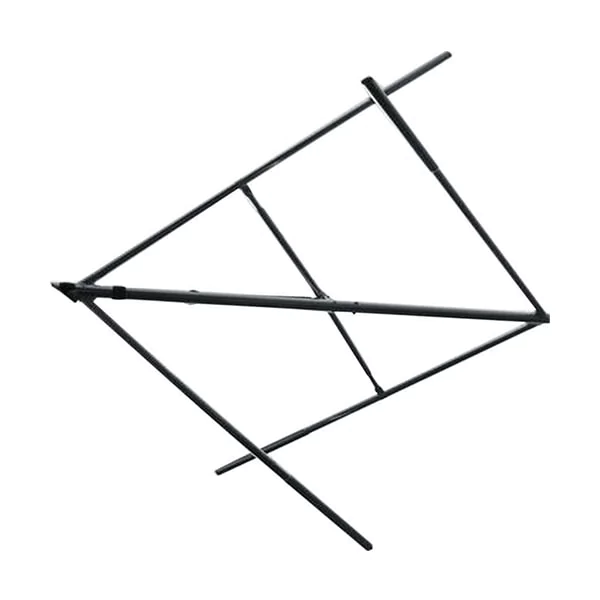 |
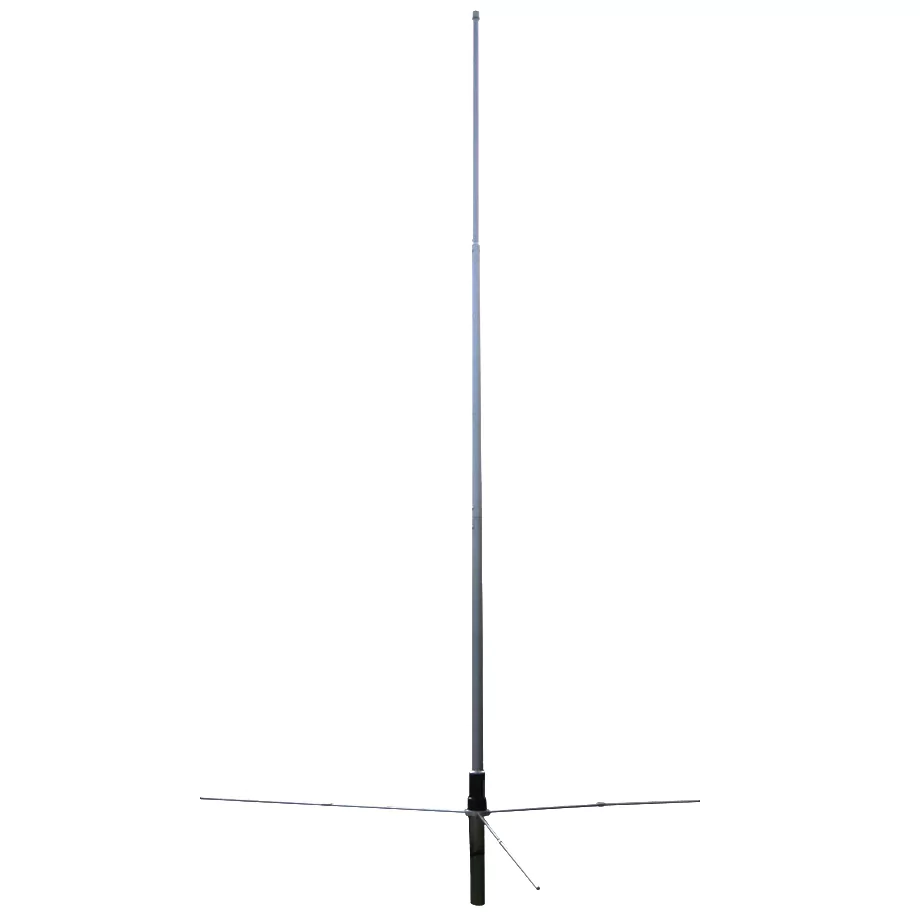 |
| DP100 1/2 Half Wave Dipole Ant | CP100 Circularly Polarized Ant | GP200 1/2 Wave Ground Plane Ant |
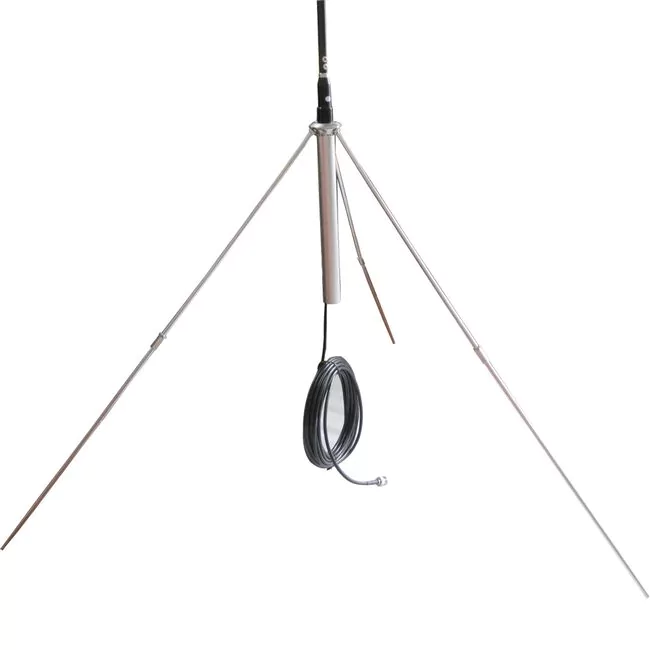 |
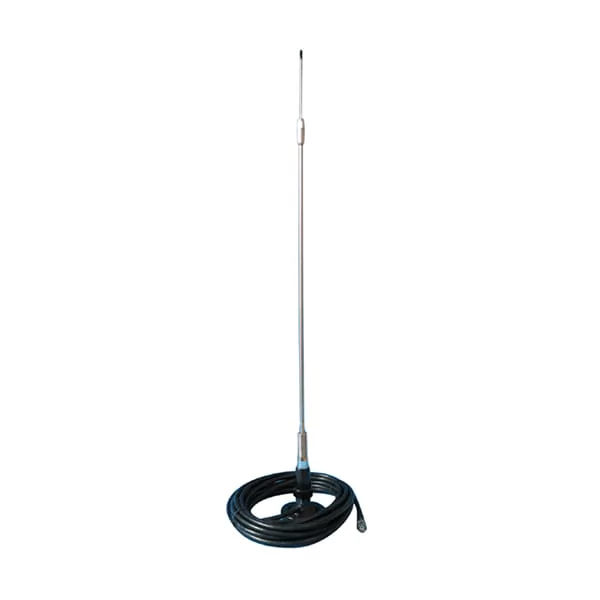 |
|
| GP100 1/4 Wave Ground Plane Ant | CA200 Car Radio Ant |
Having Toubles in Station Setting? Ask Away!
3. Low power cables & accessories
- Cables: For a low power FM radio station, the primary cable used is the 50-Ohm coaxial cable, which is essential for connecting the transmitter to the antenna; popular types include RG-8, RG-213, and LMR-400. Additionally, an antenna feedline may be required to connect antennas that have different specifications.
- Connectors: Coax Connectors are crucial for establishing solid connections in your setup. N-type connectors are commonly used for RF applications, while PL-259 connectors are popular in amateur radio environments. You may also require SO-239 connectors, which serve as jacks for the PL-259, and BNC connectors for shorter connections and test equipment.
- Adapters: To ensure compatibility between different connectors, various adapters will be necessary. An N to PL-259 adapter can help connect different types of connectors, and you may also need various coaxial adapters depending on the specific connectors used in your setup.
- Antenna Components: When it comes to antenna components, you'll need antenna mounting hardware, including brackets, clamps, and bolts, to secure the antenna to a mast or pole. An antenna feedpoint transformer is important for matching impedance between the antenna and feedline, while a grounding rod and ground wire are essential for grounding the antenna system to reduce static and enhance safety.
- Accessories: Essential accessories for your radio station include a lightning arrestor to protect your equipment from lightning strikes and an antenna tuner to help adjust the SWR (Standing Wave Ratio) for optimal performance. A reliable power supply is critical for ensuring a stable power source, particularly for portable units, while rack mounts or shelving can help organize and secure your equipment. Additionally, cable strippers and crimpers are useful for preparing and attaching connectors to coaxial cables, and heat shrink tubing can provide insulation and weatherproofing for your connections. Depending on your setup, you may also need RF isolators or splitters.
- Optional Components: Optional components can enhance your setup, such as a rubber duck antenna for portable low-power FM stations or an independent FM antenna for improved efficiency and range. A signal analyzer or SWR meter can be invaluable for tuning and optimizing your transmission setup.
Recommended RF Coax Connectors for You
Having Toubles in Station Setting? Ask Away!
How to Choose Medium Power FM Radio Station Equipment?
Medium-power FM radio stations typically operate at a power range of 100 watts to 2 kilowatt (2000 watts), allowing for coverage areas of approximately 10 to 30 miles, depending on the terrain, antenna height, and atmospheric conditions. These stations are ideal for community organizations with some experience in broadcasting, often consisting of small teams of 6 to 8 people who collaborate to deliver quality programming and engage with their local audiences. Selecting the right equipment for a medium power FM radio station is crucial for ensuring optimal broadcast quality and operational efficiency.
A typical medium power FM radio station equipment list includes:
- Medium Power FM Transmitters
- Medium Power FM Transmitter Antennas
- Medium Power Antenna Splitter
- STL Link (Studio to Transmitter Link)
- Feeder Cable
- Dummy Load
1. Medium Power FM Transmitters
Medium Power FM (MPFM) transmitters typically operate with output power ranging from 100 watts to 2 kilowatts. These transmitters strike a balance between low power, which is limited in coverage, and high power, which can be complex and costly. MPFM transmitters are designed to serve local or regional broadcasting needs, providing a reliable audio signal over a larger coverage area than low power alternatives.
1) Typical Transmitter Output Power
- 100W FM transmitter: Suitable for smaller markets, providing coverage of approximately 10-15 miles (16-24 kilometers).
- 150W FM transmitter: A step up, covering around 15-20 miles (24-32 kilometers).
- 300W FM transmitter: Expands reach to about 20-30 miles (32-48 kilometers).
- 600W FM transmitter: Ideally suited for medium-sized cities, covering 30-50 miles (48-80 kilometers).
- 1000W FM transmitter: Common for larger urban areas, offering coverage up to 50-70 miles (80-112 kilometers).
- 1500W FM transmitter: Provides extensive coverage, reaching areas up to 70-90 miles (112-145 kilometers) depending on terrain.
2) Key Features
- Increased Output Power: With power levels from 100 watts to 2 kilowatts, MPFM transmitters can cover a wider broadcast area, making them suitable for suburban and small urban markets.
- Robust Design: Many MPFM transmitters are built to withstand various environmental conditions, ensuring reliable performance over extended periods.
- Higher Audio Quality: These transmitters often include advanced modulation techniques that enhance audio fidelity, providing listeners with a superior experience.
- Versatile Configurations: MPFM transmitters can be configured for different broadcasting needs, allowing for stereo or mono output, and can often incorporate digital broadcasting features.
- Cost-Effective for Local Stations: They offer a balance of reach and affordability, making them ideal for community radio stations and smaller broadcasters.
3) Typical Applications
- Community Radio Stations: Broadcasters can utilize MPFM transmitters to create unique programming that reflects local interests and issues, building a sense of community among listeners.
- Religious Organizations: MPFM transmitters allow for the broadcasting of services, community events, and outreach initiatives, connecting with a larger audience while maintaining a local flavor.
- Educational Institutions: Universities can broadcast lectures, student shows, and campus news, creating a platform for student engagement and community education.
- Commercial Radio Stations: Medium power stations can serve as local affiliates for larger networks, providing local content alongside national programming.
Having Toubles in Station Setting? Ask Away!
Recommended Medium Power FM Transmitters for You
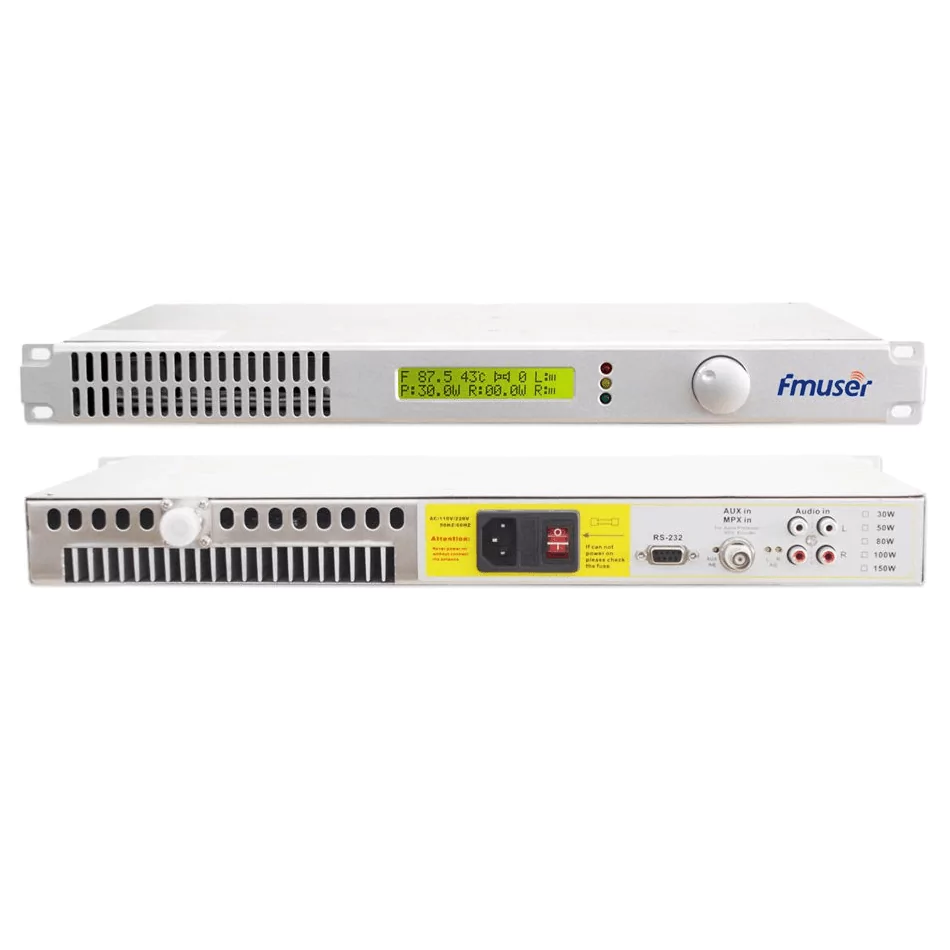 |
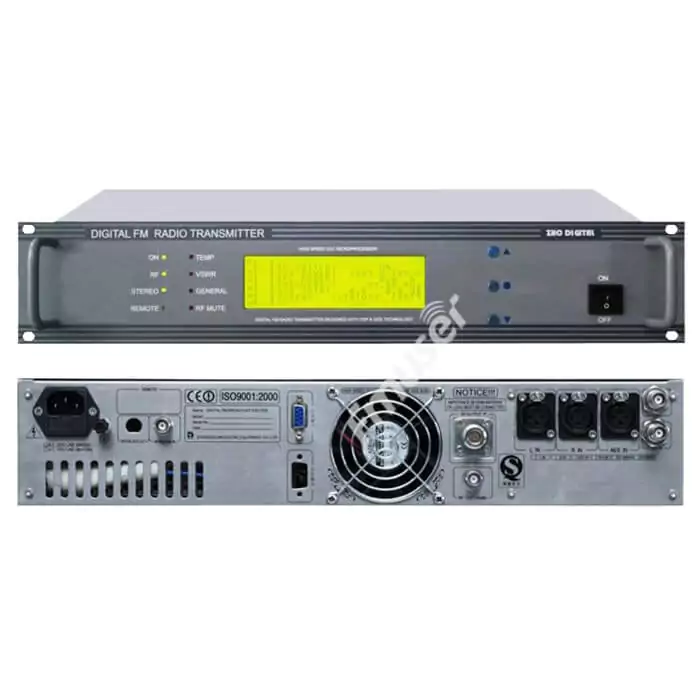 |
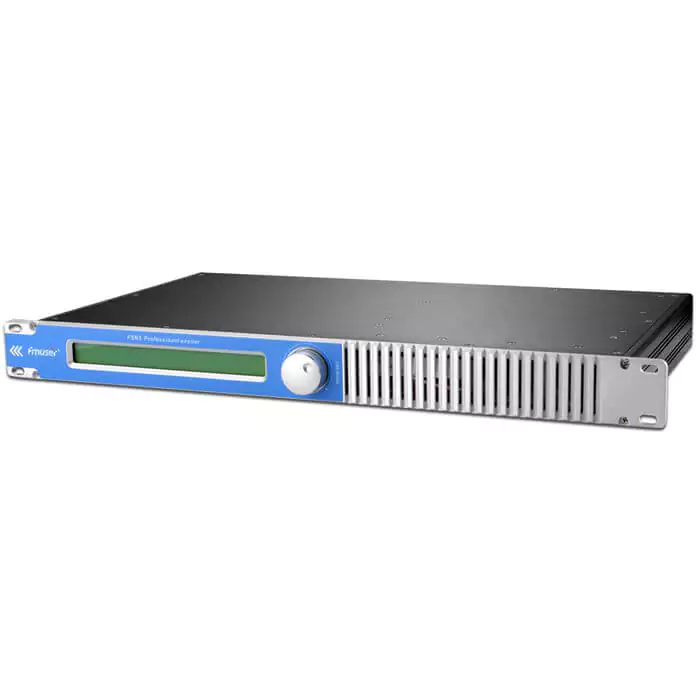 |
 |
| FSN 100W FX TX | FMT5 150W FM TX | FSN 350W FM TX | |
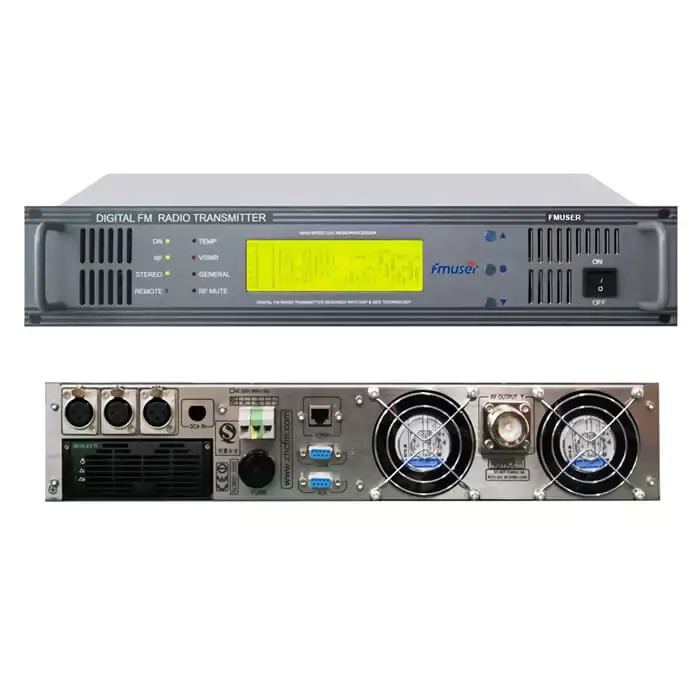 |
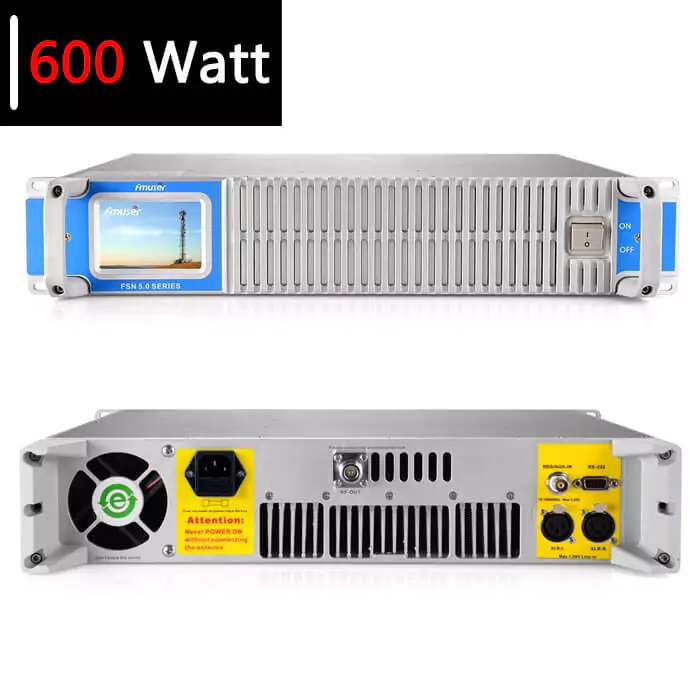 |
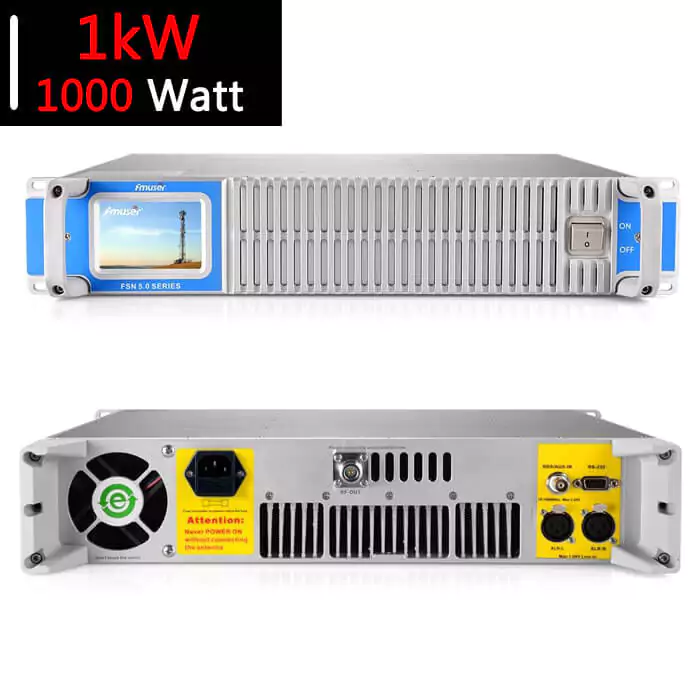 |
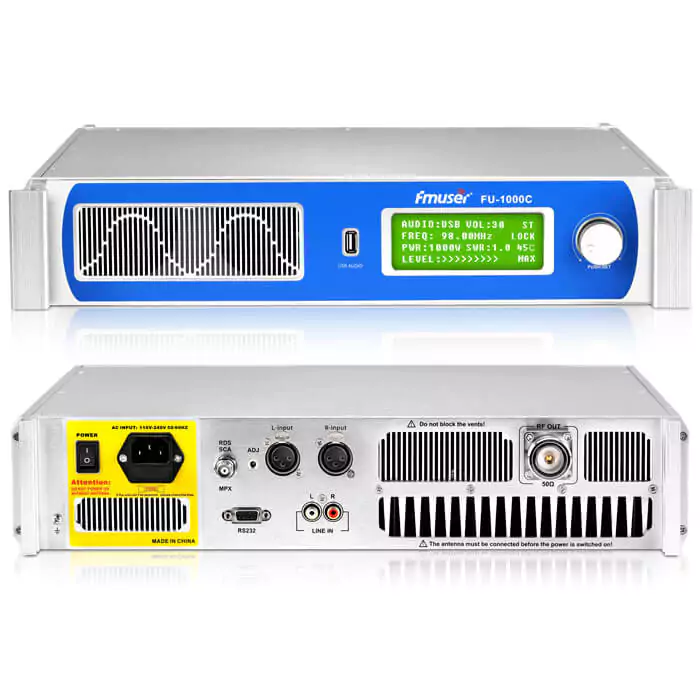 |
| FU618F 500W FM TX | FSN 600W FM TX | FSN 1kW FM TX | FU1000C 1kW Eco FM TX |
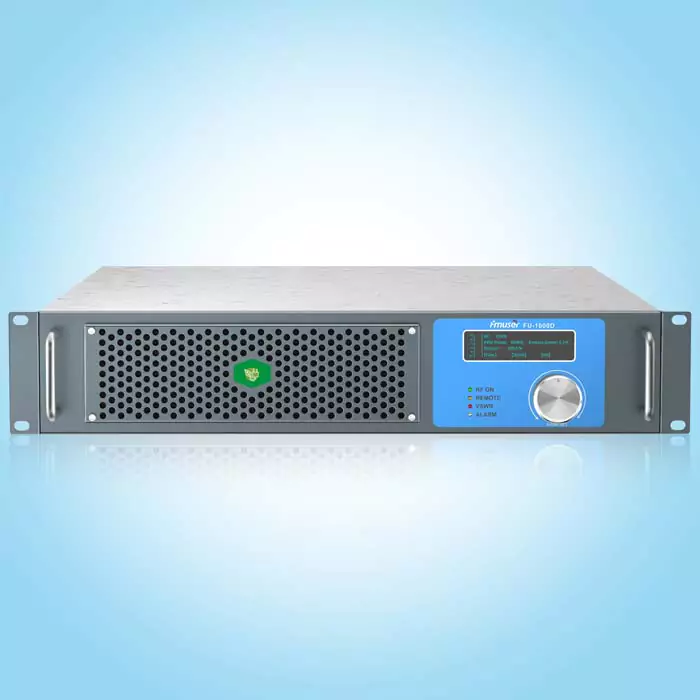 |
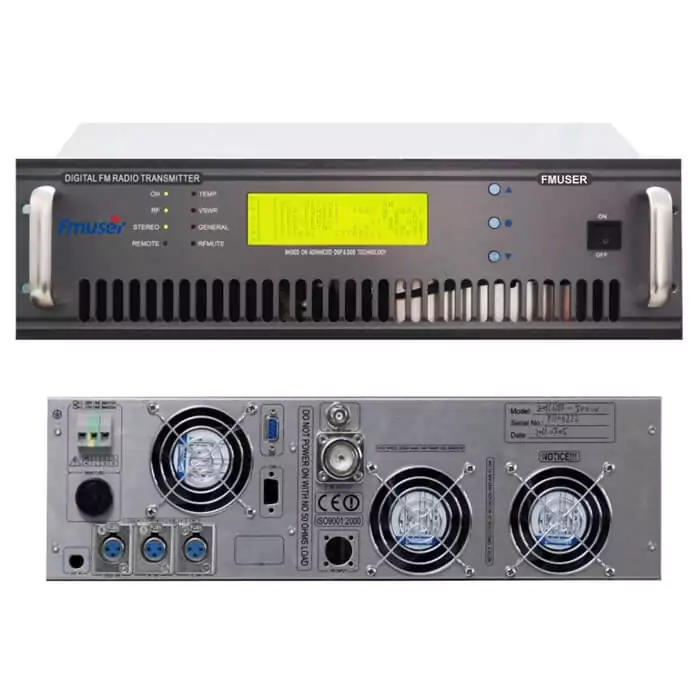 |
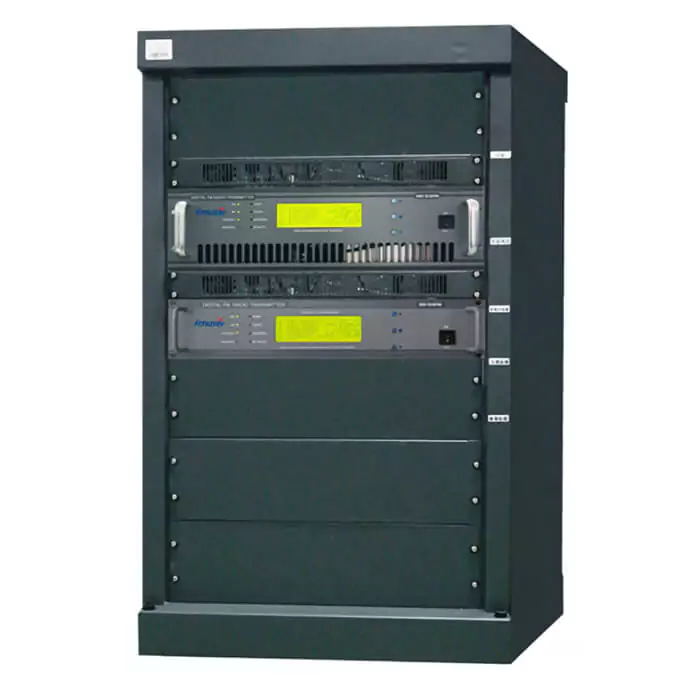 |
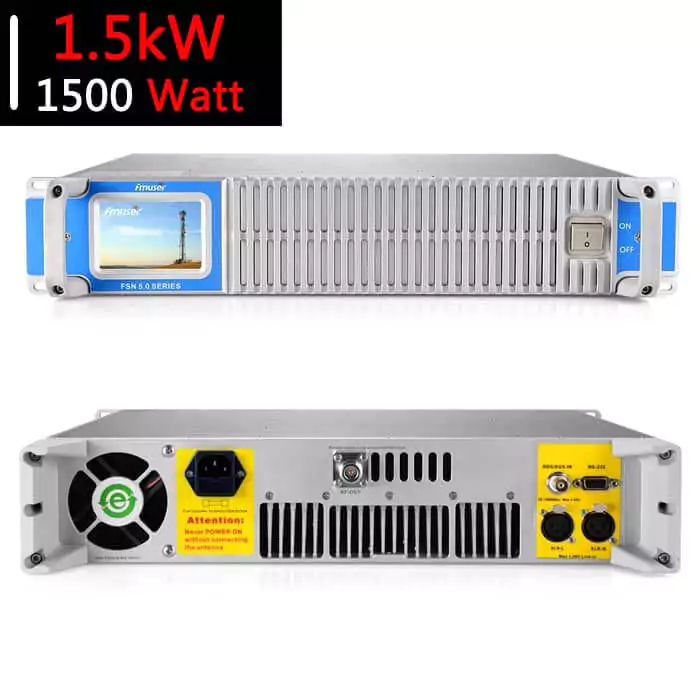 |
| FU1000D 1kW FM TX | FU618F 1kW Rack FM TX | FU618F 1kW Cabinet FM TX | FSN 1.5kW FM TX |
Having Toubles in Station Setting? Ask Away!
2. Medium Power FM Transmitter Antennas
Typically, multi-bay FM antennas are used for medium power stations. These antennas consist of multiple elements that enhance signal strength and broaden coverage patterns. They can be designed for omnidirectional or directional transmission, depending on the station's needs.
Recommended Multi-bay FM Dipole Antenna for You
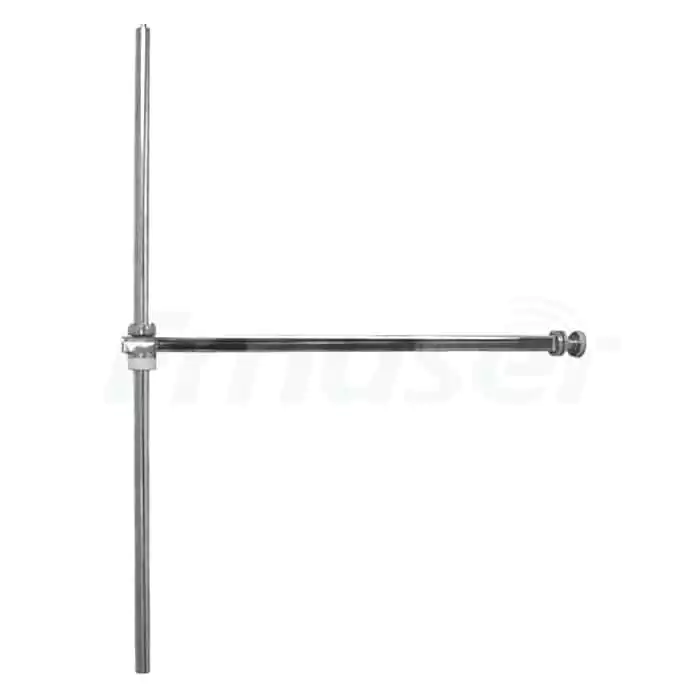 |
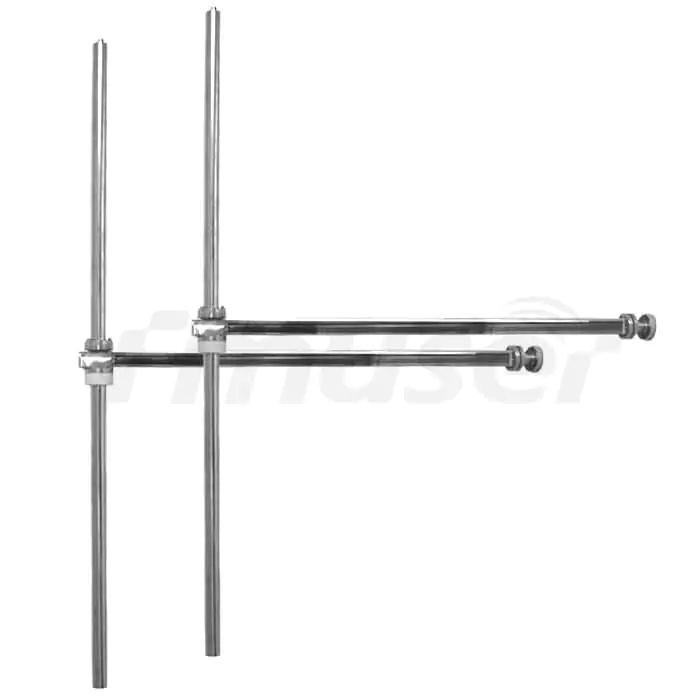 |
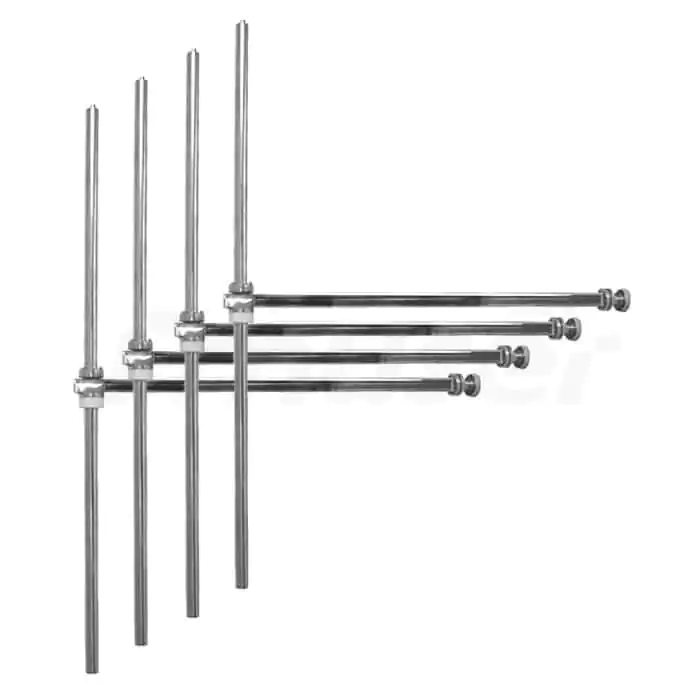 |
| FMDV1 1-Bay FM Dipole | FMDV1 2-Bay FM Dipole | FMDV1 4-Bay FM Dipole |
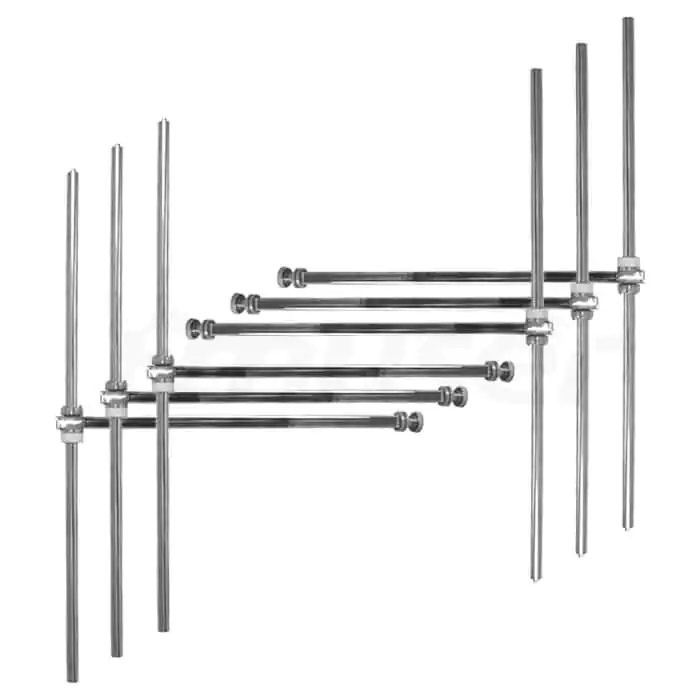 |
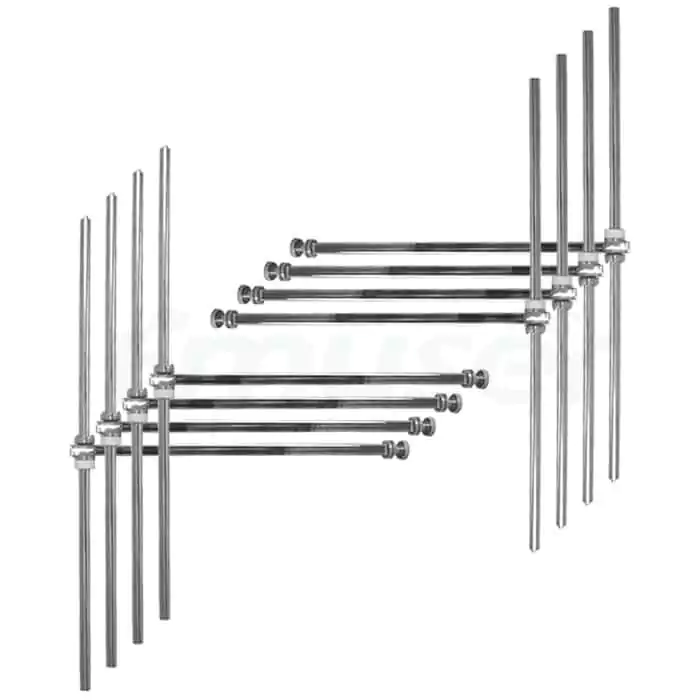 |
|
| FMDV1 6-Bay FM Dipole | FMDV1 8-Bay FM Dipole |
Having Toubles in Station Setting? Ask Away!
3. STL Link (Studio to Transmitter Link)
This system connects the radio studio to the transmitter site, allowing for the transmission of audio signals over the airwaves. STL links can be wired or wireless, and they ensure high-quality audio is delivered to the transmitter.
Recommended Studio to Transmitter Links for You
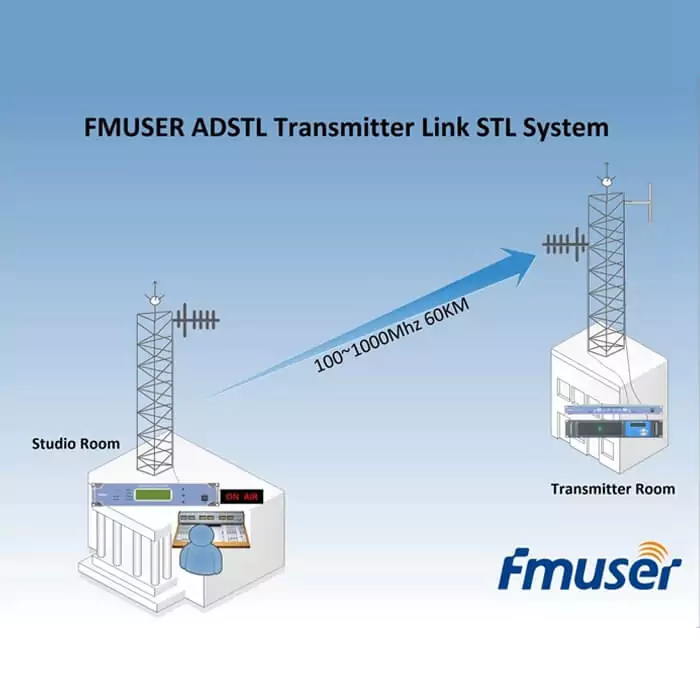 |
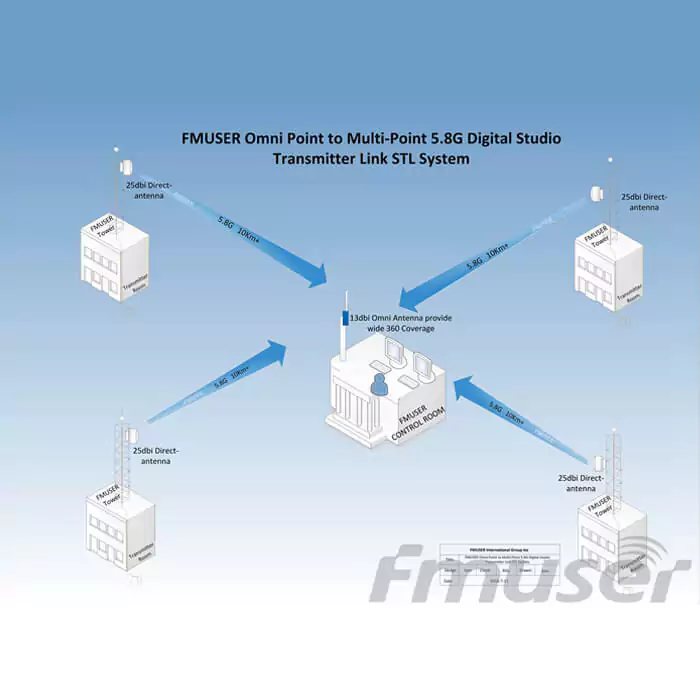 |
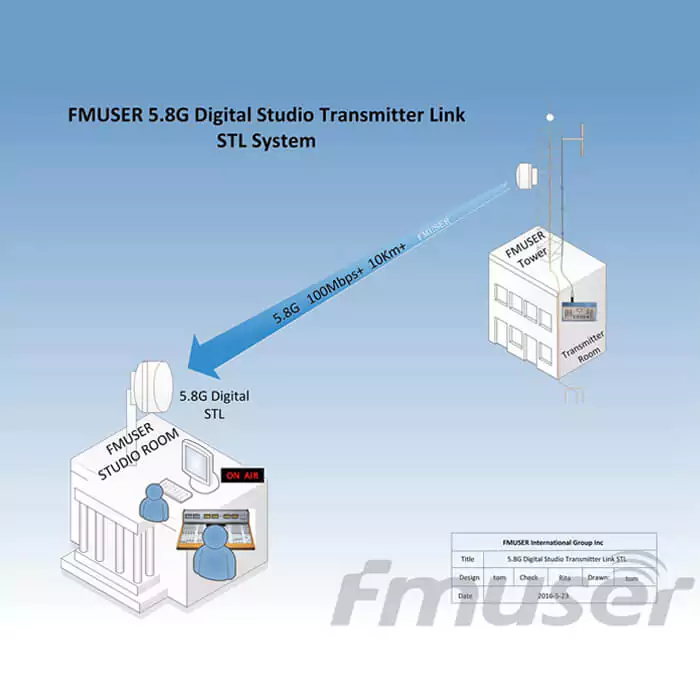 |
 |
| ADSTL | PTP 4-1 HD | PTP 10-1 AV HDMI | PTP 10-4 AV-CVBS |
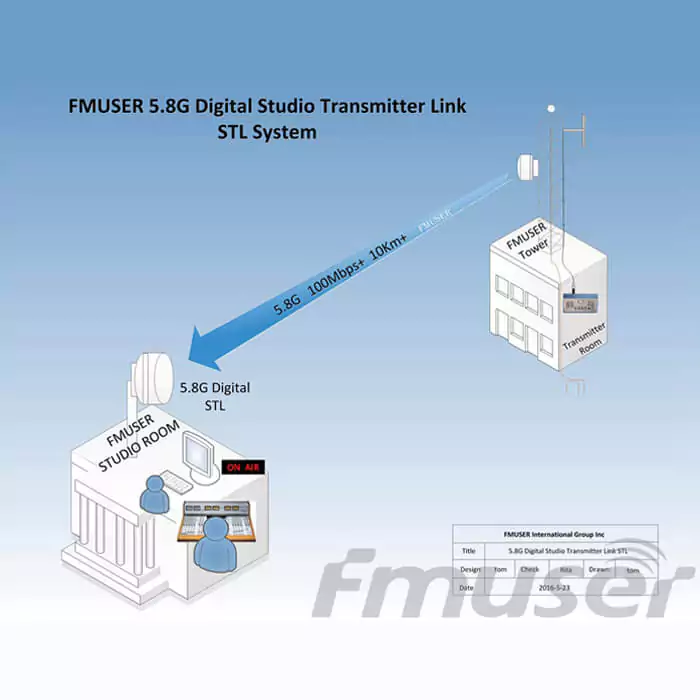 |
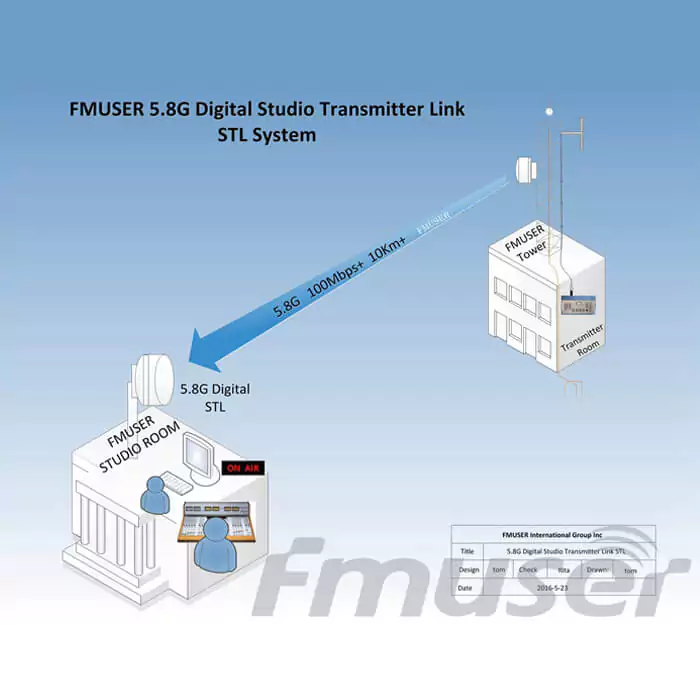 |
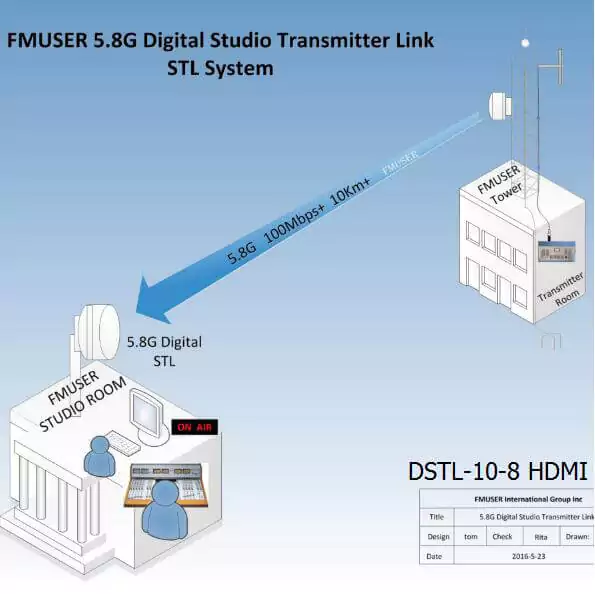 |
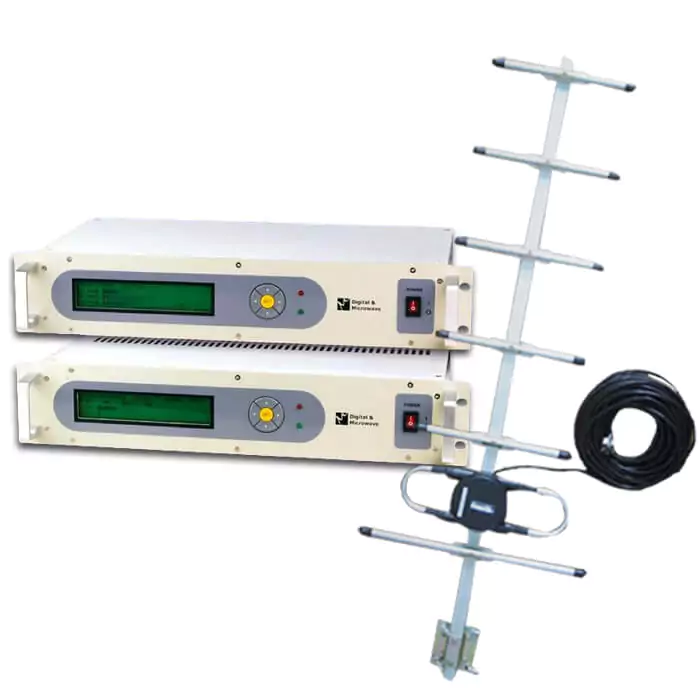 |
| PTP 10-4 AES-EBU | PTP 10-4 HDMI | STL over IP | STL Link Equipment Package |
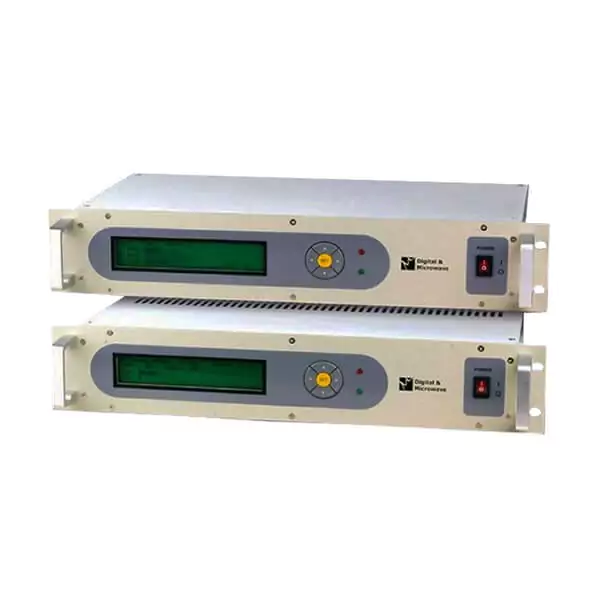 |
|||
| STL Transmitter & Receiver | |||
Having Toubles in Station Setting? Ask Away!
4. Medium Power Antenna Splitter
For stations using a high-output transmitter (e.g., 1kW), an antenna splitter is essential. This device allows a single transmitter to feed multiple antennas or to create redundancy in the system.
5. Feeder Cable
The quality of RF coax feeder cables can significantly impact signal strength. Common sizes include:
- 7/8 inch
- 1-5/8 inch
- 3-1/8 inch
- 4-1/16 inch
- 6-1/8 inch or thicker
Thicker cables reduce signal loss over long distances, which is critical for medium power applications.
Recommended Feeder Cables for You
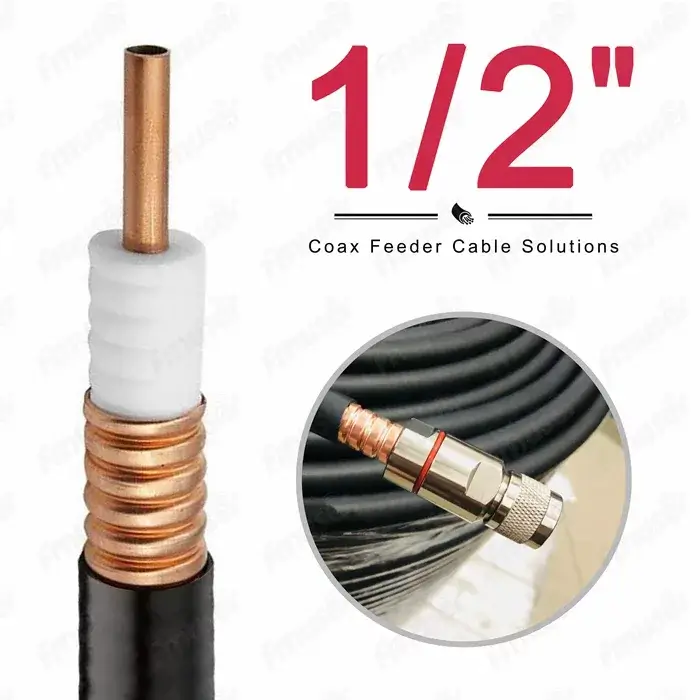 |
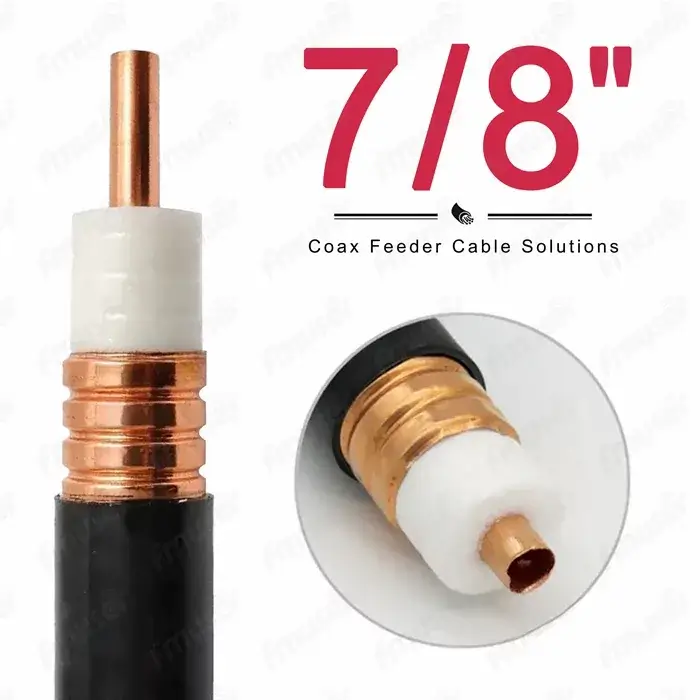 |
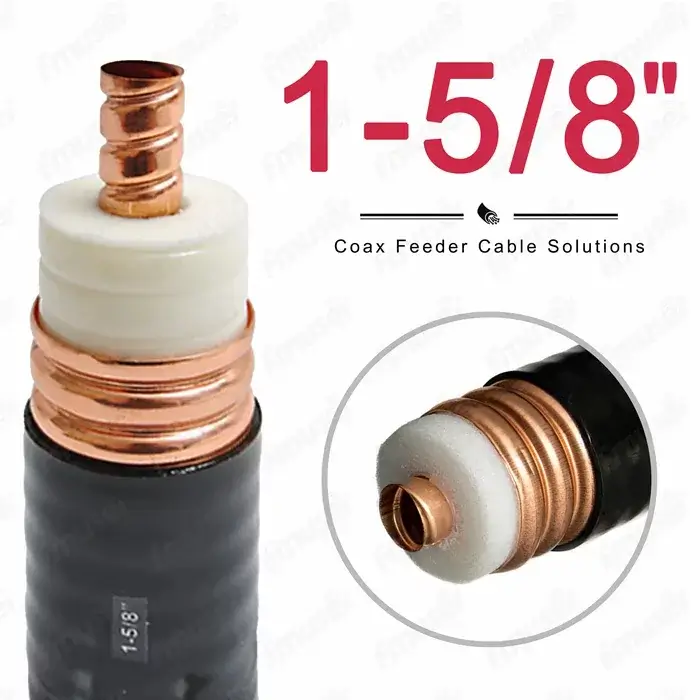 |
| 1/2" RF Coax Feeder | 7/8" RF Coax Feeder | 1-5/8" RF Coax Feeder |
Having Toubles in Station Setting? Ask Away!
6. Dummy Load
A dummy load is used for testing transmitters without broadcasting a signal. It simulates an antenna load and ensures the transmitter functions correctly before going live.
How to Choose High Power FM Radio Station Equipment?
High Power FM (HPFM) radio stations are designed to serve large metropolitan areas or wide-ranging geographical regions. Operating at power levels larger than 2000W, these stations can broadcast signals over extensive distances, making them suitable for reaching diverse audiences across cities and towns. Setting up a high power FM station requires specific, high-quality equipment that can handle the demands of robust broadcasting.
A typical high power FM radio station equipment list includes:
- High Power FM Transmitters
- High Power FM Transmitter Antennas
- STL Link (Studio to Transmitter Link)
- High Power Antenna Splitter
- High Power Dummy Load
- Rigid Coaxial Transmission Line
- FM Combiner
- FM Cavity Filters
- FM Couplers
- Single Frequency Network (SFN)
- Lightning Protection System (LPS)
- N+1 Main & Backup System
- RF Meter
- FM Guyed Mast Tower
1. High Power FM Transmitters
High Power FM Transmitters are essential components in broadcasting that convert audio signals into radio frequency (RF) signals suitable for transmission over the airwaves. These transmitters are designed to deliver high output power, enabling them to cover large geographical areas and penetrate various types of terrain. These transmitters are available in various output power levels, including 2000W (2kW), 3000W (3kW), 5000W (5kW), 10000W (10kW), and 20000W (20kW). High power FM transmitters are equipped with sophisticated circuitry to ensure reliability, efficiency, and compliance with regulatory standards, making them the backbone of any high-power FM radio station.
Recommended High Power FM Transmitters for You
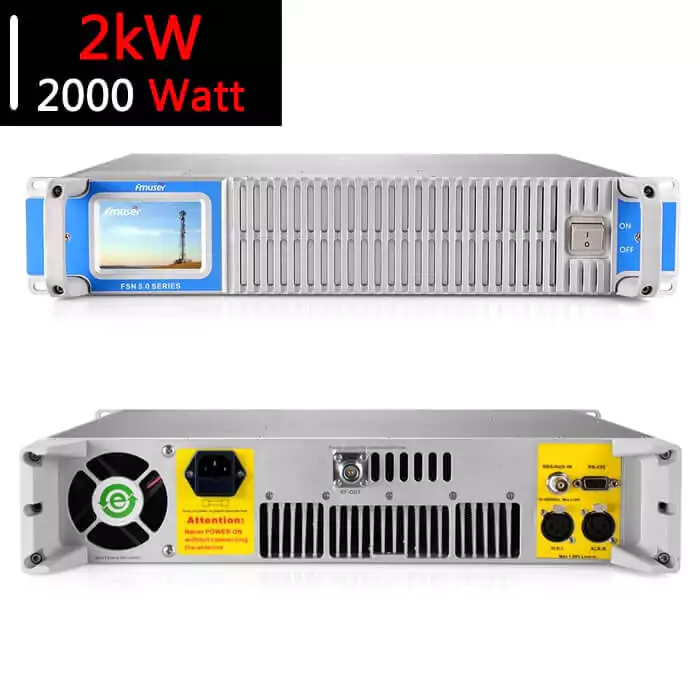 |
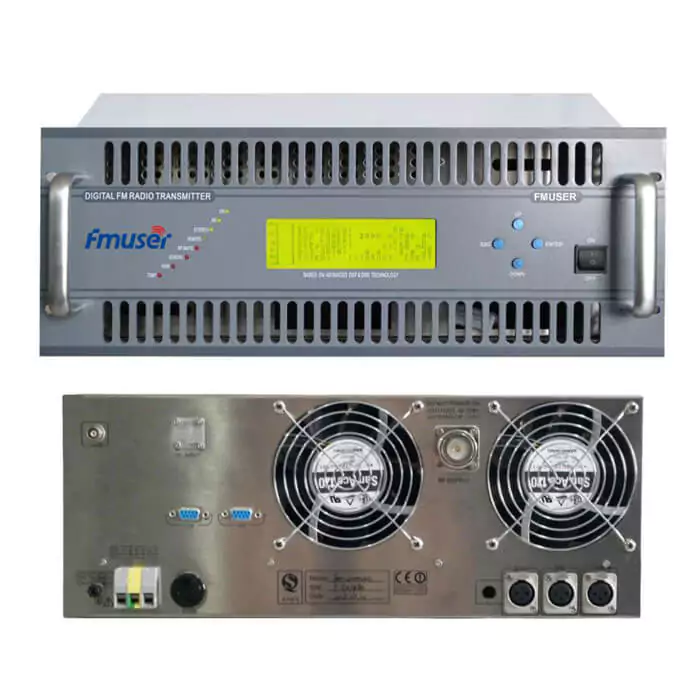 |
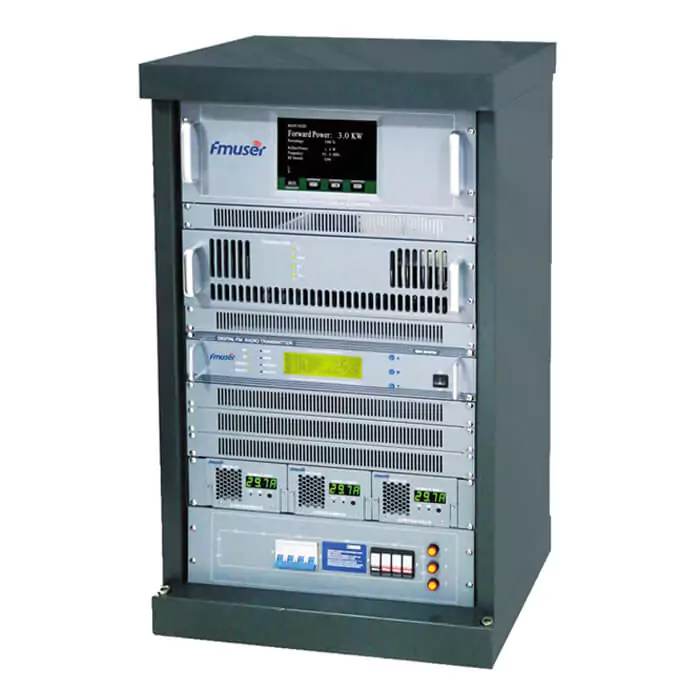 |
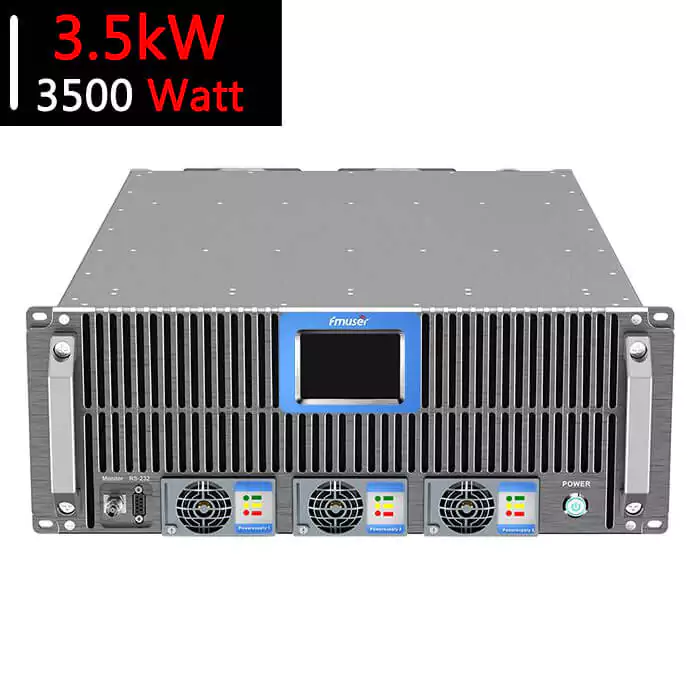 |
| FSN 2kW Rack Eco | FU618F 2kW Rack Pro | FU618F 3kW Cabinet | FSN 3.5kW Rack Pro |
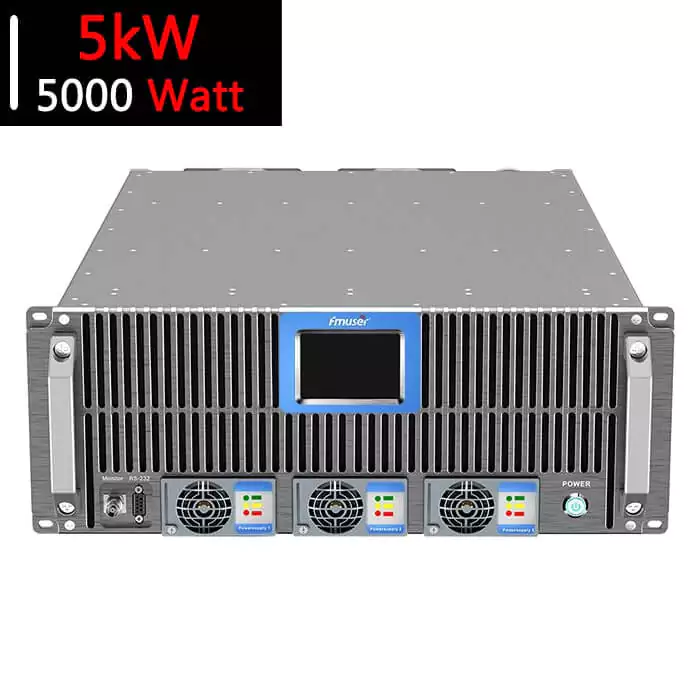 |
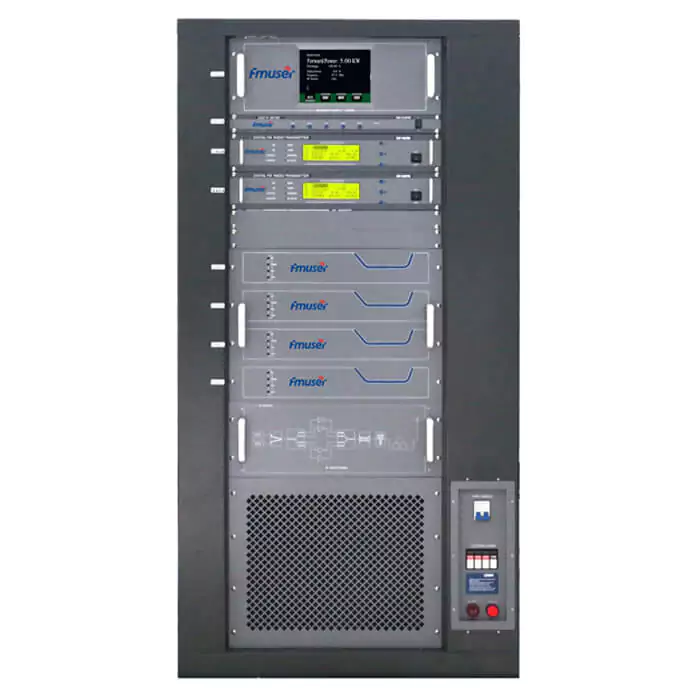 |
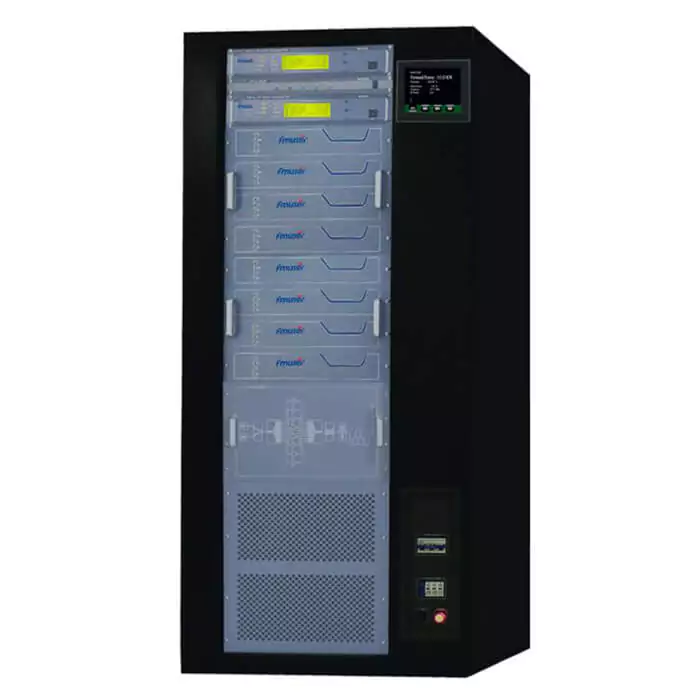 |
|
| FSN 5kW Rack Pro | FU618F 5kW Cabinet | FU618F 10kW Cabinet |
Having Toubles in Station Setting? Ask Away!
2. High Power FM Transmitter Antennas
High Power FM Transmitter Antennas are specifically designed to handle the high power levels output by FM transmitters while ensuring optimal radiation efficiency. These antennas consist of multiple bays, allowing them to broadcast a more powerful and uniform signal over a broader area. Typically, multi-bay FM antennas are used, such as 4-bay or even larger antennas. The design of multi-bay antennas helps to improve gain and minimize signal loss, making them ideal for high-power applications. They are typically mounted on towers and are engineered to withstand environmental stresses, ensuring reliable performance and consistent signal coverage for FM broadcasts.
Recommended High Power FM Antennas for You
Having Toubles in Station Setting? Ask Away!
3. STL Link (Studio to Transmitter Link)
The STL Link (Studio to Transmitter Link) is a vital communication system that connects the radio station's studio to the transmitter site. This link can utilize various transmission methods, including microwave, digital, or fiber optics, to transport audio signals with high fidelity over long distances. STL systems enable real-time broadcasting, allowing the studio to send programming directly to the transmitter for airplay. A reliable STL link is crucial for maintaining broadcast continuity and quality, ensuring that listeners receive a consistent audio experience regardless of the distance between the studio and the transmitter.
Recommended Studio to Transmitter Links for You
 |
 |
 |
 |
| ADSTL | PTP 4-1 HD | PTP 10-1 AV HDMI | PTP 10-4 AV-CVBS |
 |
 |
 |
 |
| PTP 10-4 AES-EBU | PTP 10-4 HDMI | STL over IP | STL Link Equipment Package |
 |
|||
| STL Transmitter & Receiver | |||
Having Toubles in Station Setting? Ask Away!
4. High Power Antenna Splitter
A High Power Antenna Splitter is used to distribute the output of a single transmitter to multiple antennas or to combine signals from multiple transmitters into a single antenna system. These splitters are designed to handle high power levels while minimizing signal loss and maintaining the integrity of the broadcast signal. By allowing multiple antennas to operate from a single transmitter or vice versa, antenna splitters enhance coverage and flexibility in broadcast setups. They play a crucial role in optimizing transmission efficiency and ensuring that the broadcast signal is evenly distributed.
Having Toubles in Station Setting? Ask Away!
6. High Power Dummy Load
A High Power Dummy Load is a resistive device used to simulate an antenna load for testing and maintenance purposes. It allows engineers to run high-power transmitters without radiating a signal into the air, enabling safe testing without interference to other broadcasts. Dummy loads convert RF energy into heat, providing a safe and controlled environment for testing transmitter performance. They are essential for ensuring that transmitters are functioning correctly and efficiently, helping to identify any potential issues before live transmission. High power dummy loads are designed to handle significant levels of power, making them a critical tool in the maintenance of FM broadcasting equipment.
Recommended High Power Dummy Loads for You
Having Toubles in Station Setting? Ask Away!
7. Rigid Coaxial Transmission Line
Rigid coaxial transmission lines, commonly utilized in professional FM radio stations, are designed for low-loss RF signal transmission and are custom-built for specific applications using high-quality materials, primarily copper, to ensure durability and optimal performance. These transmission lines come in various sizes, including 7/8", 1-5/8", 3-1/8", 4-1/16", and 6-1/8", and are often tailored to meet the unique broadcasting needs of each station. To enhance their functionality, a range of accessories is required, such as matching sections, inner suppliers, EIA flange connectors, inner bullets, adaptors, and elbows. Collectively, these components are essential for achieving efficient signal transmission and maintaining superior performance in radio communication systems.
Recommended Rigid Lines & Parts for You
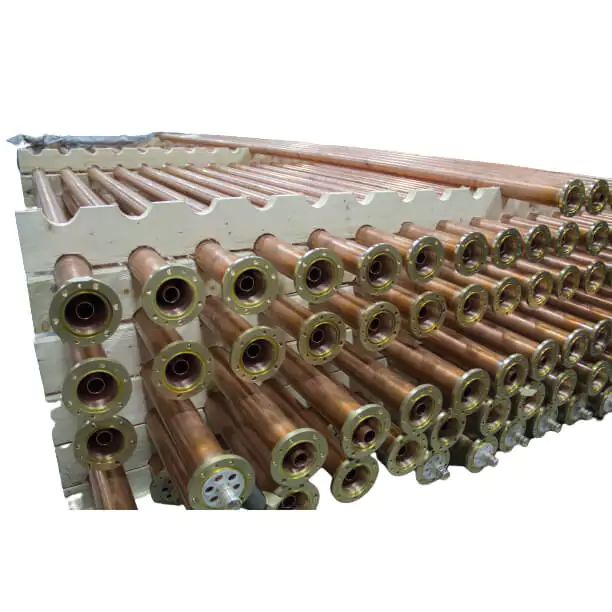 |
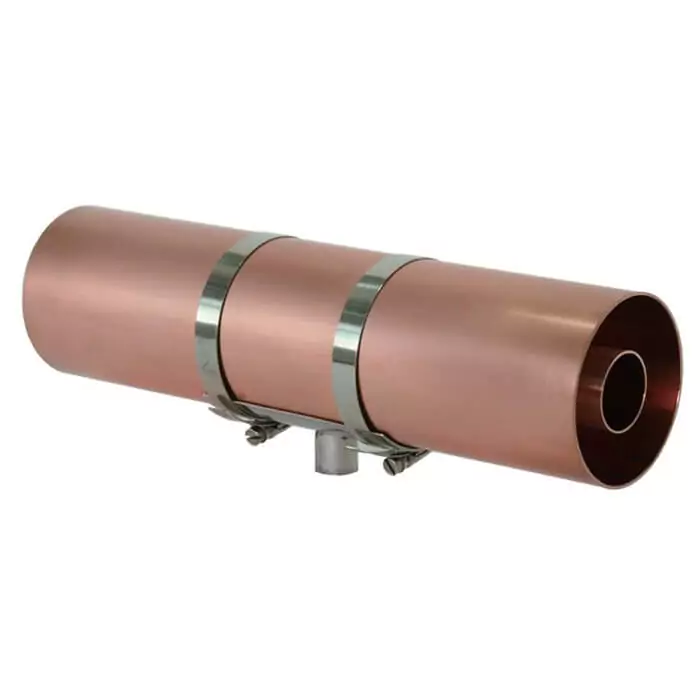 |
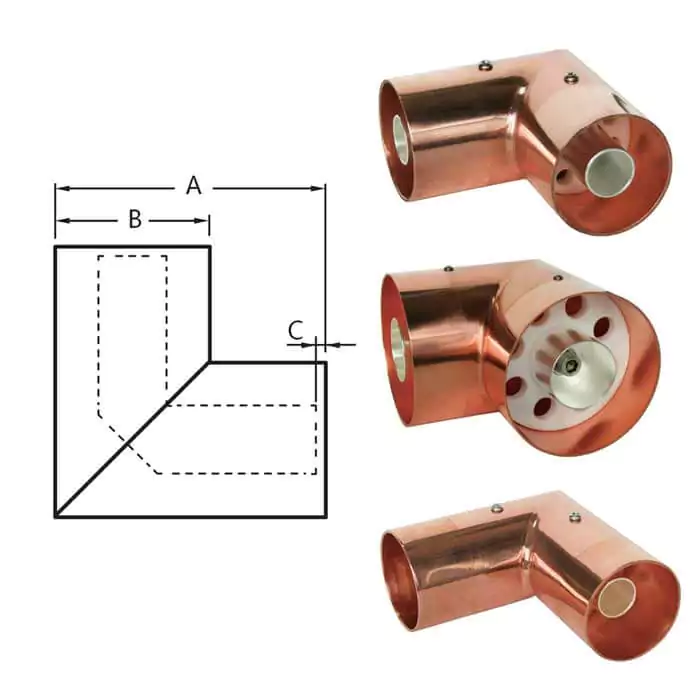 |
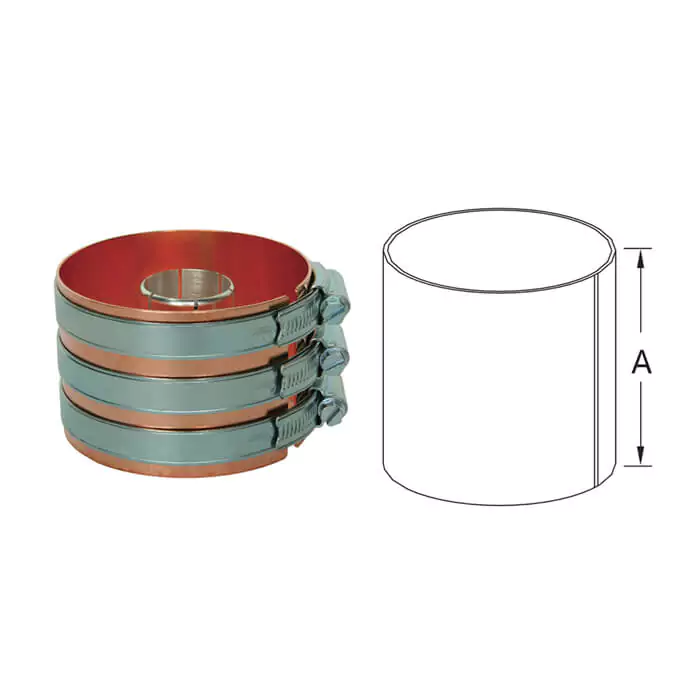 |
| Complete Rigid Coaxial Transmission Lines | Line Tubes | Elbows | Outer Sleeve |
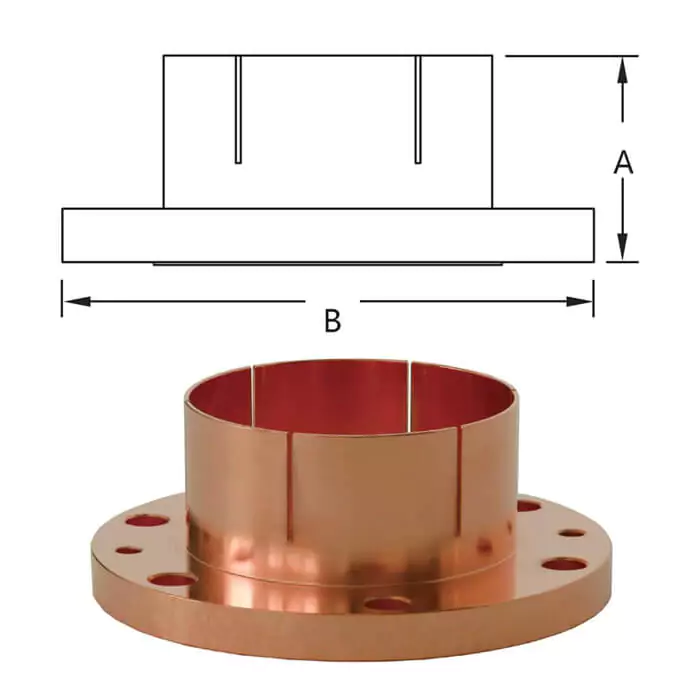 |
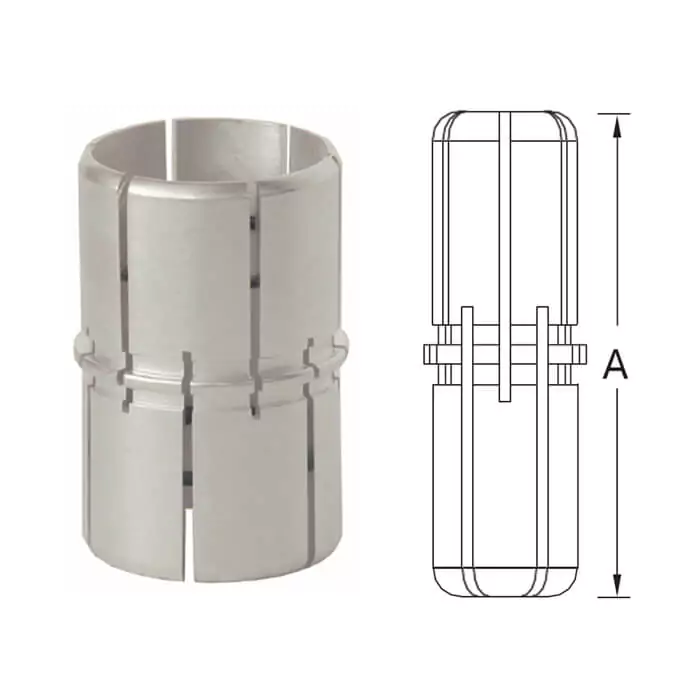 |
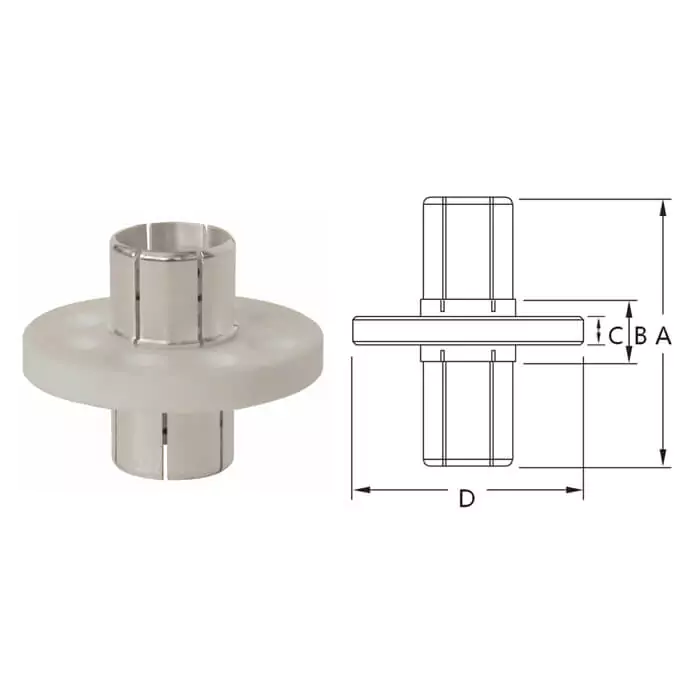 |
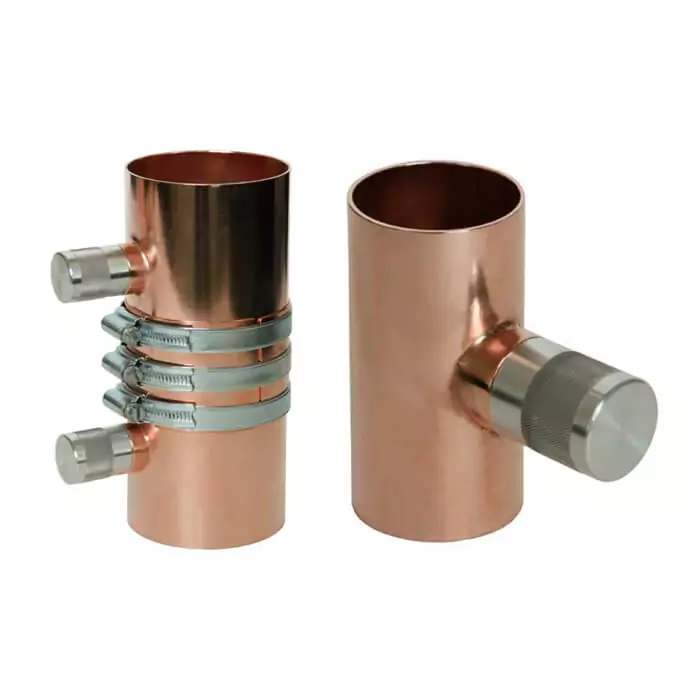 |
| Flanged to Unflanged Adaptor |
Inner Bullet |
Inner Support |
Matching Sections |
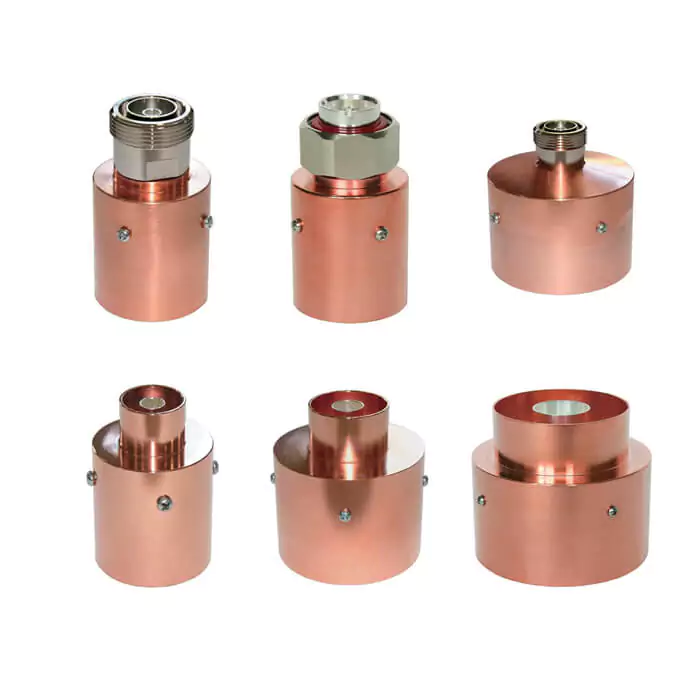 |
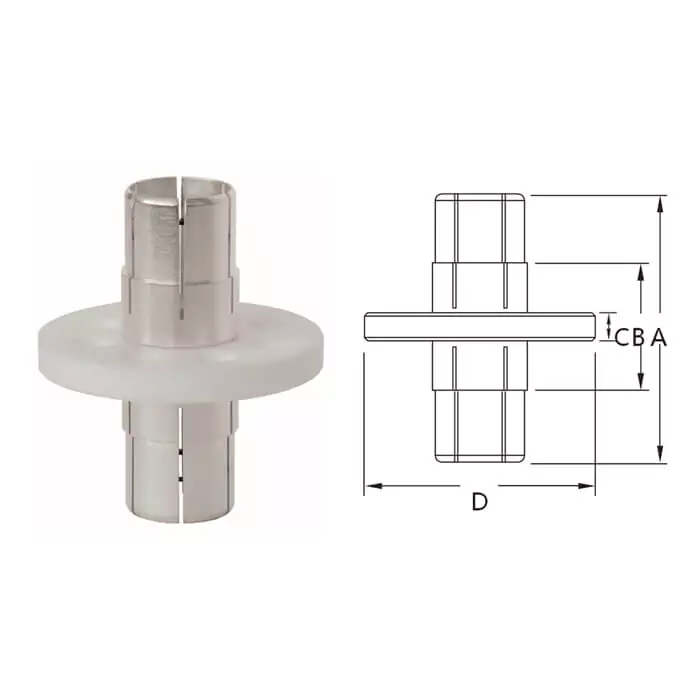 |
||
| Coaxial Adaptors |
Flange Inner Support |
||
Having Toubles in Station Setting? Ask Away!
8. FM Combiner
An FM Combiner is a critical device used in FM broadcasting that allows multiple transmitters to share a single antenna. By combining the output of multiple transmitters, the FM combiner ensures that the signals are properly mixed without causing interference. This is particularly useful in systems where multiple frequencies need to be broadcast from a single antenna system, such as in a Single Frequency Network (SFN) or when combining signals from different stations. The FM combiner minimizes signal loss and maximizes power efficiency, ultimately leading to improved coverage and transmission quality.
Recommended FM Transmitter Combiners for You
Having Toubles in Station Setting? Ask Away!
9. FM Cavity Filters
FM Cavity Filters are specialized components designed to selectively allow or reject certain frequencies within the FM band. These filters are crucial for ensuring that only the intended signals are transmitted or received, while unwanted frequencies or interference are eliminated. By using a series of resonating cavities, these filters can achieve high levels of selectivity and low insertion loss, making them ideal for use in high-power FM applications. FM cavity filters help maintain the integrity of the broadcast signal, enhance overall sound quality, and comply with regulatory requirements regarding spectral purity.
Recommended FM Cavity Filters for You
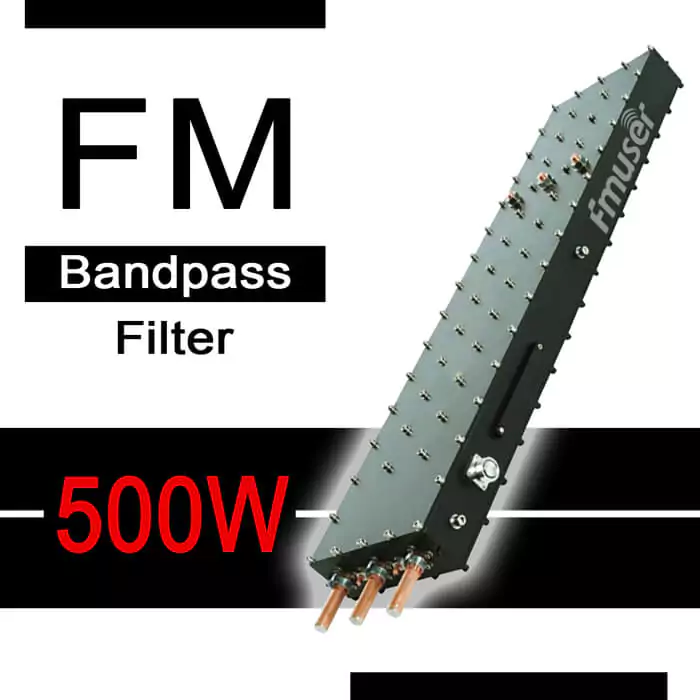 |
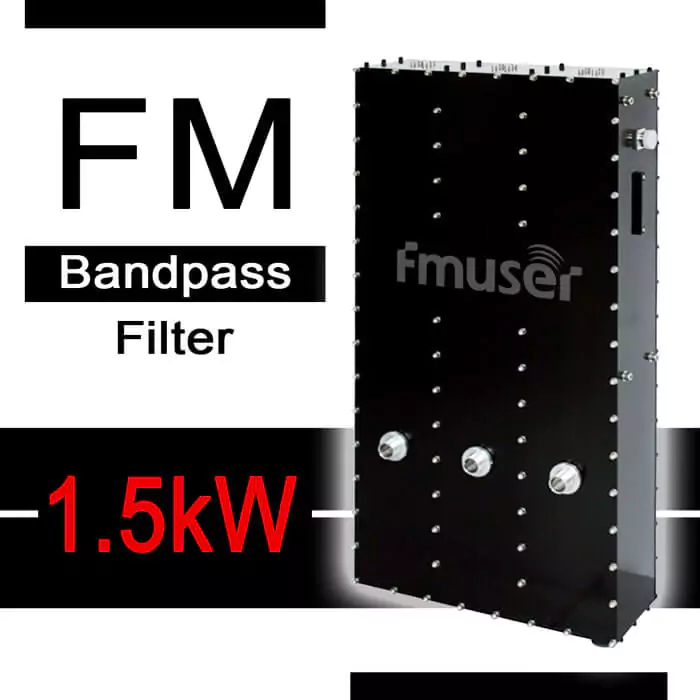 |
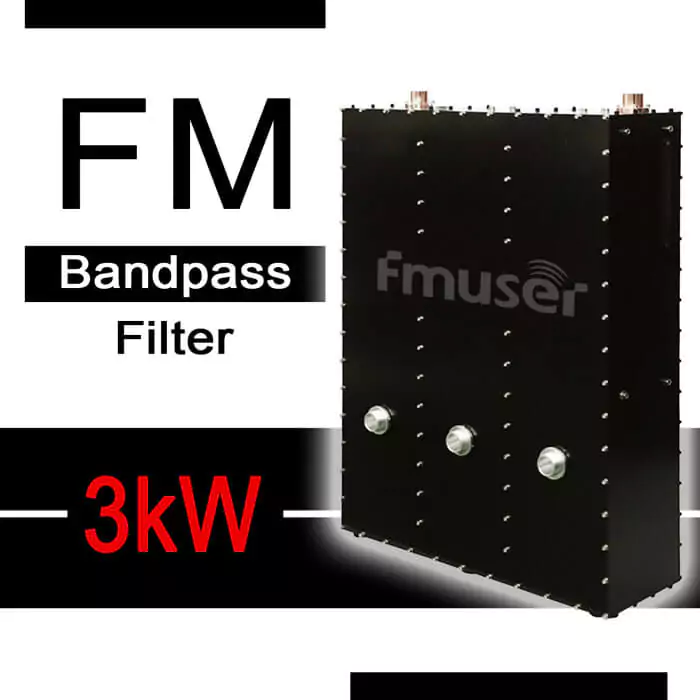 |
 |
| 500W FM Bandpass | 1.5kW FM Bandpass | 3kW FM Bandpass | 5kW FM Bandpass |
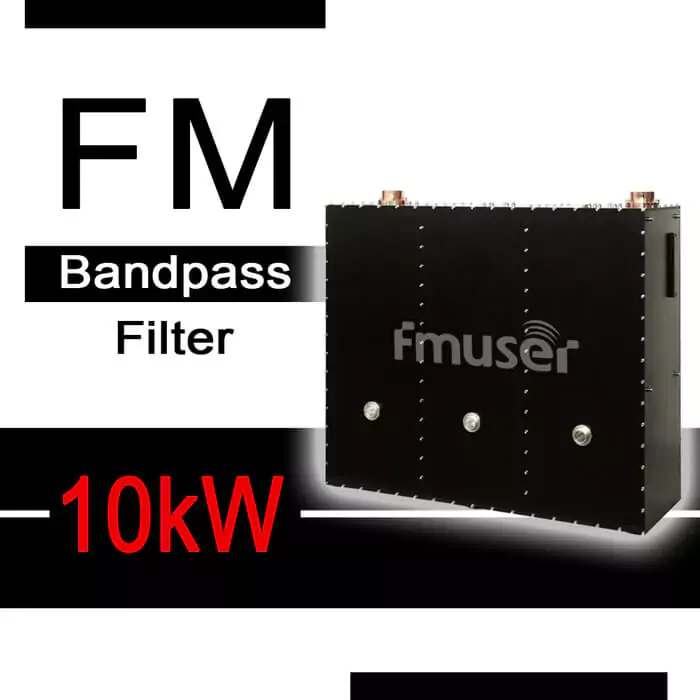 |
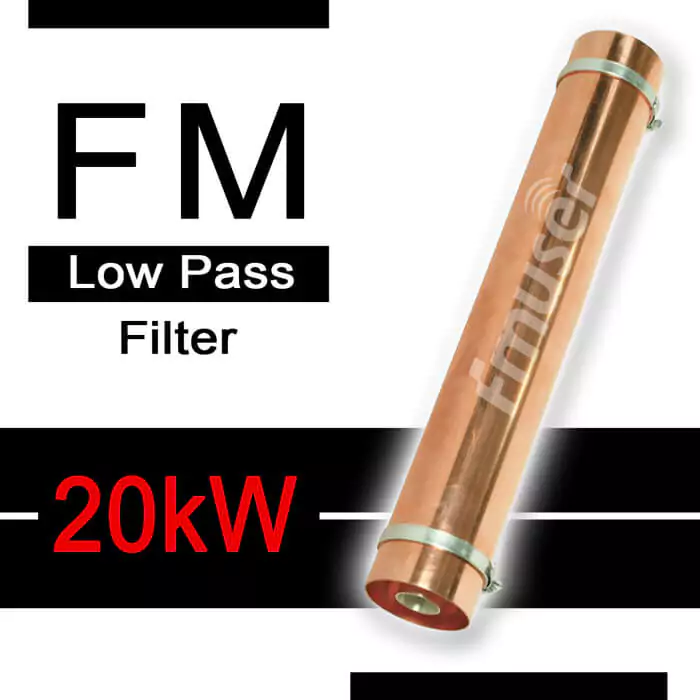 |
||
| 10kW FM Bandpass | FU618F 5kW Cabinet | ||
Having Toubles in Station Setting? Ask Away!
10. FM Couplers
FM Couplers are devices used to couple (or connect) different parts of an RF system while maintaining signal integrity. They can be employed for various purposes, such as sampling the output of a transmitter for monitoring or testing, or combining signals from different sources. FM couplers can be designed to provide specific coupling values and can be passive or active, depending on the application. They are essential for ensuring that signals are effectively transmitted to the next stage in the broadcast chain without significant loss, allowing for accurate monitoring and control of the FM signal.
Recommended FM/VHF Couplers for You
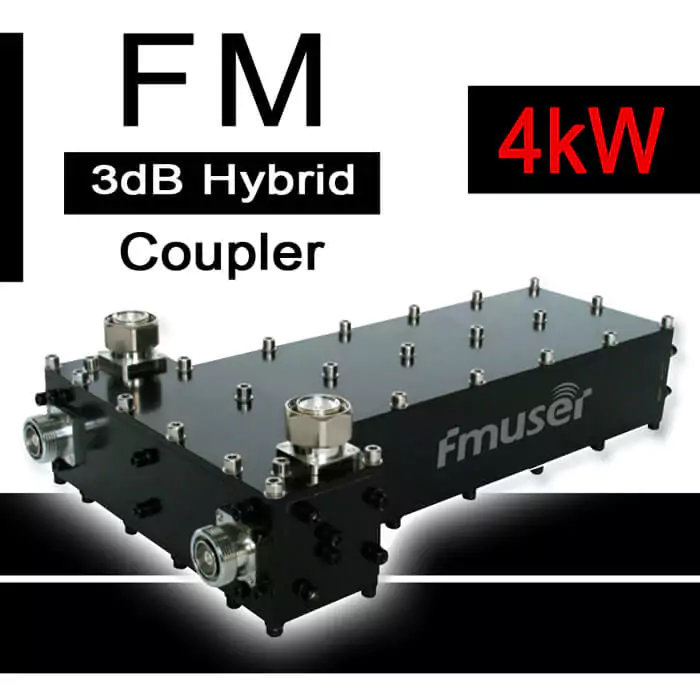 |
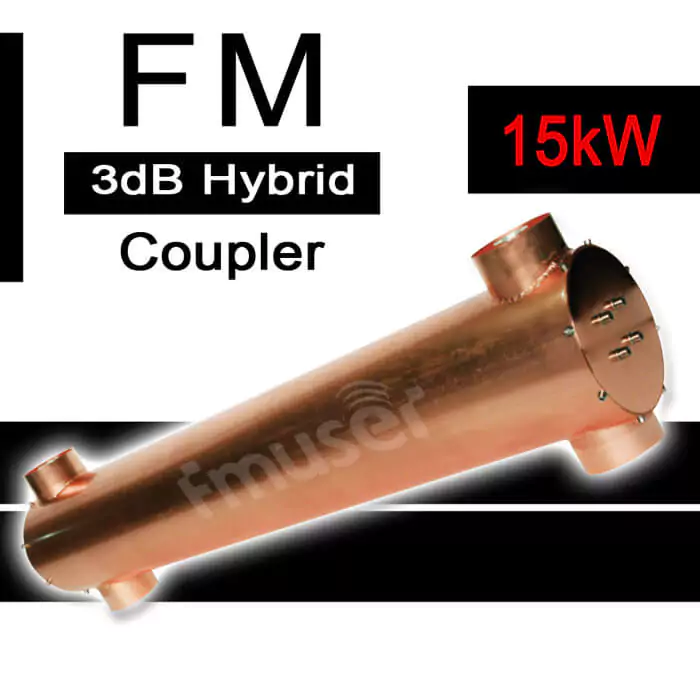 |
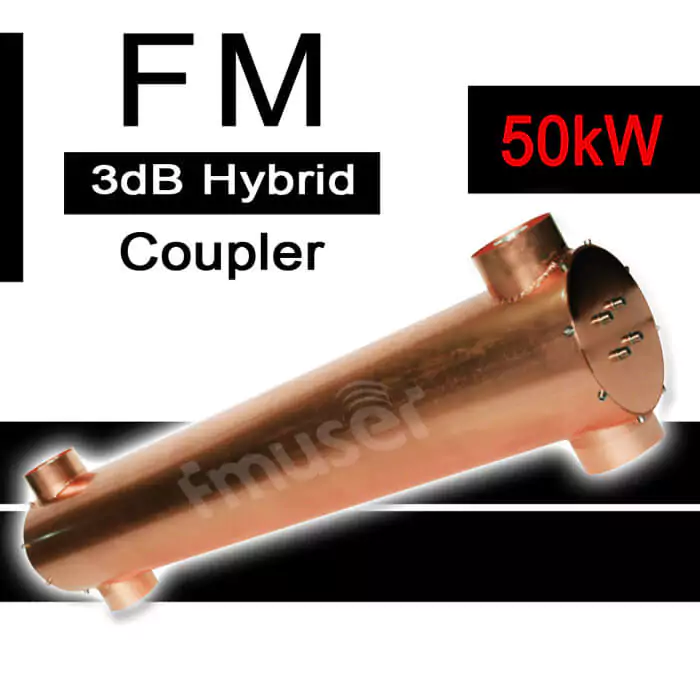 |
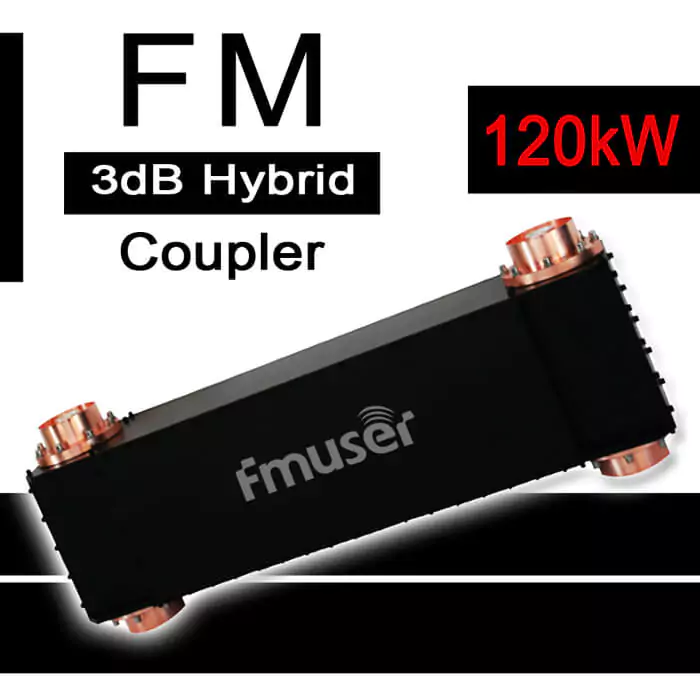 |
| 4kW FM Coupler | 15kW FM Coupler | 50kW FM Coupler | 120kW FM Coupler |
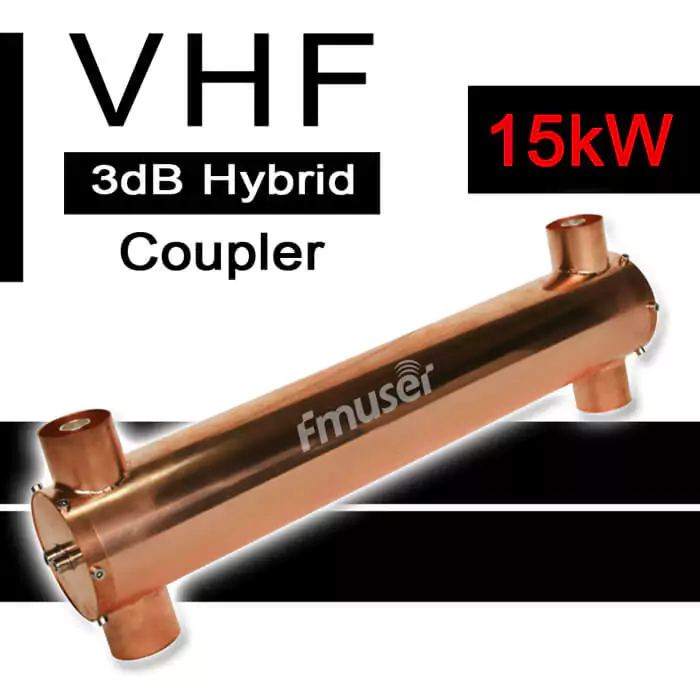 |
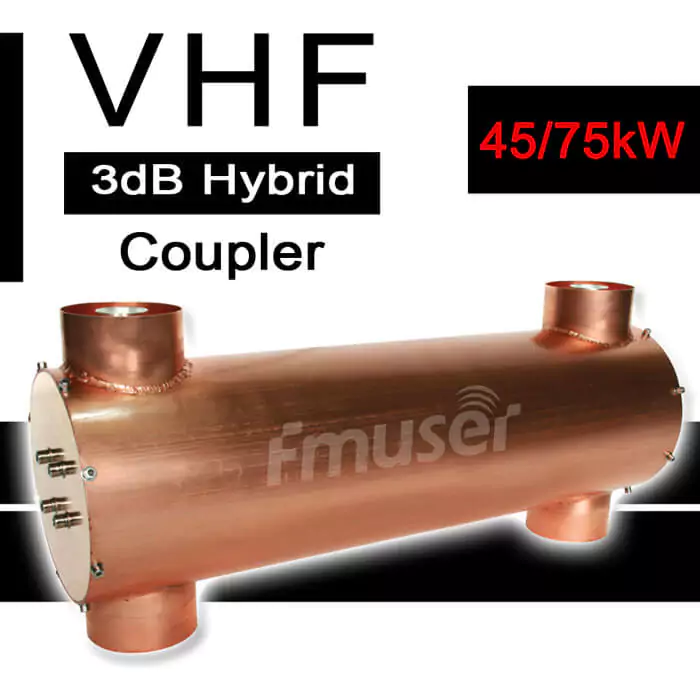 |
||
| 15kW VHF Coupler | 45/75kW VHF Coupler | ||
Having Toubles in Station Setting? Ask Away!
11. Single Frequency Network (SFN)
A Single Frequency Network (SFN) is a broadcasting system where multiple transmitters simultaneously transmit the same signal on the same frequency.
This setup is ideal for covering large areas with a consistent broadcast quality, as it minimizes the impact of multi-path interference that can occur with traditional broadcasting methods. SFNs are particularly beneficial for digital broadcasting, as they enable seamless reception across different areas. The network can enhance coverage, improve signal reliability, and provide a more uniform listening experience for the audience.
Having Toubles in Station Setting? Ask Away!
12. Lightning Protection System (LPS)
A Lightning Protection System (LPS) is essential for safeguarding broadcasting infrastructure against the destructive force of lightning strikes.
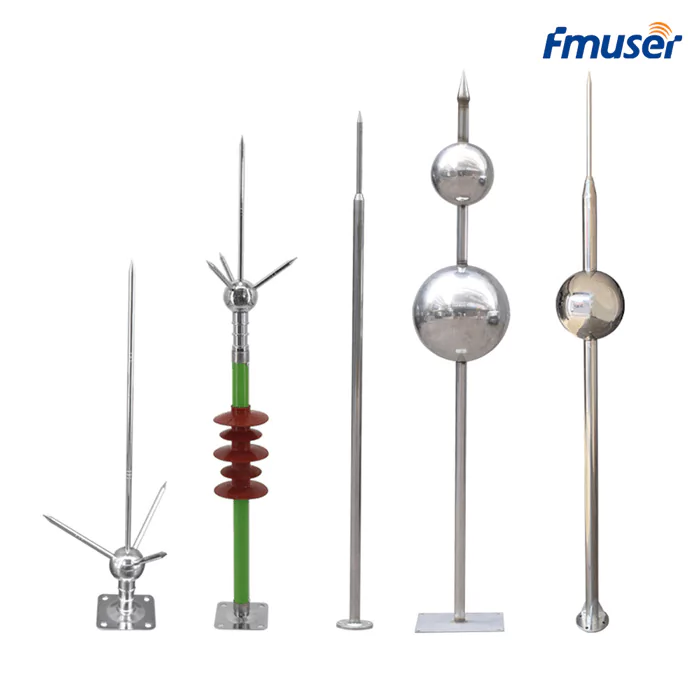 |
 |
| Learn More | |
This system includes various components such as air terminals (lightning rods), grounding systems, and surge protection devices. The LPS ensures that any lightning strike is safely channeled into the ground, preventing damage to equipment and reducing the risk of fire. In high-power FM radio stations, where antennas and towers are often tall and exposed, an effective LPS is critical to maintaining operational integrity and protecting costly equipment.
Having Toubles in Station Setting? Ask Away!
13. N+1 Main & Backup System
The N+1 Main & Backup System is a redundancy strategy used to ensure uninterrupted transmission. In this system, for every necessary component (N), there is an additional backup component (+1).
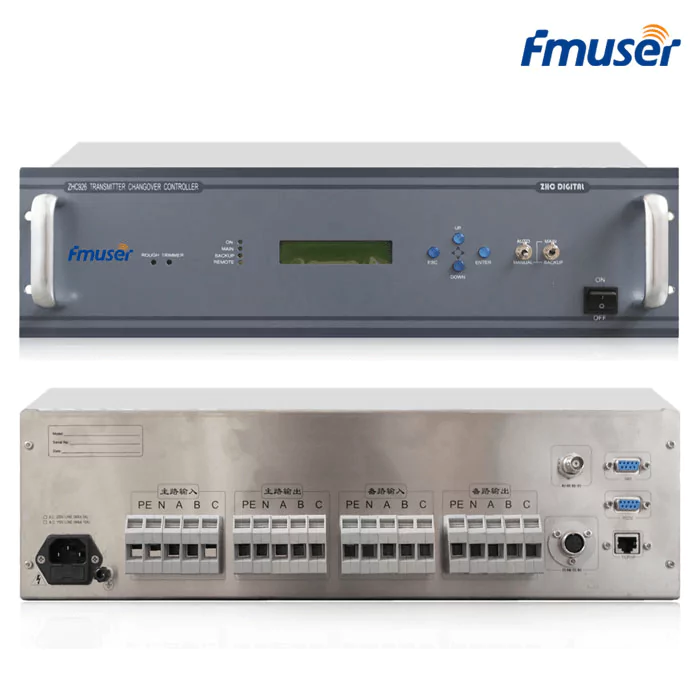 |
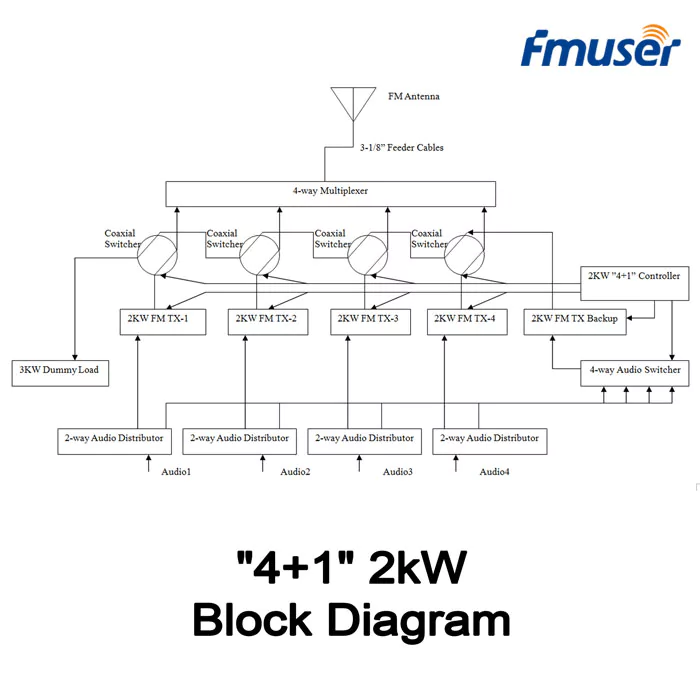 |
| Learn More | |
This approach is applicable to various elements of the broadcast chain, including transmitters, power supplies, and other critical equipment. If the primary unit fails, the backup unit can immediately take over, which helps to minimize downtime and maintain consistent broadcast quality. This level of reliability is crucial for high-power FM radio stations, where even brief outages can lead to significant revenue loss and damage to reputation.
Having Toubles in Station Setting? Ask Away!
14. RF Meter
An RF Meter is an essential instrument for measuring radio frequency signals. It provides valuable data about the strength and quality of the transmitted signal, helping engineers ensure that the broadcast meets regulatory standards and performs optimally.
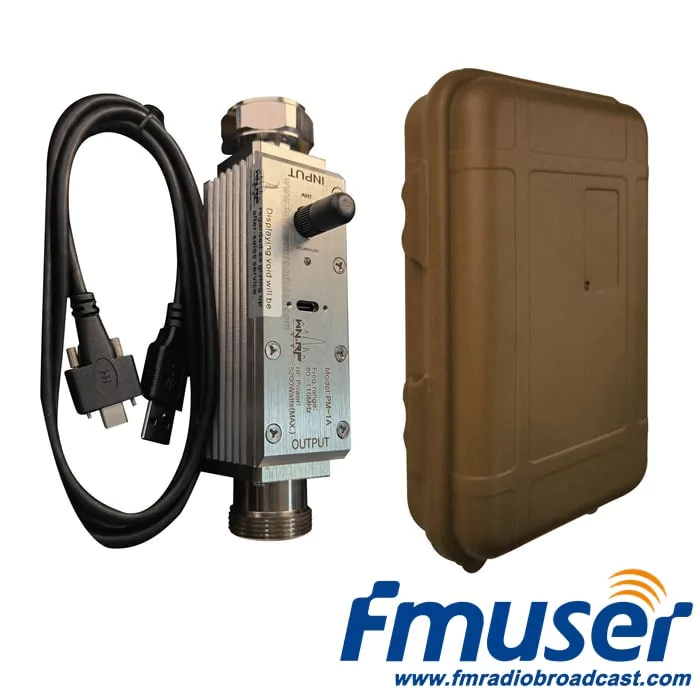 |
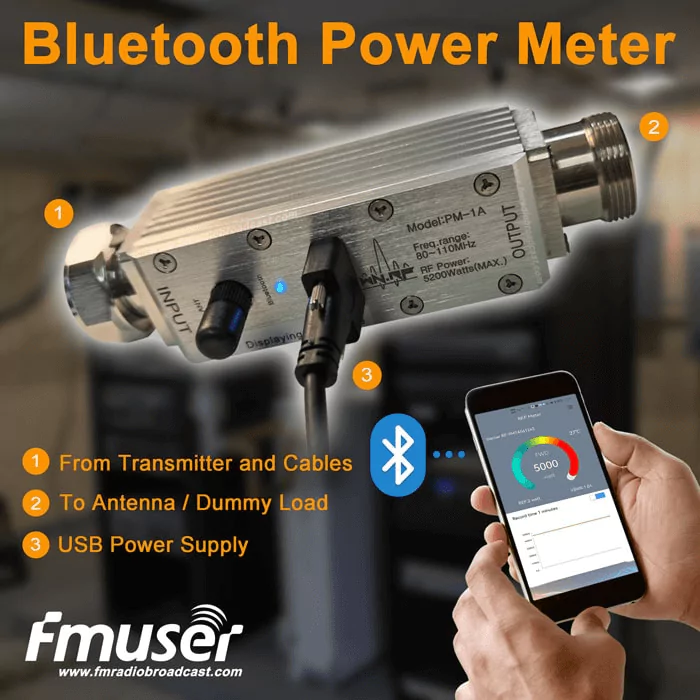 |
| Learn More | |
RF meters can measure various parameters, such as power output, modulation depth, and frequency accuracy. Accurate readings from an RF meter enable technicians to troubleshoot issues, optimize transmission settings, and enhance the overall quality of the broadcast, ensuring that the radio station delivers a clear and reliable signal to its audience.
Having Toubles in Station Setting? Ask Away!
15. FM Guyed Mast Tower
An FM Guyed Mast Tower is a tall structure used to support FM antennas, allowing for optimal signal transmission and coverage.
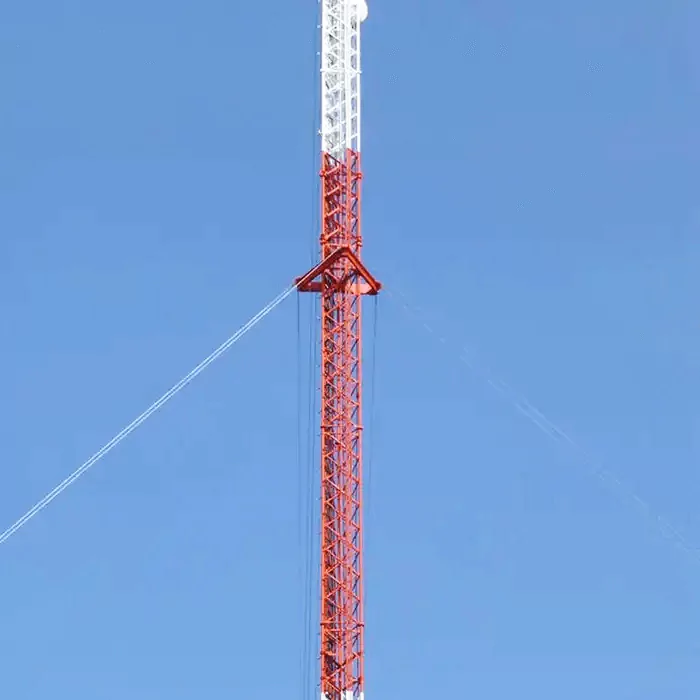 |
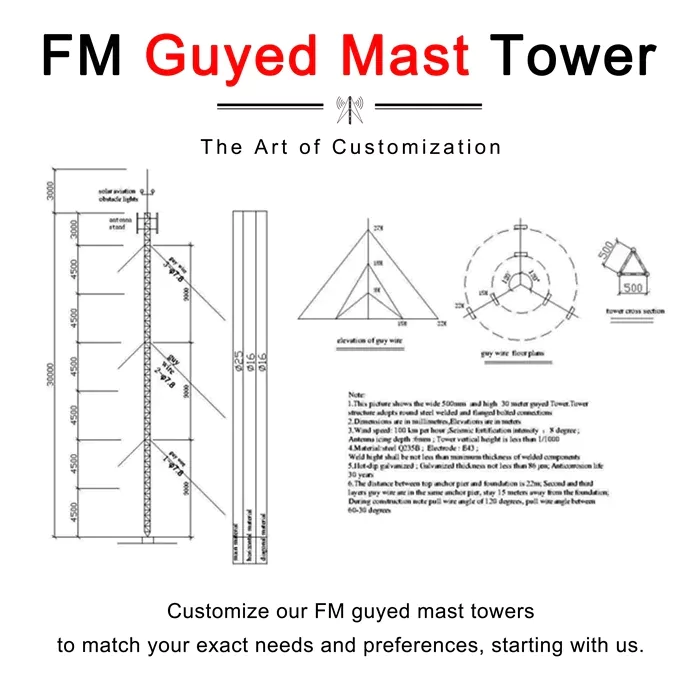 |
| Learn More | |
These towers are typically secured with guy wires that provide stability and resistance against wind forces. The height of the mast is crucial as it helps to minimize ground wave interference and extend the broadcast range. Guyed mast towers are designed to withstand harsh environmental conditions and are often made of durable materials to ensure longevity. In a high-power FM radio station, the choice of mast design and placement directly impacts the effectiveness of the signal and overall broadcast performance.
Having Toubles in Station Setting? Ask Away!
Important Notice on Coverage Factors
When embarking on the journey of setting up an FM radio station, understanding the core components that influence broadcast performance is crucial. Among these, the FM Broadcast Transmitter and FM Antenna stand out as vital equipment. Your ability to maximize coverage and ensure high-quality transmission hinges on several key factors, which are: Transmitter Output Power, Antenna Type, Antenna Height, Frequency, and Environmental Conditions.
1. Transmitter Output Power
The power output of your FM transmitter is one of the most significant determinants of your station's coverage range. Transmitter power is typically measured in watts (W), and higher wattage generally leads to a greater coverage area. Here’s a breakdown of common power levels and their implications:
- Low-Power Transmitters (10W or lower, 50W, 100W): Ideal for community radio stations or localized broadcasts. These transmitters typically cover a smaller geographic area, making them suitable for niche audiences or specific neighborhoods.
- Medium to High-Power Transmitters (200W, 500W, 1000W or higher): Necessary for larger FM stations aiming to reach broader audiences across cities or regions. These transmitters can significantly enhance signal strength, preventing dropouts and ensuring clarity over longer distances.
2. Antenna Type
The type of antenna you choose has a significant impact on your station's coverage. Here are key considerations:
- Radiation Patterns: Different antennas have varying radiation patterns, which influence how far and in what direction the signal travels. Selecting the right antenna type for your coverage area is crucial for effective broadcasting.
- Directional vs. Omnidirectional: Directional antennas focus energy in a specific direction, which can be beneficial for reaching targeted areas. Conversely, omnidirectional antennas distribute signal uniformly in all directions, making them ideal for general coverage.
3. Antenna Height
The height at which your antenna is installed plays a crucial role in the effective propagation of radio signals. Here are some essential points to consider:
- Height and Coverage: A higher antenna can transmit signals further, as radio waves travel better over obstacles. Aim to install your antenna on tall structures, such as towers or rooftops, to enhance its range.
- Clear Line of Sight: Position your antenna in a location that minimizes physical barriers (like buildings and hills) and signal interference from other electronic devices. This helps maintain a strong, uninterrupted signal, resulting in better audio quality for listeners.
4. Frequency
The frequency at which you operate can also affect your station's reach:
- Attenuation in Urban Areas: Higher frequencies may experience more attenuation in urban environments, where buildings and other obstacles can disrupt signals. Understanding the frequency characteristics is vital for planning.
- Propagation Characteristics: Lower frequencies tend to travel farther, making them advantageous for broader coverage, especially in less densely populated areas.
5. Environmental Conditions
The environment surrounding your broadcast station can impact coverage in various ways:
- Geographical Features: Hills, valleys, and other terrain characteristics can obstruct radio signals. Survey the area to understand how natural formations may affect your broadcast.
- Urban Density: High-density urban areas can lead to increased signal interference due to numerous buildings and electronic devices. Consider this when planning your station’s coverage.
- Weather Conditions: Weather can also impact signal quality. Heavy rain, thunderstorms, or other adverse conditions can affect the propagation of FM radio waves.
If you're uncertain about the expected coverage range of your FM transmitter, it's essential to recognize that transmission power can lead to varying distances based on specific conditions. Under ideal circumstances—such as an unobstructed antenna view, a clear frequency, and a standard (or less-than-ideal) portable receiver—refer to the following general guidelines for power versus range:
| Power watts ERP | Range (miles) |
|---|---|
| 1W | approximately 1-2 (1.5-3km) |
| 5W | approximately 3-4 (4-5km) |
| 15W | approximately 6 (10km) |
| 30W | approximately 9 (15km) |
| 100W | approximately 15 (24km) |
| 300W | approximately 30 (45km) |
Having Toubles in Station Setting? Ask Away!
Setting Up Your FM Radio Studio
Creating a professional radio studio involves selecting the right equipment tailored to your station's needs, whether it’s for a low-power, medium-power, or high-power FM radio station.
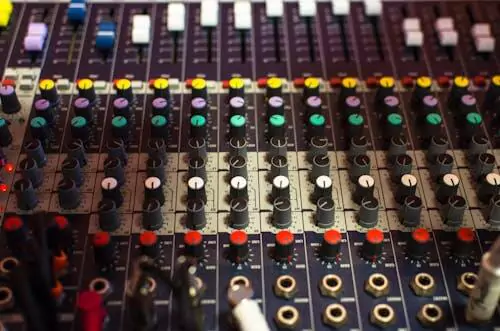
While the equipment used in an FM radio studio is quite similar across different power levels, the choice of specific items can vary based on budget and intended use. Some equipment is necessary for basic operation, while others can be considered optional or enhanced based on the quality desired. It is important to choose FM radio studio equipment that meets the functional and aesthetic requirements of your station. Let’s take a quick look at a common FM radio studio equipment list.
1. Audio Processing Equipment
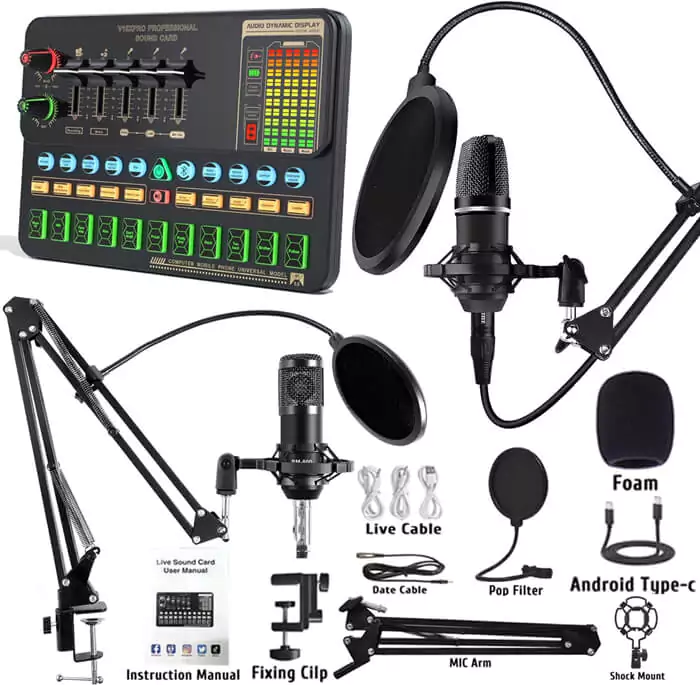
- Audio Processor: This piece of equipment ensures that sound quality is consistent and professional. It optimizes the audio signal before it's broadcasted.
- On-Air Light: This important visual indicator informs staff and guests when the station is live on air, helping to maintain professionalism during broadcasts.
- Audio Mixer: An essential tool for blending different audio sources. A quality mixer allows DJs to manage various inputs, adjust levels, and create a polished output.
- Headphones and Headphone Distributor: High-quality, closed-back headphones are essential for monitoring audio during recording sessions, ensuring clarity without bleed into the microphone.
- Microphone and Mic Stand: High-quality microphones, such as dynamic or condenser mics, are crucial for clear audio capture. Mic stands provide stability and ease of use during broadcasts.
- Audio Monitors: Studio monitors are vital for accurately hearing the broadcast audio. They help ensure that mixes sound good across various playback systems.
- Monitor Speakers: For accurate audio playback during production.
- Sound Effects and Music Libraries: Collection of sound effects for live broadcasts and recordings.
- Digital Audio Workstation (DAW): A computer or software application for recording, editing, and producing audio content. Popular DAWs include Pro Tools, Adobe Audition, and Audacity.
- Microphone Stands and Boom Arms: Adjustable stands for optimal microphone positioning.
- Acoustic Panels: Helps in sound absorption and enhances audio quality.
- Telephone Hybrid Systems: To connect phone calls to the broadcast audio.
- Audio Interface: This device connects microphones and instruments to the computer, converting the analog signals into digital data for recording.
- GSM Interface: The GSM Interface connects FM radio studios with mobile networks, managing calls and SMS for real-time listener interaction. This integration boosts audience engagement and communication.
- Phone Hybrid Interface: The Phone Hybrid Interface enhances audio quality in FM radio communications, allowing seamless integration of caller interactions into live broadcasts. It ensures clear and professional-sounding conversations for engaging programming.
- CD Player: The CD Player is a reliable audio playback device in FM radio studios, used for music, jingles, and commercials. Despite digital trends, its sound quality and ease of use make it essential for maintaining audio integrity.
- RDS Encoder: The RDS Encoder transmits additional information like song titles and artist details alongside FM audio. It enriches the listener experience and enhances content delivery, making it vital for modern broadcasting.
Having Toubles in Station Setting? Ask Away!
2. Decoration Equipment

- Comfortable Studio Desk and Chairs: Comfortable, adjustable chairs and a functional desk are essential for creating a workspace that promotes productivity for hosts and guests. A desk should accommodate mixing gear, computers, and any additional equipment.
- Sofa and Lounge Area: A comfortable sofa can provide a welcoming space for guests or staff during breaks, encouraging a relaxed atmosphere.
- Acoustic Panels: Not only do these improve sound quality, but they also add to the studio's aesthetic. They can be used as wall decorations while serving a functional purpose.
- Lighting Fixtures: LED lights, spotlights, or color-changing lights for ambiance.
- Wall Art and Decorations: Posters, artwork, or branding to enhance the studio's theme.
- Shelving and Storage Units: For organizing equipment, records, and promotional materials.
- Plants: Indoor plants for a fresher atmosphere and improved air quality.
- Decorative Rugs: To improve aesthetics and add warmth to the studio space.
- Cable Management Solutions: Clips and sleeves for keeping cables organized and tidy.
- Control Room Glass: Soundproof glass windows for visibility between studio and control room.
- Wall-mounted Displays: Screens for displaying playlists, news, or social media feeds.
- Station Branding Materials: Banners, logos, and promotional items to establish identity.
3. Safety Equipment
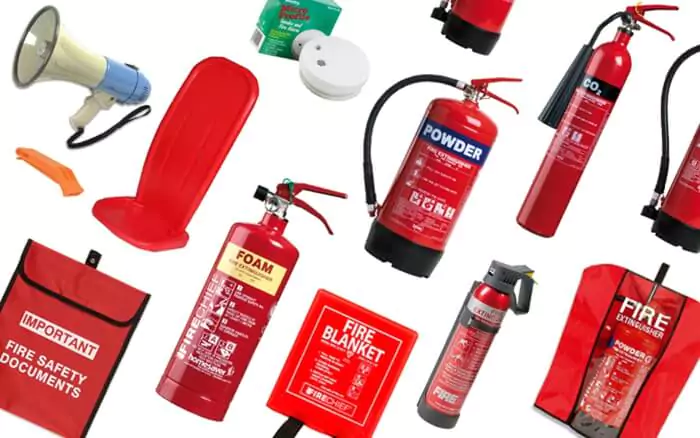
- Fire Extinguishers: ABC-rated extinguishers for general fires.
- Fire Blankets: For smothering small fires.
- Smoke Detectors: To alert staff of smoke presence.
- Heat Detectors: To detect high temperatures in the studio.
- Fire Alarms: Audible alarms to alert personnel of a fire.
- First Aid Kit: A well-stocked kit for treating minor injuries.
- Automated External Defibrillator (AED): For cardiac emergencies.
- Emergency Exit Signs: Clearly marked exits for quick evacuation.
- Emergency Lighting: Backup lights to illuminate exits during a power failure.
- Evacuation Maps: Posted maps showing exit routes and assembly points.
- Two-way Radios: For internal communication during an emergency.
- Emergency Contact Lists: Easily accessible lists of key contacts.
- Face Masks: In case of smoke or chemical exposure.
- Gloves: For handling hazardous materials.
- Safety Goggles: Protects eyes from smoke and debris.
4. Other Studio Equipment
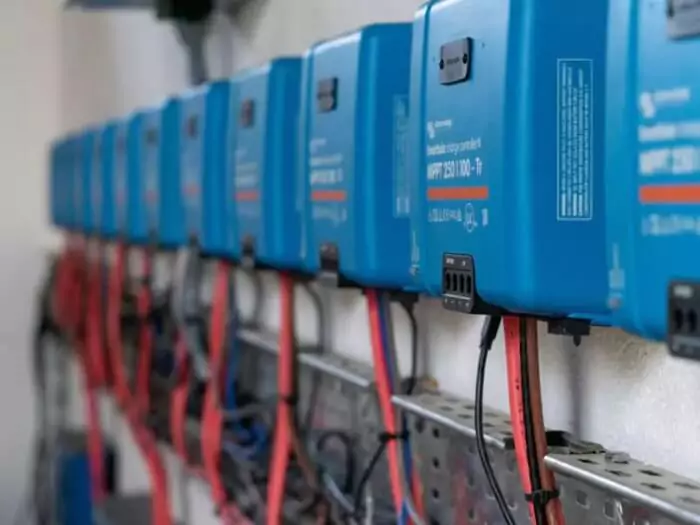
- Router and Modem: A reliable internet connection is crucial for streaming and broadcasting. A high-speed router ensures stable connections for all studio devices.
- Streaming Software: Platforms like SAM Broadcaster or RadioDJ help manage live broadcasts and automate playlists.
- Webcam and Microphone for Remote Guests: Essential for interviews and guest appearances, enabling high-quality video and audio capture for remote connections.
- Teleprompter: Useful for scripted shows or interviews, a teleprompter can help hosts stay on track and deliver content smoothly.
- Power Supply and Backup Systems: Uninterruptible Power Supplies (UPS) protect equipment from power surges and ensure continuous operation during outages.
- Backup Generators: For longer power outages, providing electricity to critical equipment.
Having Toubles in Station Setting? Ask Away!
Other Suggestions to Follow for FM Station Starters
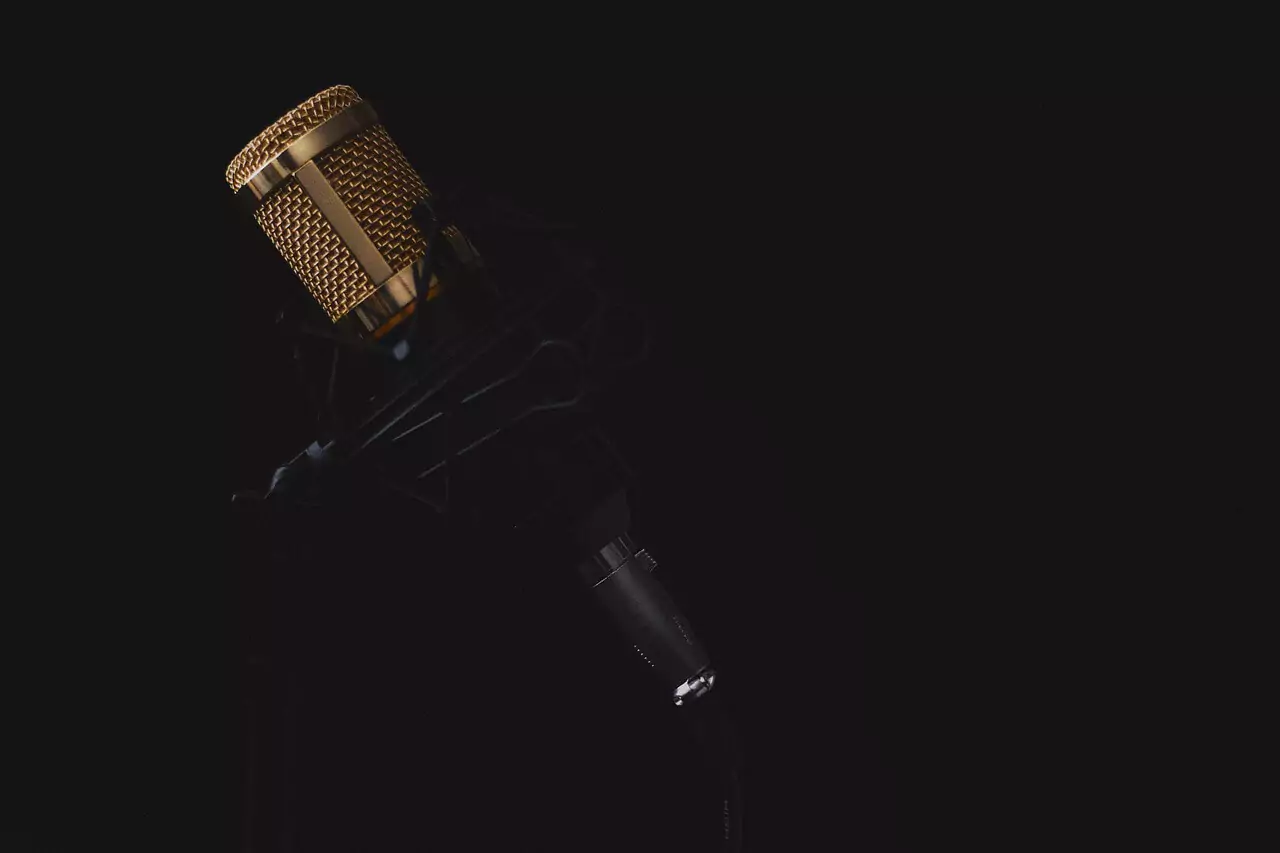
Creating a successful FM radio station involves a multifaceted approach, from developing engaging content and effective marketing strategies to fostering listener engagement and evaluating growth. This section synthesizes key elements from content development, marketing, audience engagement, and station evaluation.
1. Developing Content and Programming
- Programming Types: To effectively cater to your target audience, it is essential to explore various programming formats, including music shows, talk shows, and interviews. For music shows, curate playlists that resonate with listeners’ preferences by considering genre diversity, airplay frequency, and time slots to appeal to different demographics. Talk shows should address current affairs, lifestyle topics, or community issues, with engaging local guests enhancing the relatability and appeal of the discussions. Additionally, featuring interviews with local artists, entrepreneurs, or community leaders can provide unique insights and foster connections between the station and its audience, creating a well-rounded programming strategy.
- Programming Schedule: Creating a well-thought-out programming schedule can significantly impact listener retention by ensuring consistency, variety, and themed programming; scheduling shows at regular intervals allows listeners to know when to tune in for their favorites, while a diverse mix of programming throughout the day caters to different listener preferences, and introducing themed days or special segments can foster excitement and anticipation among your audience.
- Community Integration: Integrating community interests into your programming is essential for fostering local relevance, and this can be achieved through various approaches. Promoting and covering local events such as festivals, fairs, and concerts not only creates a sense of community and connection but also engages the audience in shared experiences. Additionally, developing spotlight segments that highlight local artists, businesses, or initiatives further strengthens community ties by showcasing the unique talents and contributions within the area. Encouraging listener contributions allows the audience to share their stories or promote local events, creating a participatory environment that enhances the overall sense of belonging and connection within the community.
2. Marketing Your Station
- Promotional Strategies: To enhance your station's visibility through effective marketing, consider implementing a variety of promotional strategies. First, leverage social media platforms like Instagram, Facebook, and Twitter to promote shows, engage with listeners, and share updates. Additionally, collaborate with local businesses by partnering on promotions, offering advertising slots in exchange for cross-promotion. Finally, increase your station's presence and engage directly with potential listeners by hosting events or participating in local festivals.
- Brand Identity: Establishing a clear and unique brand identity is critical for your station's success. This begins with creating a cohesive visual identity, including logos and color schemes, that accurately represents your station's personality. Next, define the voice and tone of your programming—whether it’s professional, casual, or humorous—to resonate with your target audience. Additionally, develop a mission statement that articulates your station’s values and goals, fostering trust and loyalty among your listeners.
- Successful Campaigns: To inspire your marketing efforts, learn from successful initiatives implemented by others in the industry. Start by analyzing case studies of campaigns from other FM stations that effectively engaged audiences, such as community contests or themed events. Additionally, consider implementing listener contests that encourage participation and increase on-air engagement. Lastly, highlight partnerships with local events or celebrities to amplify your station’s reach and enhance visibility within the community.
3. Engaging with Your Audience
- Listener Engagement: Fostering a relationship with your audience is key to building loyalty, and there are several effective strategies to enhance listener engagement. Encourage call-ins during live shows, allowing listeners to share their thoughts and opinions, which creates real-time interaction. Organize contests and giveaways where listeners can win prizes, increasing excitement and participation. Additionally, utilize social media to create interactive campaigns, such as polls, Q&A sessions, and contests, that invite listener engagement and strengthen the connection between your station and its audience.
- Community Feedback: Gathering and utilizing community feedback is vital for successful programming, and there are several effective methods to achieve this. Conduct regular surveys and polls to understand listener preferences and incorporate their input into programming decisions. Additionally, organize focus groups to discuss programming ideas and gather direct feedback from community members, fostering a sense of involvement. Lastly, employ social media listening techniques to monitor platforms for listener comments and suggestions, allowing you to identify trends and enhance your content accordingly.
- Building Loyalty: Developing a loyal listener base requires ongoing communication and engagement with your audience. Start by providing regular updates to keep listeners informed about new shows, events, and station news through newsletters and social media. Additionally, host listener appreciation events, such as meet-and-greets or giveaways, to show gratitude to your audience. Finally, ensure consistent communication by maintaining transparency about station developments and actively engaging with your listeners, which will ultimately help build trust and strengthen loyalty.
4. Evaluating and Growing Your Station
- Success Metrics: Measuring your station's success is essential for guiding growth, and there are several key success metrics to consider. Begin by utilizing listener surveys to gauge satisfaction and identify areas for improvement. Next, track audience ratings through industry-standard tools to assess your station’s reach and performance. Additionally, analyze social media metrics to measure engagement, interest, and interaction on various platforms, providing valuable insights into your audience's preferences and behaviors.
- Adapting Programming: The ability to adapt programming is essential for maintaining relevance in the ever-changing media landscape. This begins with feedback utilization, where you regularly incorporate listener feedback to inform programming decisions and enhance content. Additionally, stay informed about industry trends and changing listener preferences to ensure your offerings remain engaging and appealing. Finally, consider implementing pilot programs to test new shows or segments on a trial basis, allowing you to assess audience response before committing to full implementation.
- Expanding Reach: To grow your audience and enhance your station's presence, consider several strategic initiatives. First, organize live broadcasts at local events to attract new listeners and actively engage with the community. Additionally, provide online streaming options, allowing listeners to tune in from anywhere and broadening your reach beyond traditional airwaves. Finally, create podcasts based on popular shows or themes, offering additional content for listeners to enjoy on-demand and further expanding your station's appeal.
Having Toubles in Station Setting? Ask Away!
Navigating the Airwaves with FMUSER
As you embark on your journey to establish or enhance your FM radio station, consider partnering with FMUSER. We are your trusted ally, dedicated to providing turnkey FM radio station equipment and services that cater to all needs—whether you are looking for affordable solutions or premium-grade equipment.
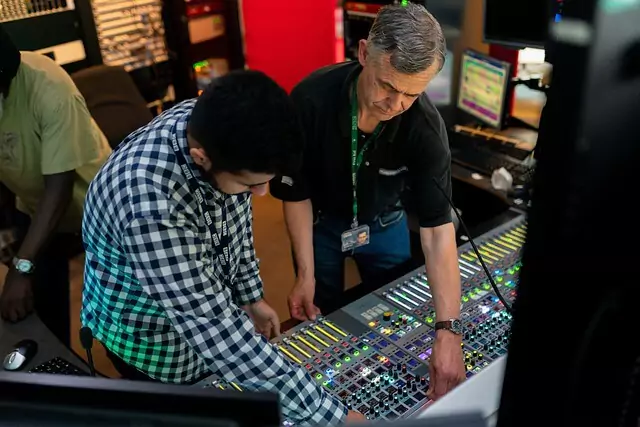
With a comprehensive range of products and services tailored for individual broadcasters and organizations alike, FMUSER ensures that you have everything you need to create a professional and effective broadcasting environment. Our expert team stands ready to assist you every step of the way, offering invaluable insights and support to help you achieve your broadcasting goals.

Don't wait any longer—take the first step towards building your dream FM radio station with FMUSER. Contact us today to explore our offerings and discover how we can help you turn your vision into reality. Join the ranks of successful broadcasters who trust FMUSER for quality, reliability, and excellence in FM radio solutions!
Contents
Related Articles
CONTACT US


FMUSER INTERNATIONAL GROUP LIMITED.
We are always providing our customers with reliable products and considerate services.
If you would like to keep touch with us directly, please go to contact us
